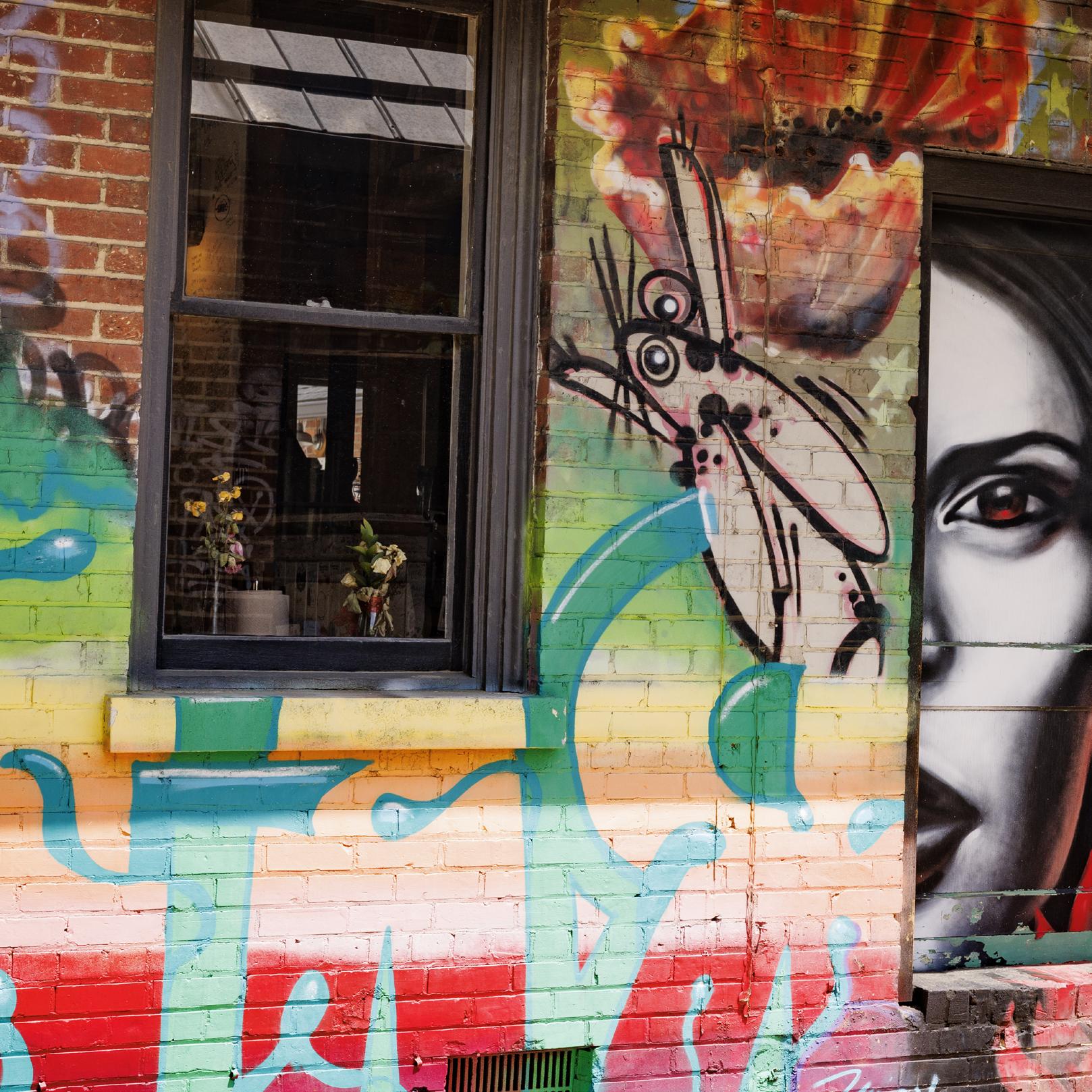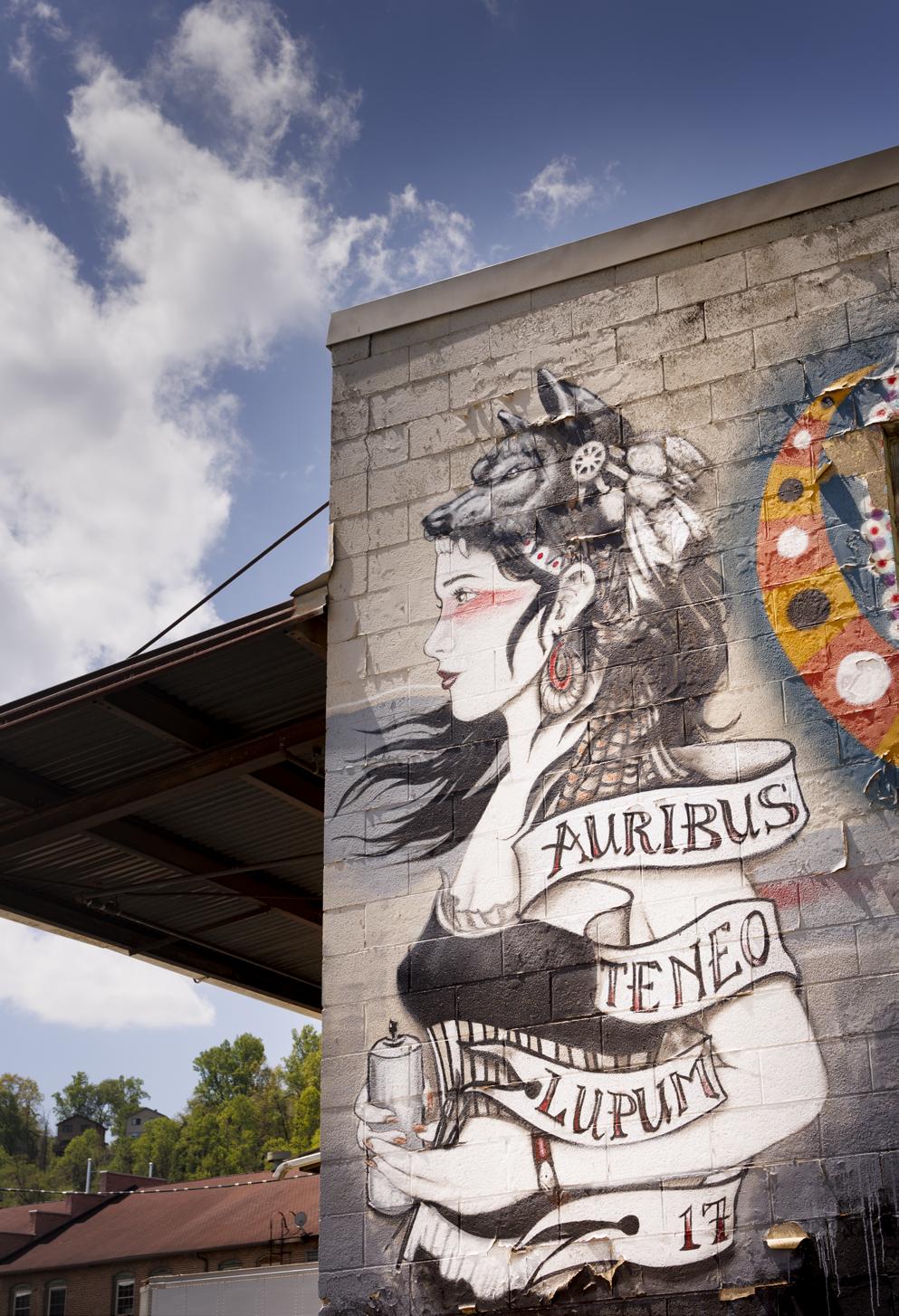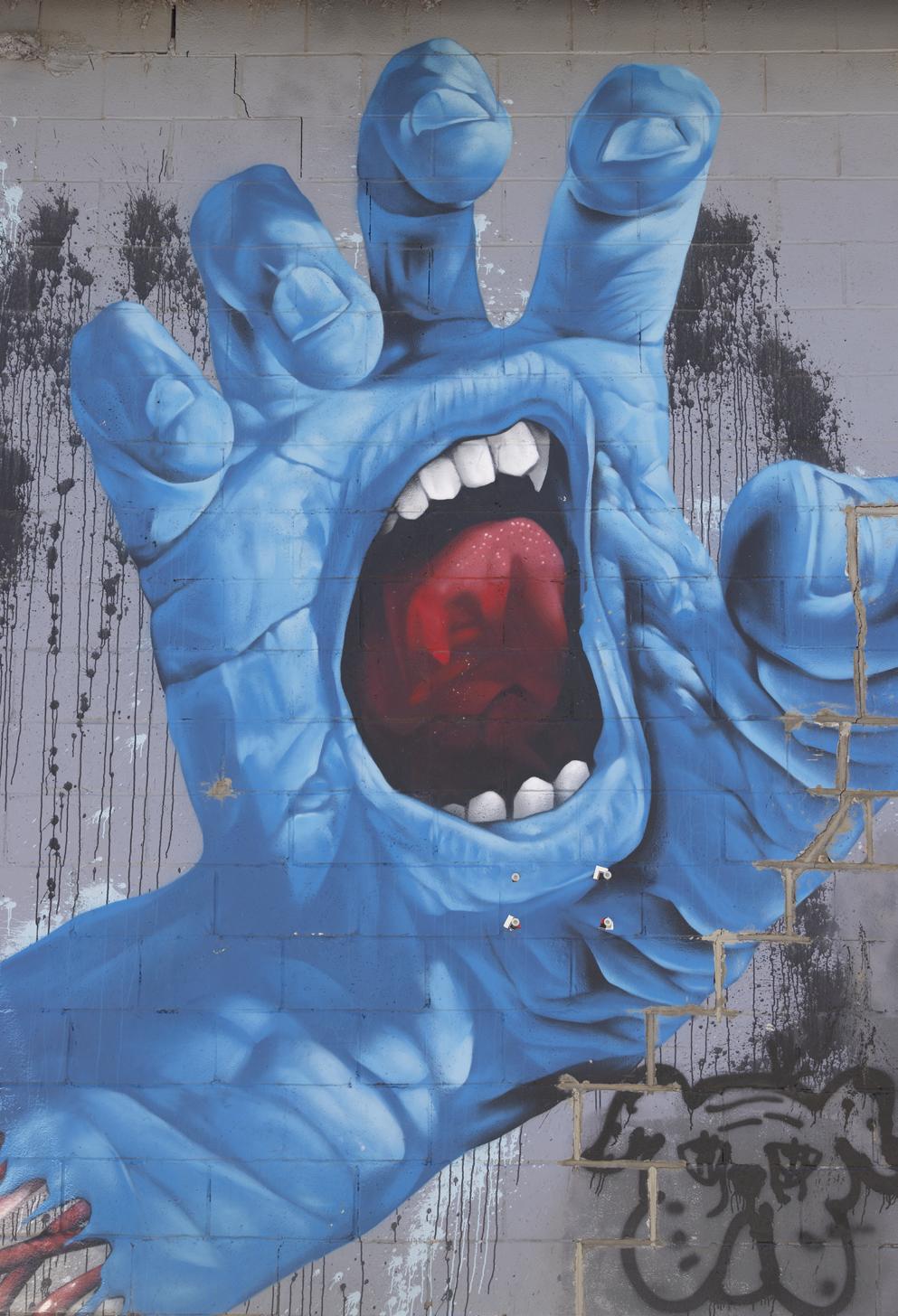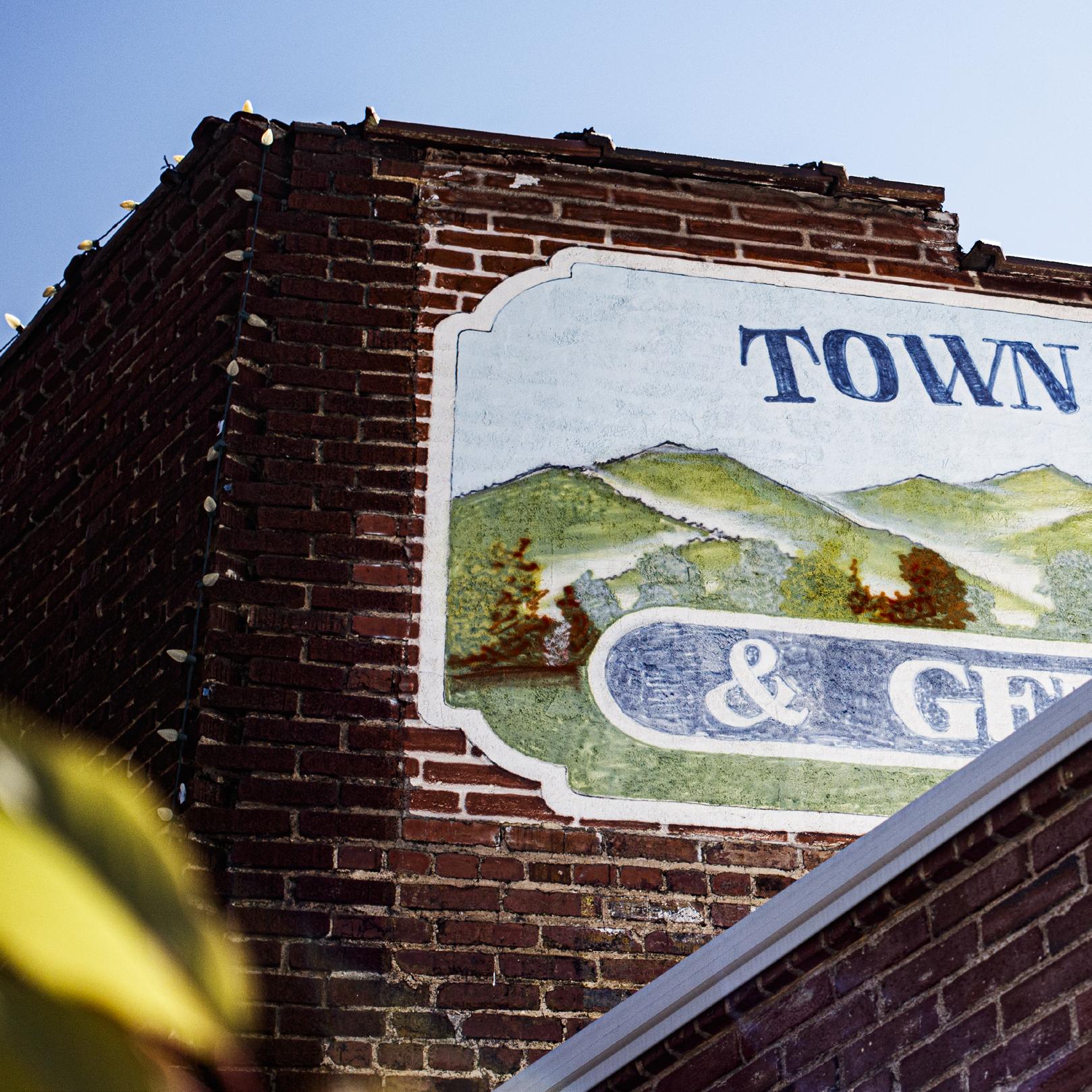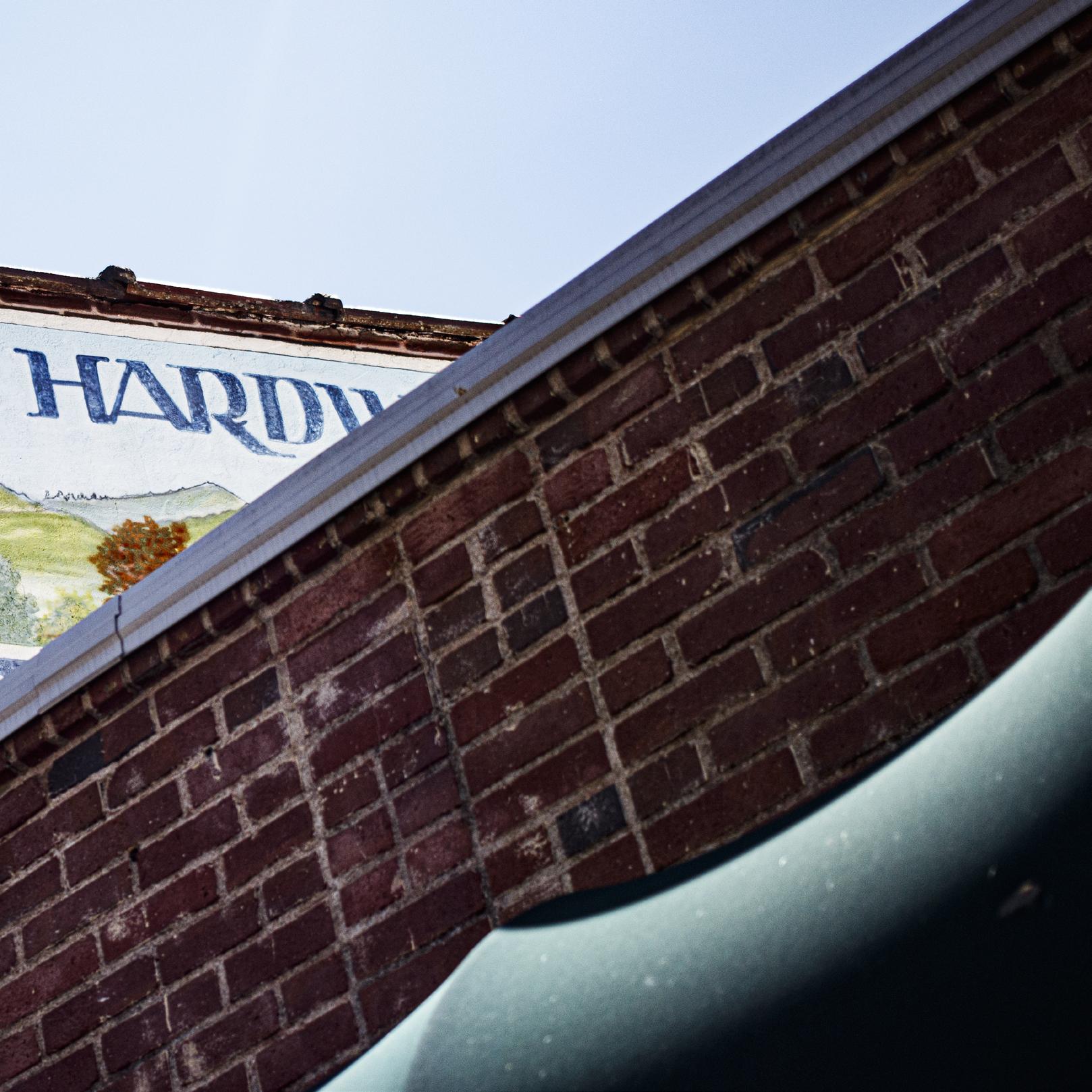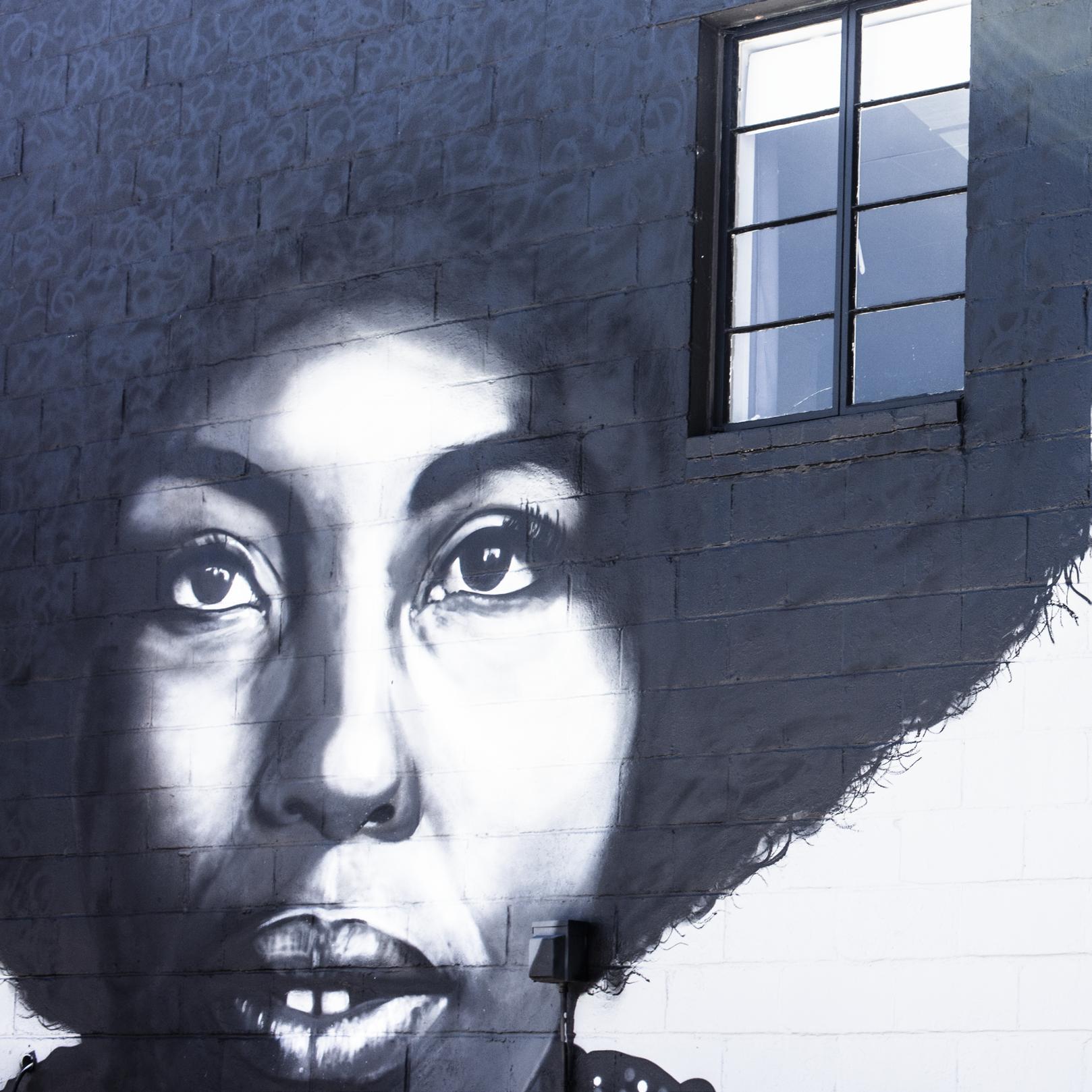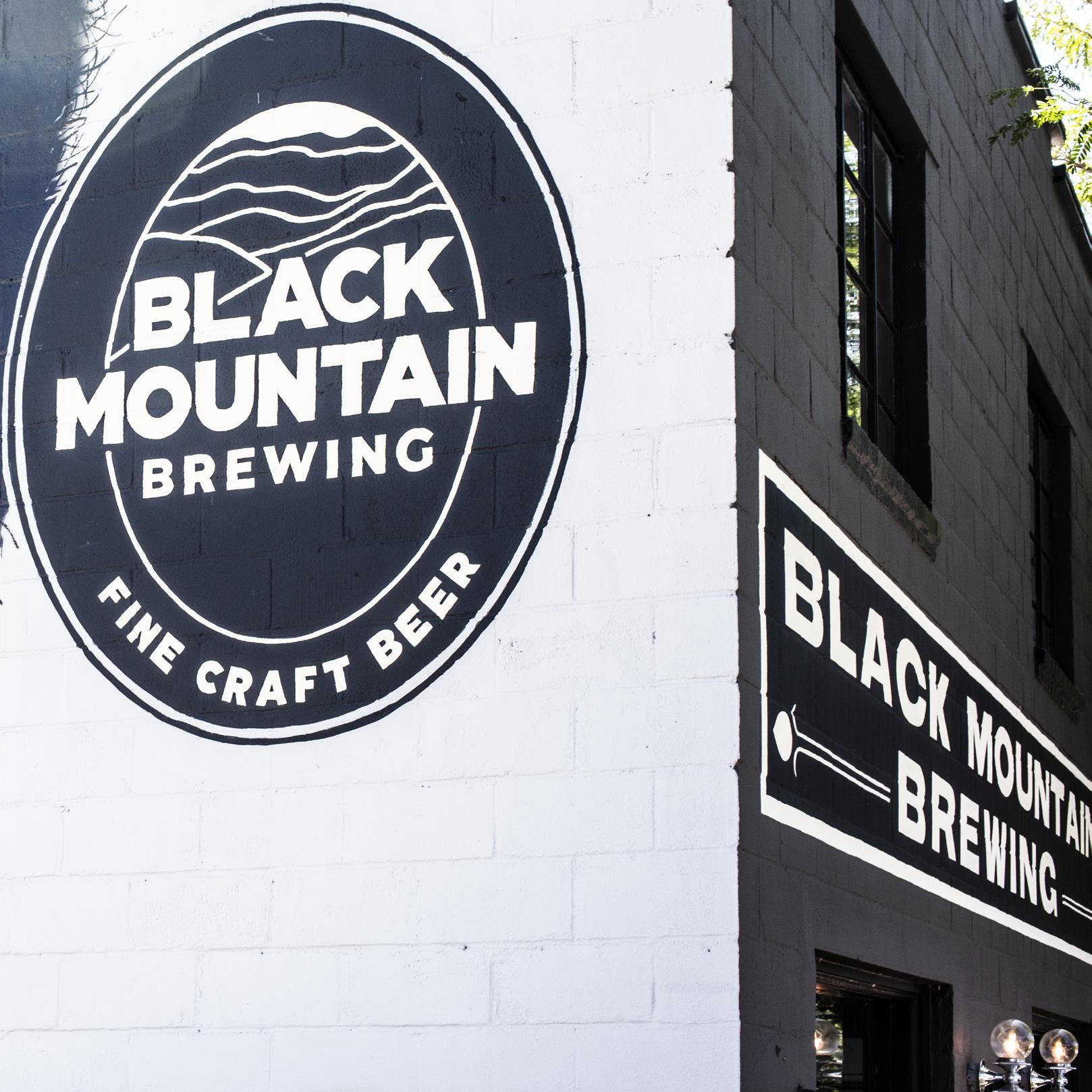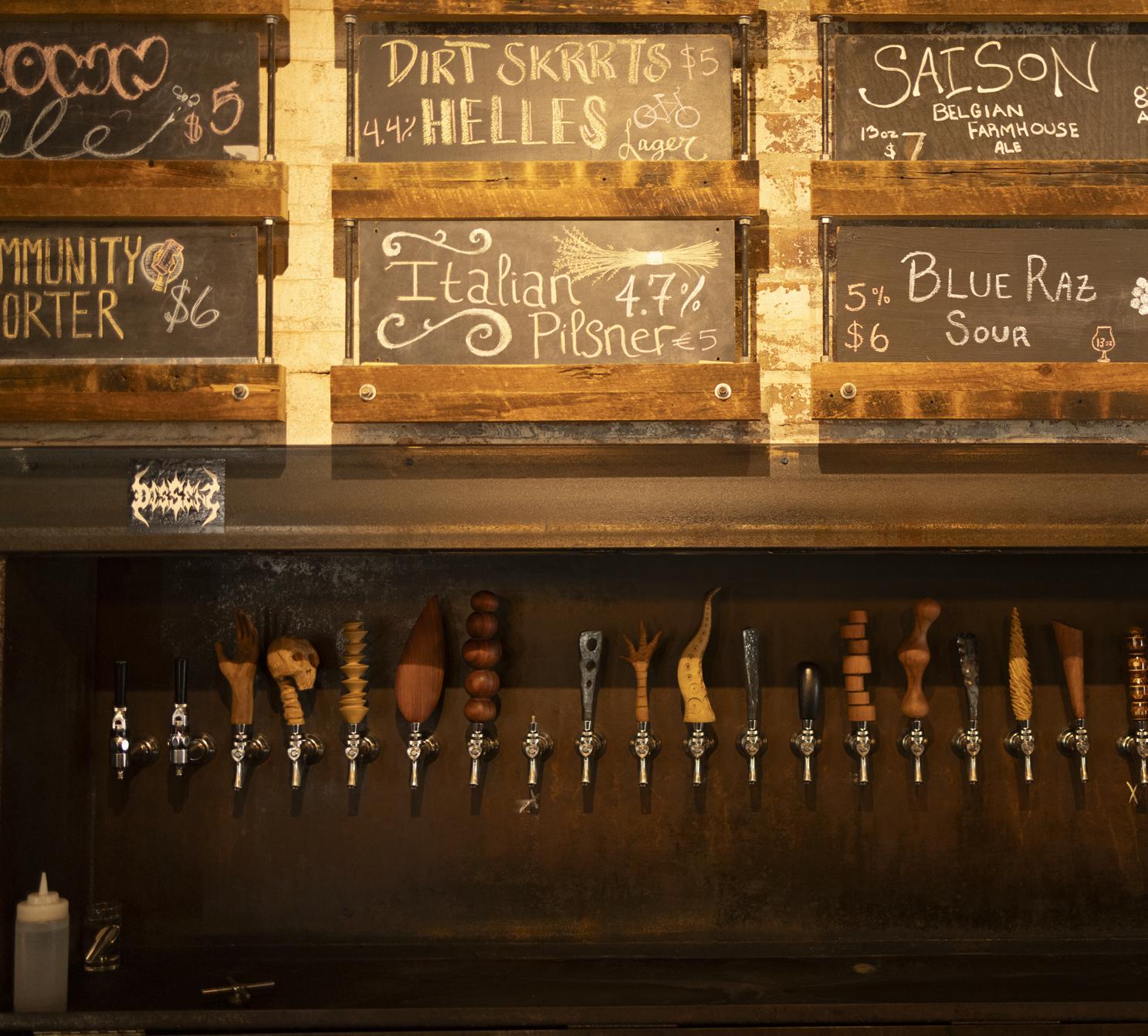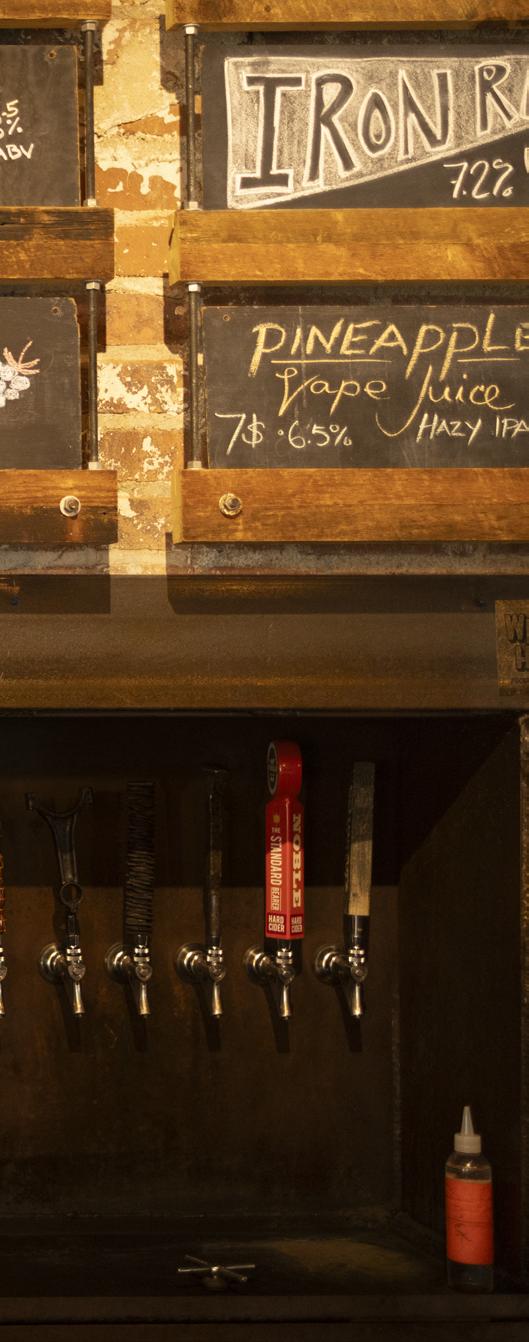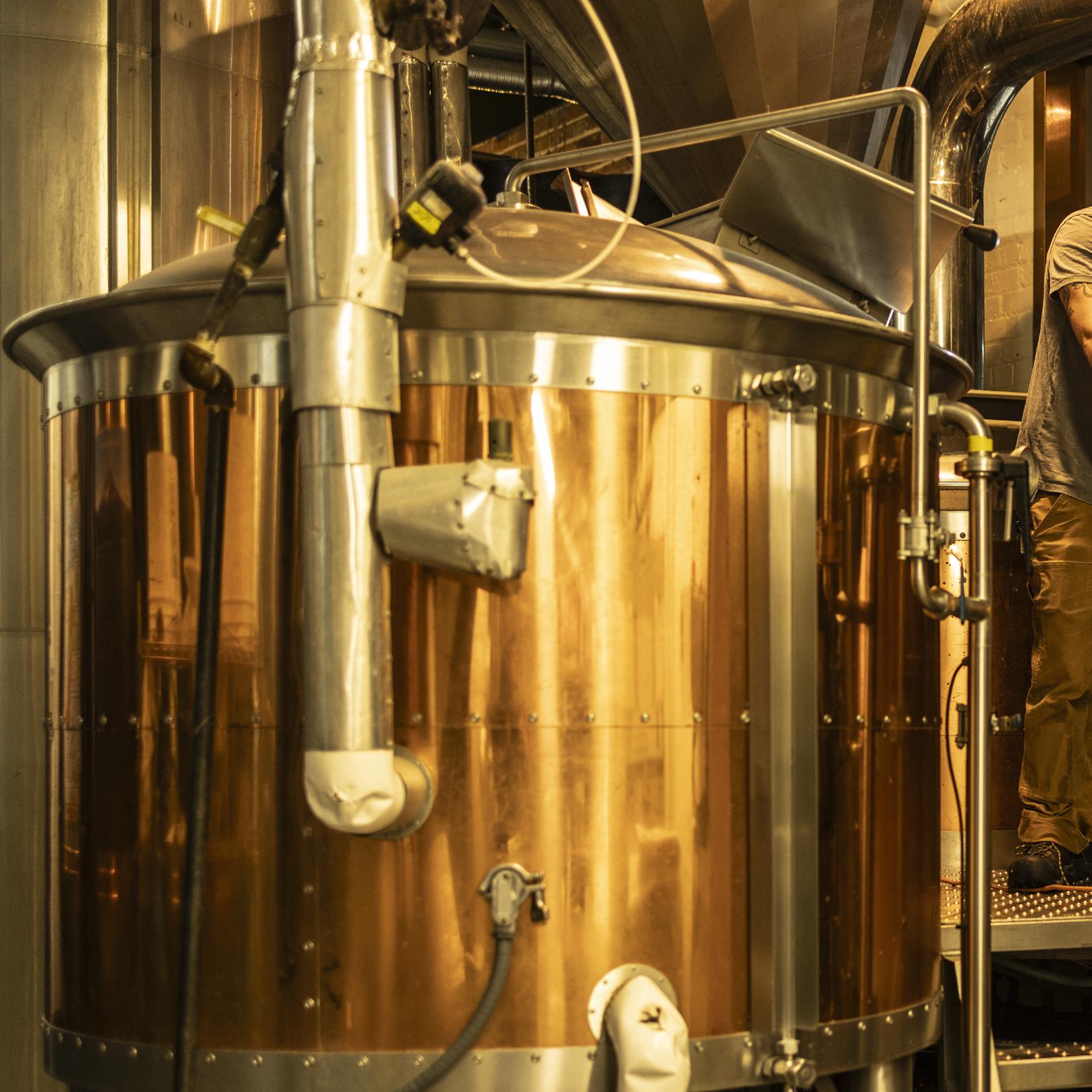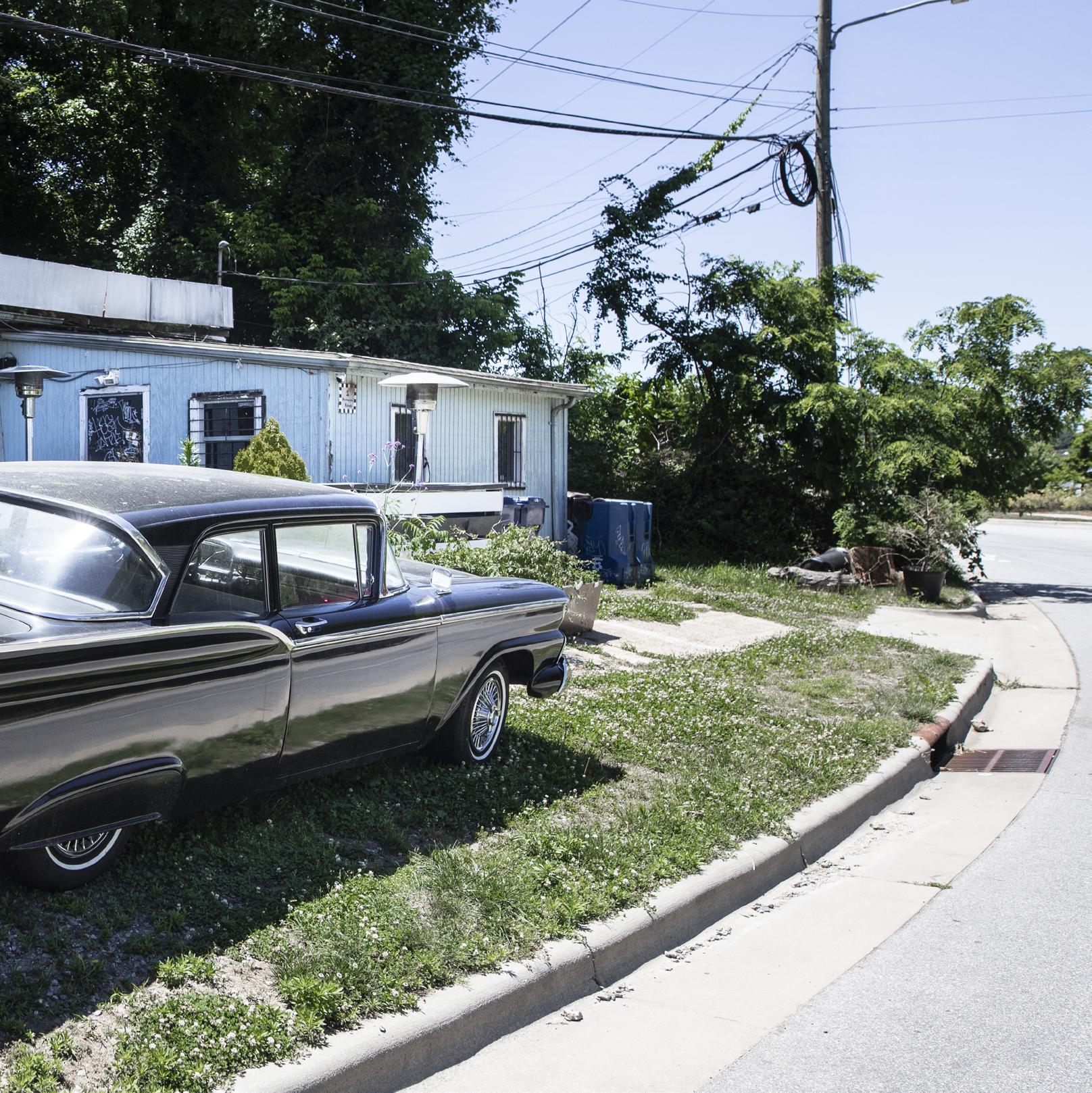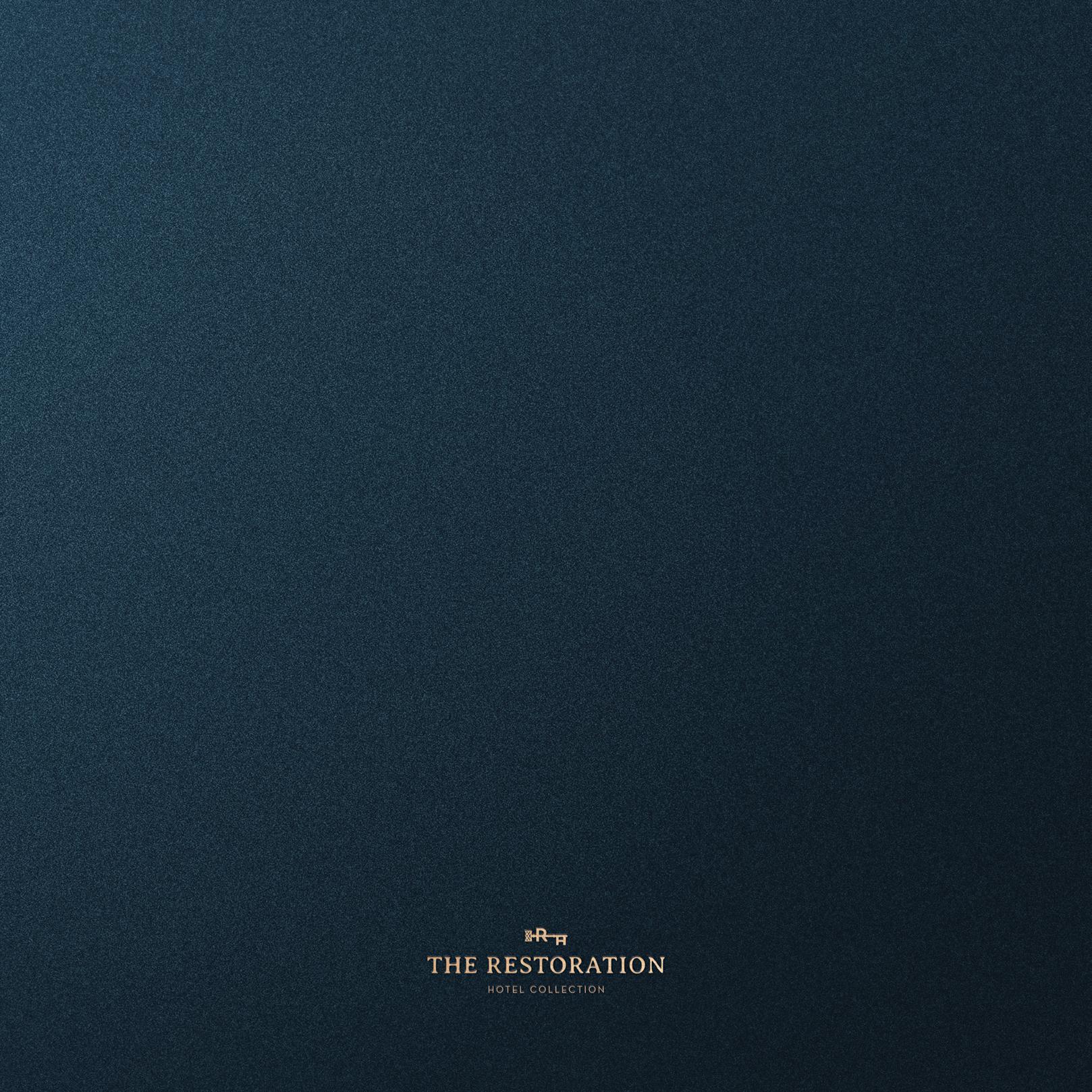




What is The Restoration?
That is the question that burned in our minds as we began this adventure in the boutique hotel world.
Our family was always big into traveling. Whether it was a simple jaunt to Northern Michigan or halfway across the globe, traveling allowed us to step outside our comfort zone and experience the world in a whole new light, as a family.
As kids, my brother and I would walk city markets, explore temperate forests, and splash in local community pools. It’s something we took for granted then. I realize now that it was a luxury and experience that can never be taken away from us. Travel is an exploration of ourselves as much as it is of our new surroundings. That is The Restoration.
So, how do we get those feelings across? How do we put those ideas into a hotel? How are we going to create something that is for now and is also everlasting?
That’s where Gately comes in.
Born in Indiana, Gately is a transplant to Charleston, but you wouldn’t get that from a first impression. His six-foot 3-inch frame, Blundstone boots, 70’s jeans, and retro t-shirt fit in perfect harmony with his passion for rugged travel, photography, motorcycles, and people. You can say that Gately is a photographer, but really, he captures souls. As you scroll through these pages, you’ll understand what I’m talking about. Read some of the excerpts about how he came upon a certain
place and you’ll come away with a true sense of Gately—a gentle giant who is interested in people, their stories, and isn’t afraid to dive in deep.
He has a remarkable capacity to make everyone feel at ease. You can see how his camera listens to what is happening around him. His imagery is relaxed, yet powerful and the influence of his photography on The Restoration Hotel Collection is everywhere.
As you tour this book (and hopefully, one day our hotels), you will see his imagery color every design decision we make for our hotels. Part whimsical, part rugged, part colorful, and always eclectic, we push the brand of The Restoration towards these pillars each and every day.
Gately’s imagery is as much a part of the foundation of our hotels as the steel beams used to construct them. The imagery is the bones as much as it is the beauty.
In short, Gately has captured the soul of the Restoration. He has been able to take all the adventures that our family has had, and what we have wanted to give our guests, and capture it through his imagery in a way no words can describe. We hope you enjoy this tour of Charleston and Asheville through Gately’s lens and appreciate each image for its depth, color, and majesty.
Travel well and enjoy the journey,
Andersons

Most think of Charleston as a city defined by cobblestone streets and Southern gentility. But we knew there was another story to tell. Between a burgeoning food scene, sea swept beaches, and a collective attitude of never shying away from being who you really are, Holy City is the story of the New South, and we placed a flagship hotel at the very heart of it.
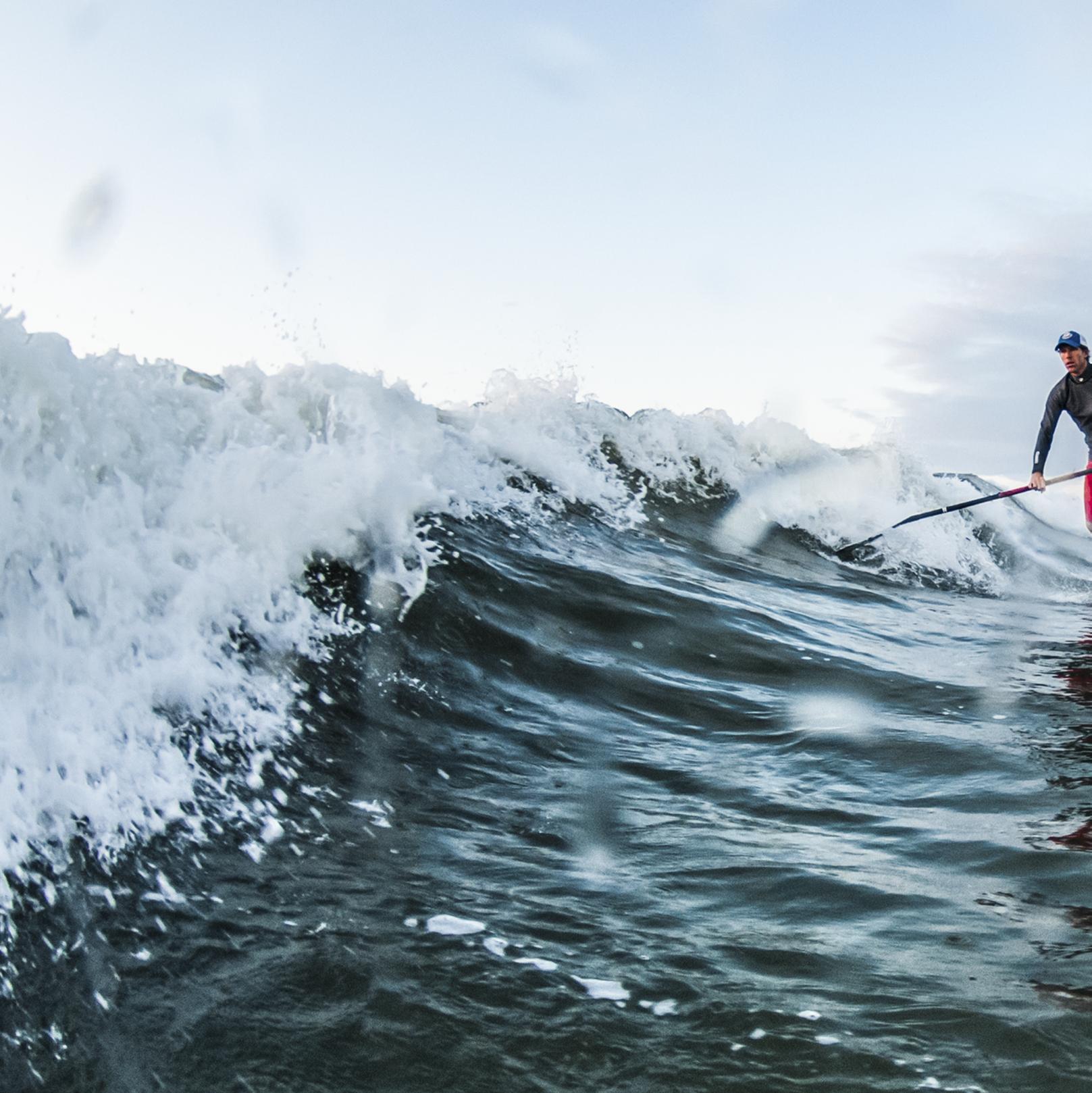
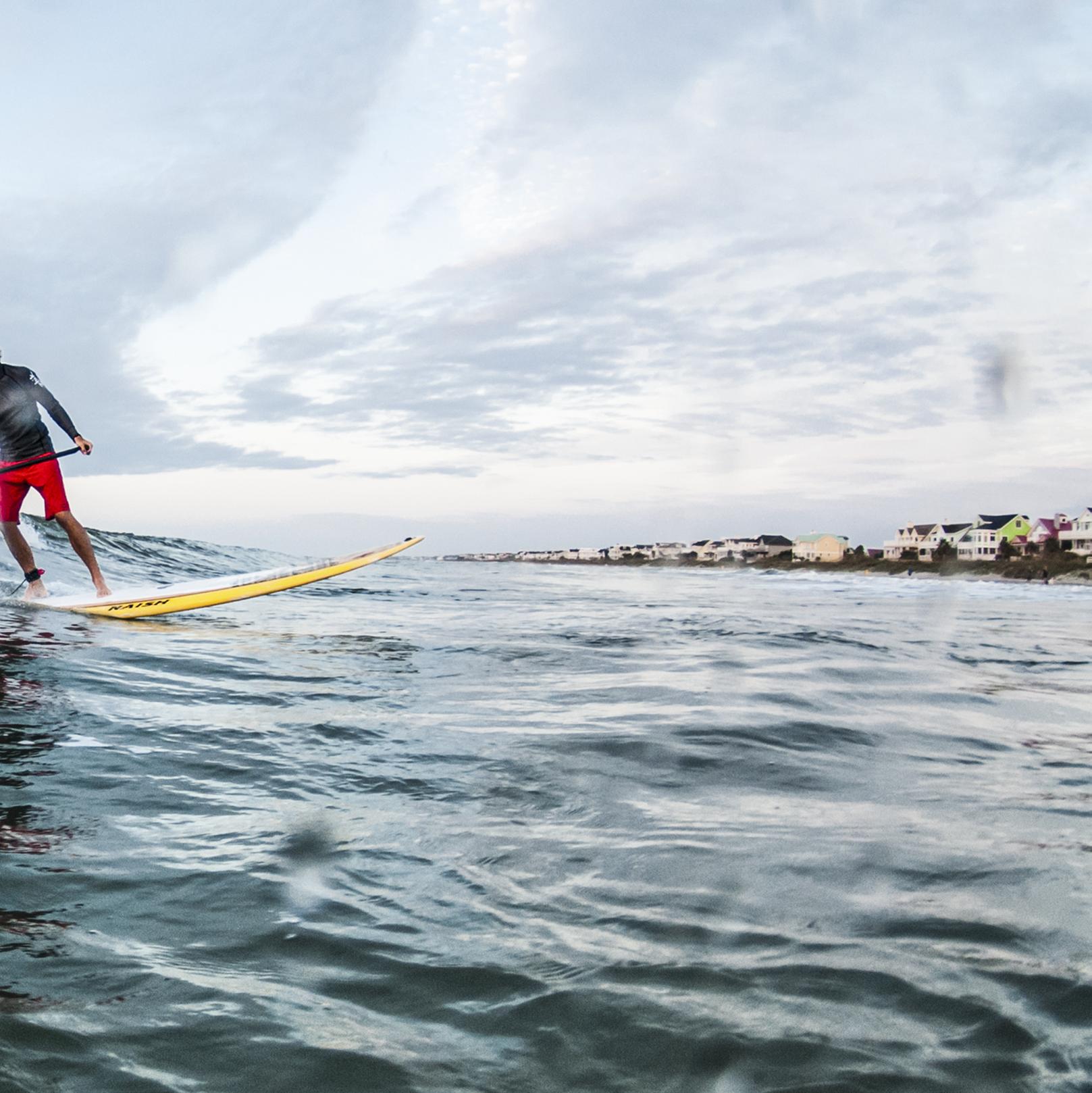

Wading chest deep in the ocean holding my camera high above my head, I photographed these early birds looking for their next ride.
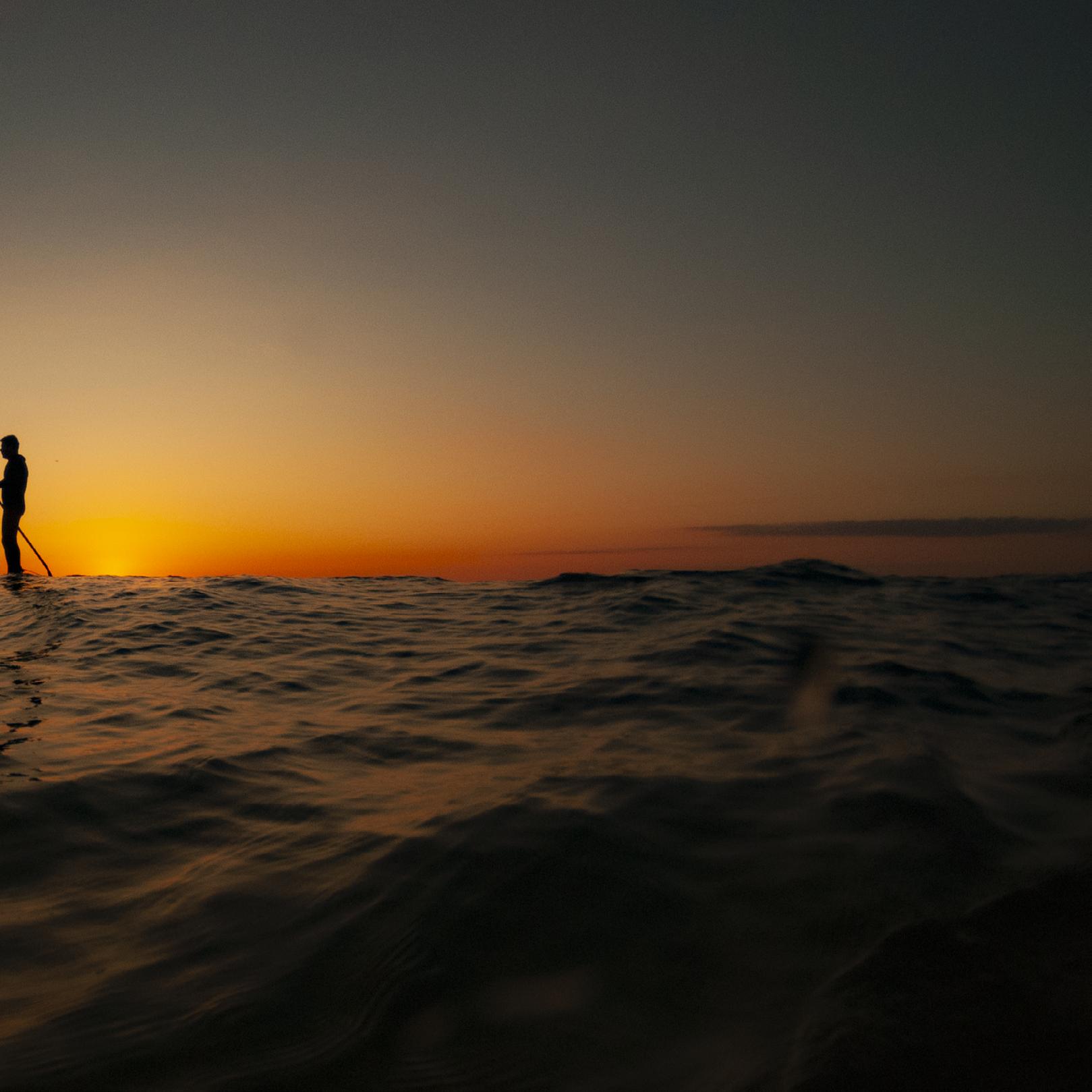
My old friend Rhett led the flying V with Pride. Years ago, we had a vision to try and surf the American Flag. Rhett got it on his first try.
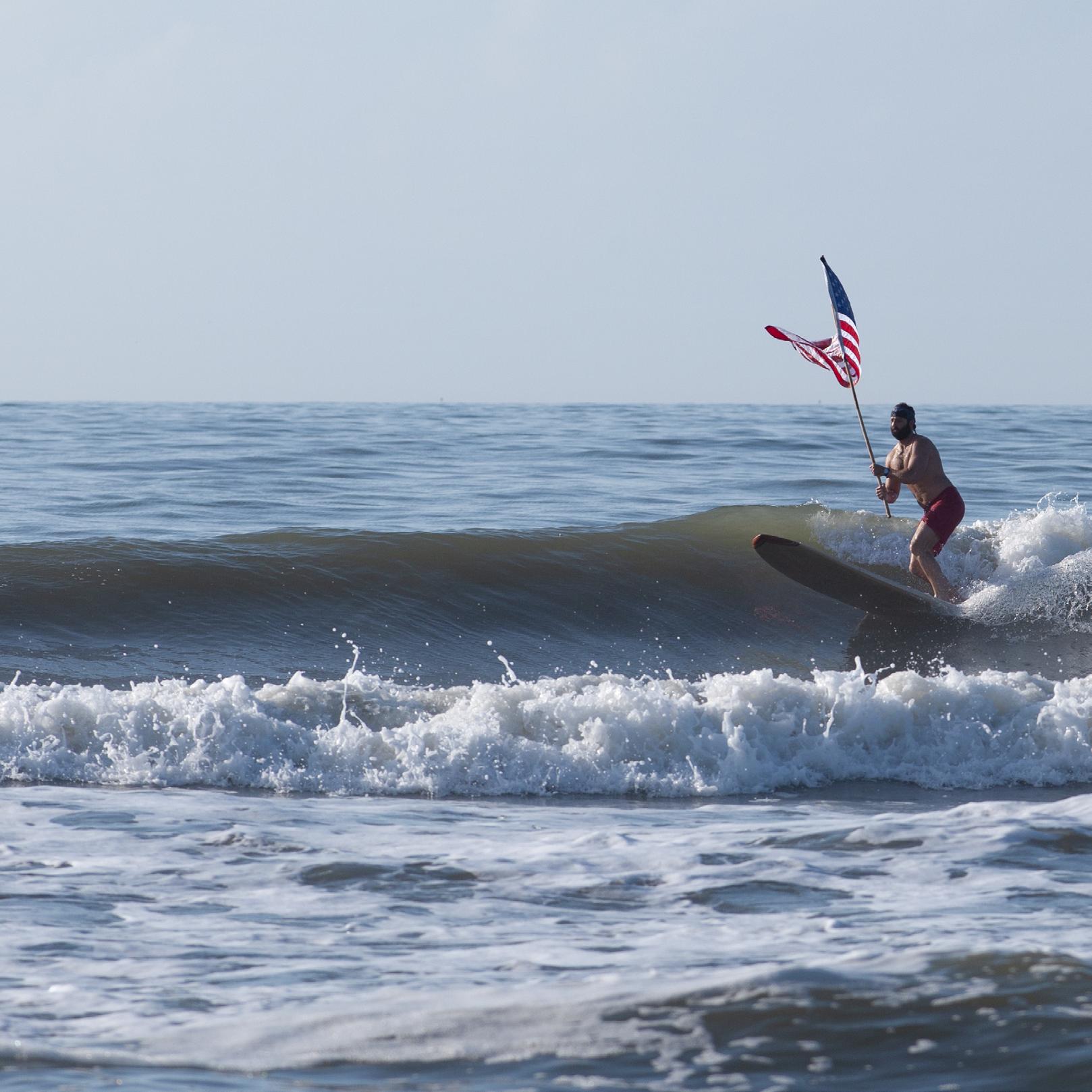

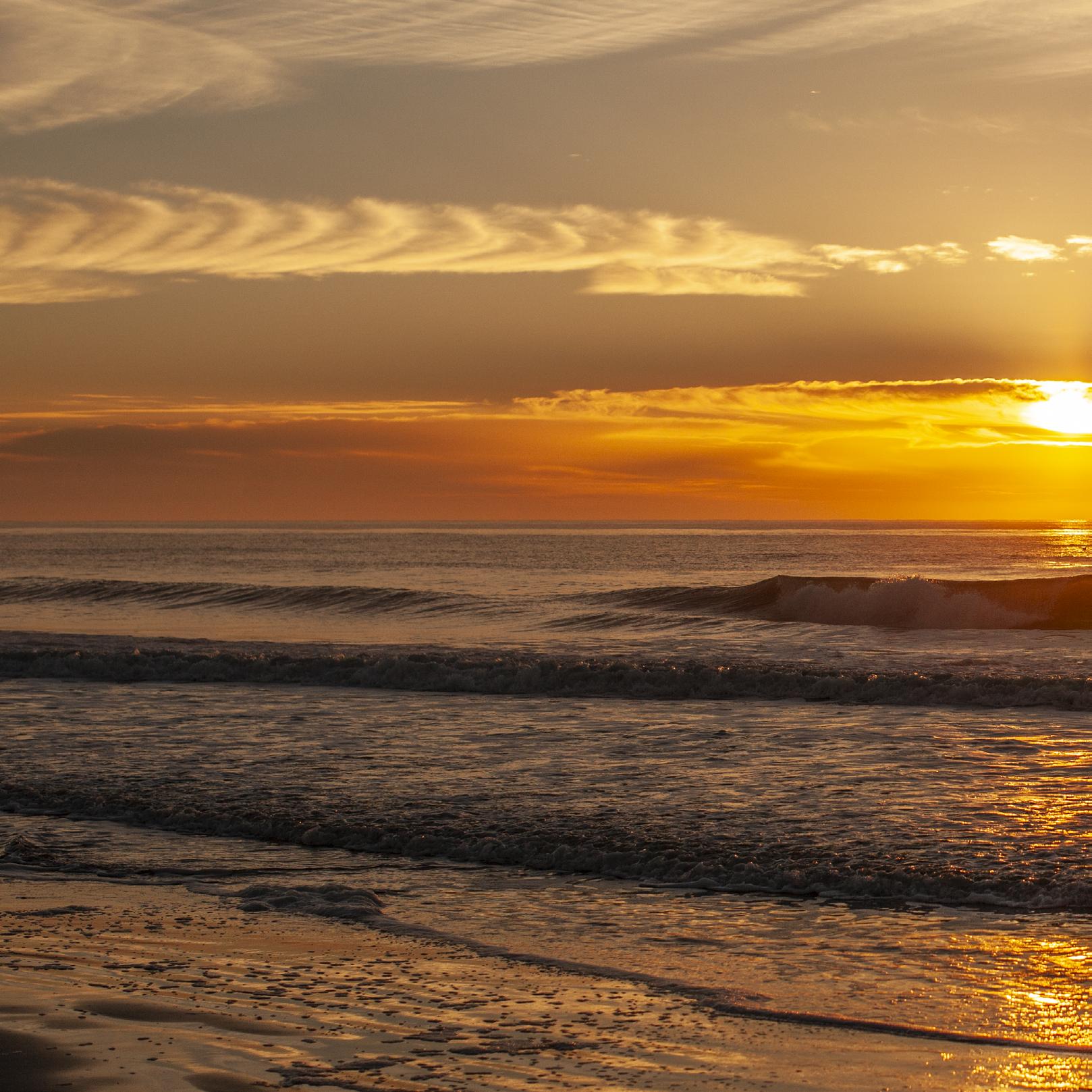
Every now and then, I remember I live very near the ocean and I’ll make a point to drive out before the sun rises.

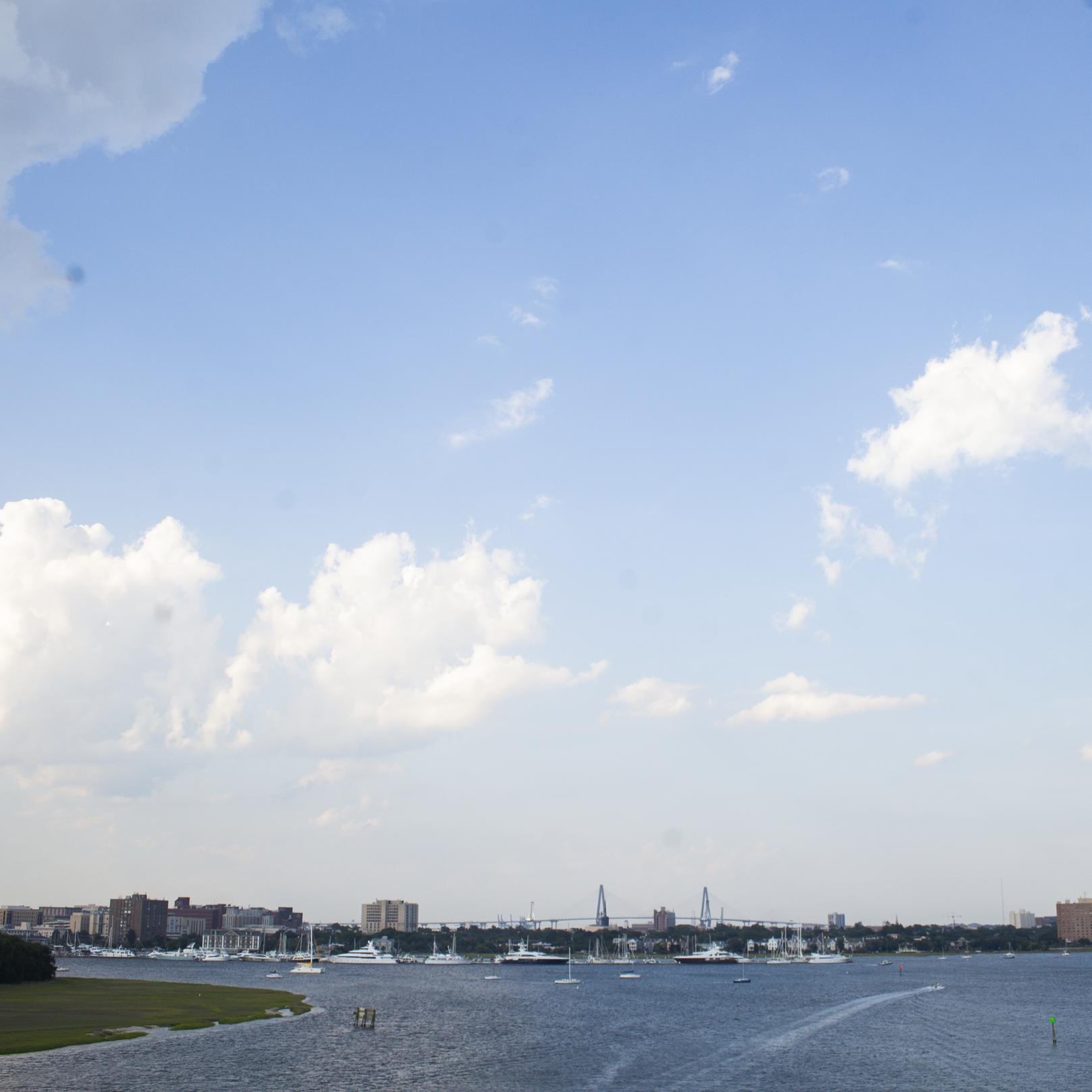
Charleston is often called “The Holy City” due to its number of churches. I’ve always thought of it as “The City of Bridges.” We are surrounded by so much water that the bridges are necessary. They also make for beautiful views.
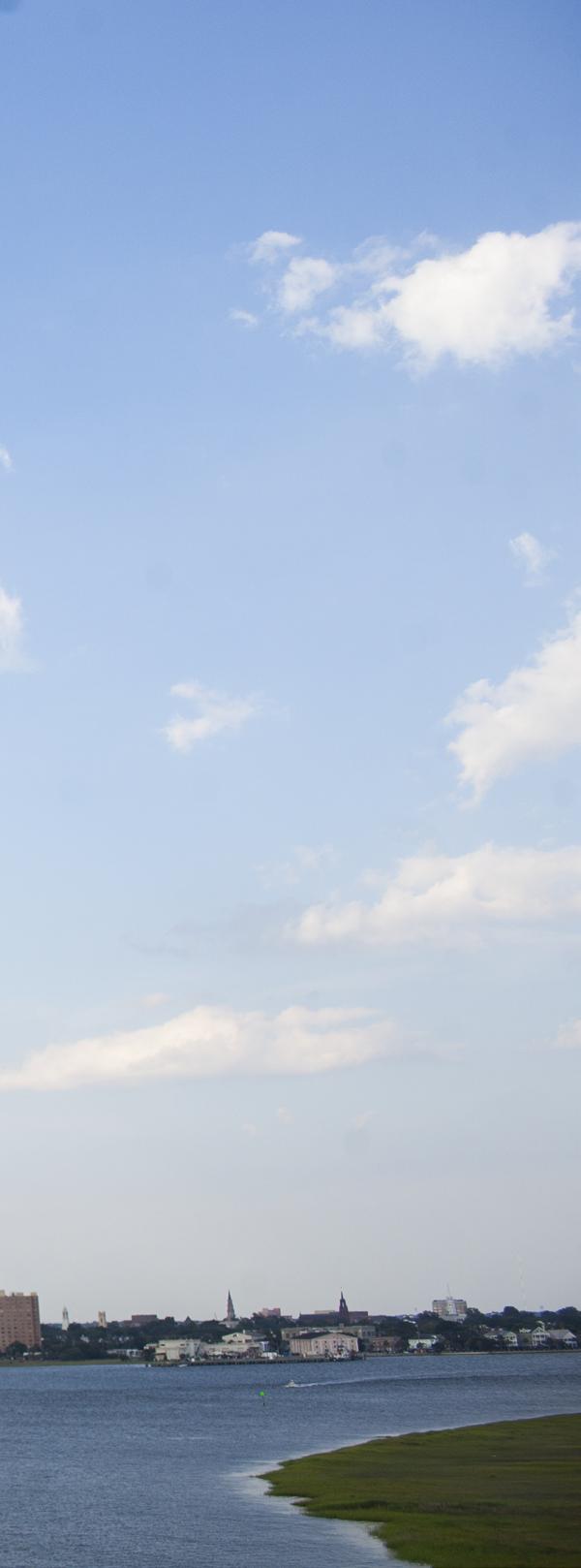 GERWIN’S BEACH
GERWIN’S BEACH
Summertime and the livin’ was easy. It was in the summer of ‘34 that George Gershwin penned those iconic lyrics on the shores of Folly Beach.
He arrived by train in mid-June, staying in a beachfront cabin near author and friend Dubose Heyward’s home, that the author had dubbed “Follywood.” At the time, there was no bride connecting Charleston to Folly, and no fresh water to drink, but Gershwin loved it all the same, describing the experience to his friend in a letter:
“This place is different from any place I’ve seen or lived in before … it’s been hard for me to work here as the wild waves, playing the role of the siren, beckon me every time I get stuck which is often and I, like a weak sailor, turn to them causing many hours to be knocked into a thousand useless bits.”
And as he fell in with the laidback lifestyle of Folly, he also became enamored with the local Gullah culture. Attending spiritual congregations on James Island, he learned all the musical and oral traditions that would form the basis for his internationally acclaimed opera “Porgy and Bess,” beginning with the opening aria “Summertime,” one of the most covered songs in the world.
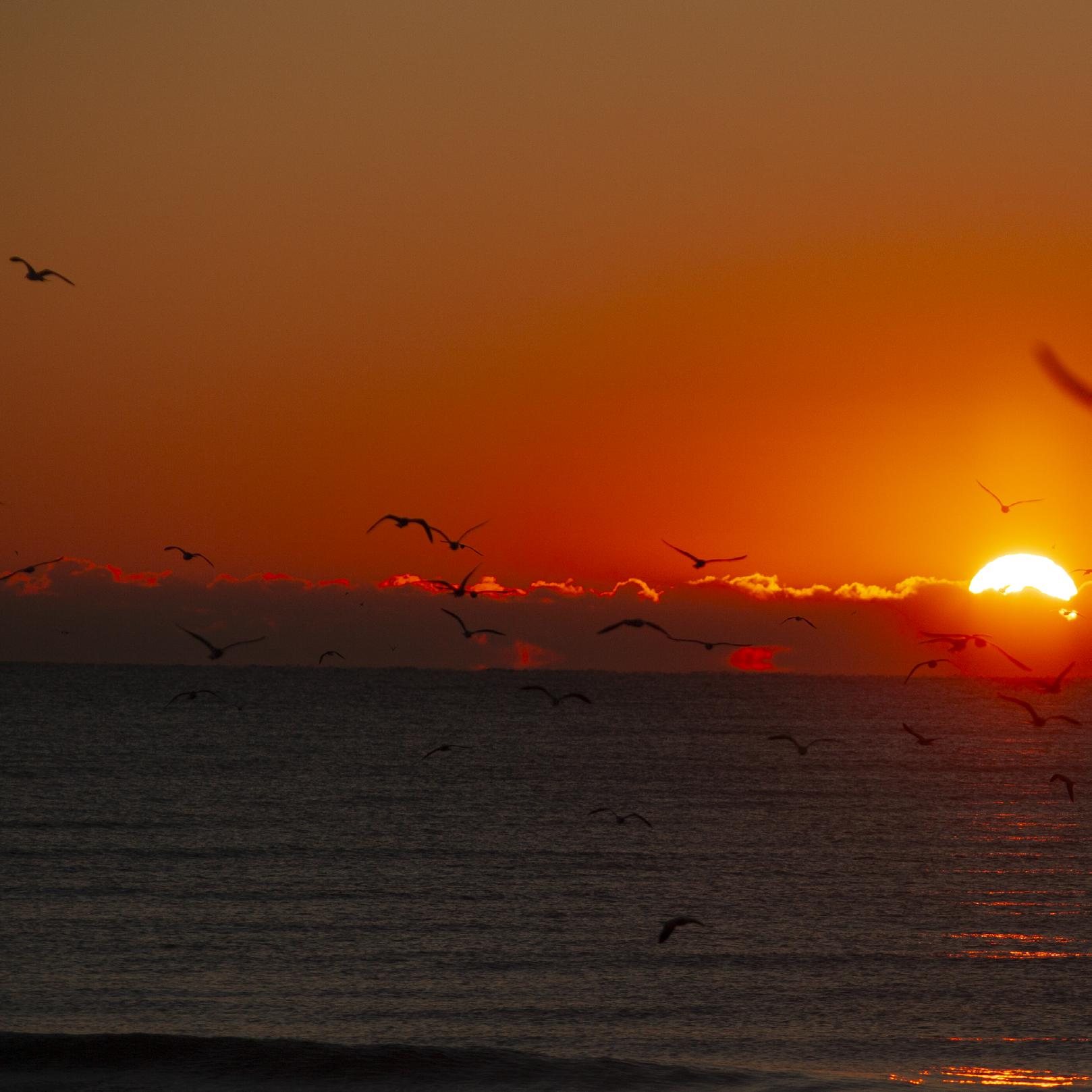
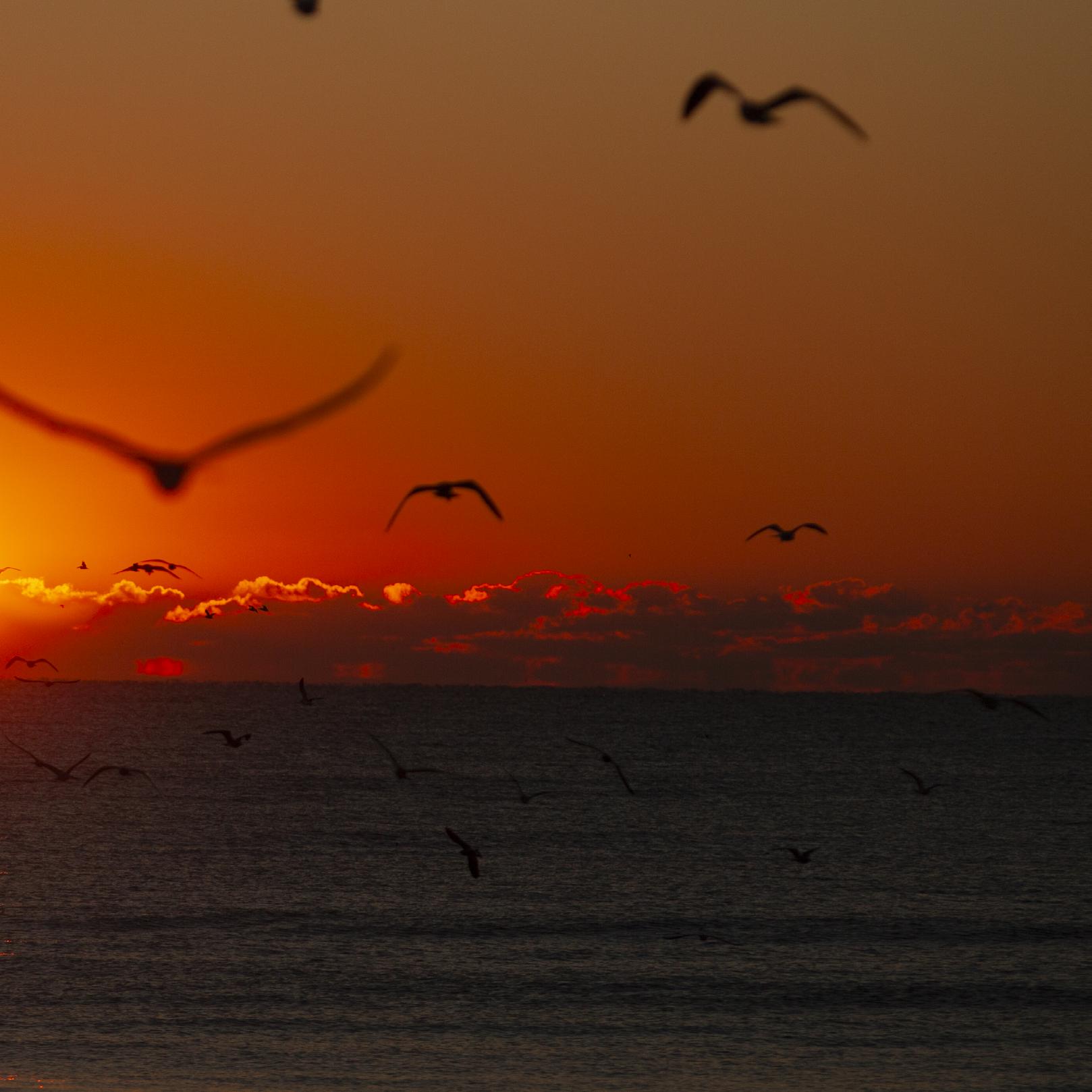
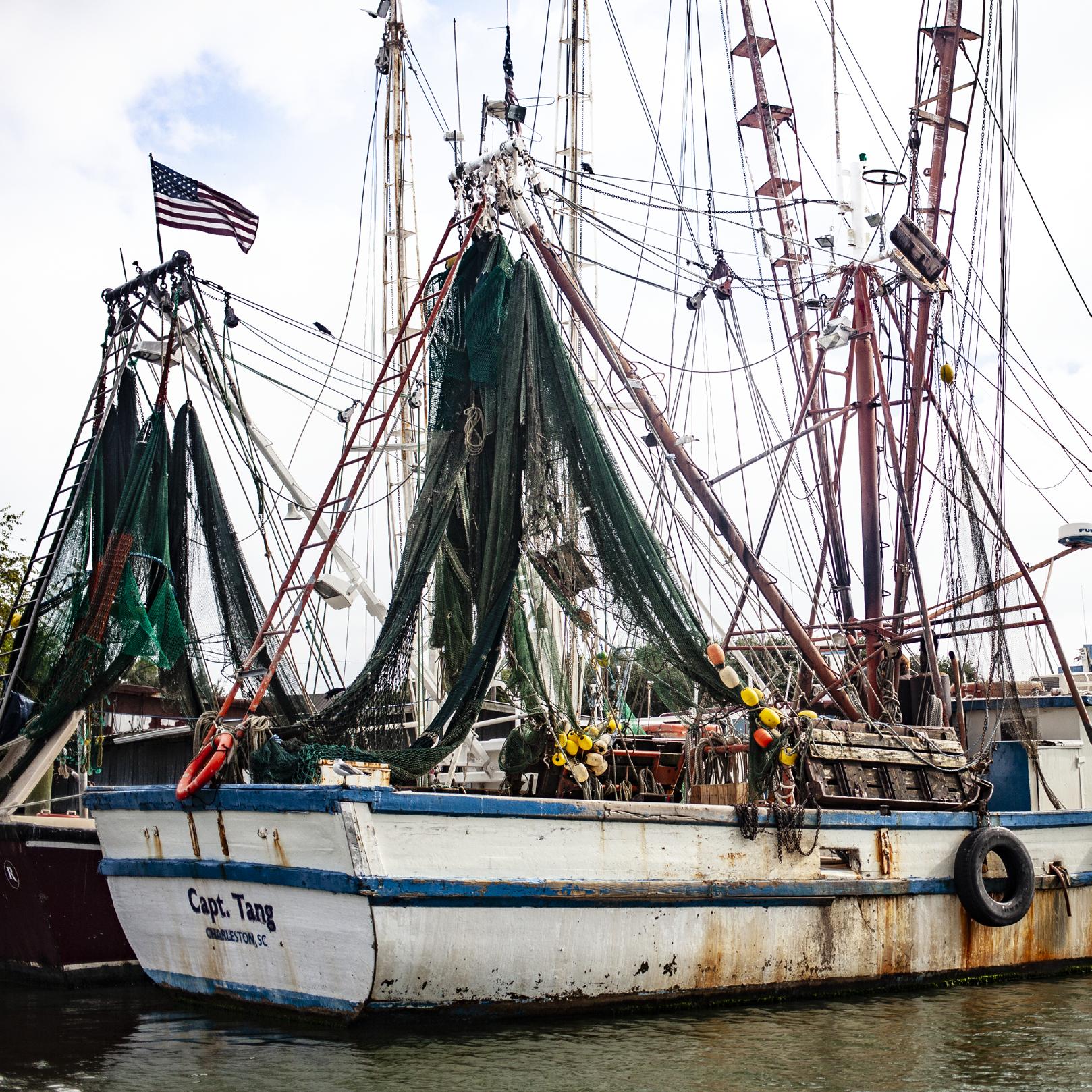
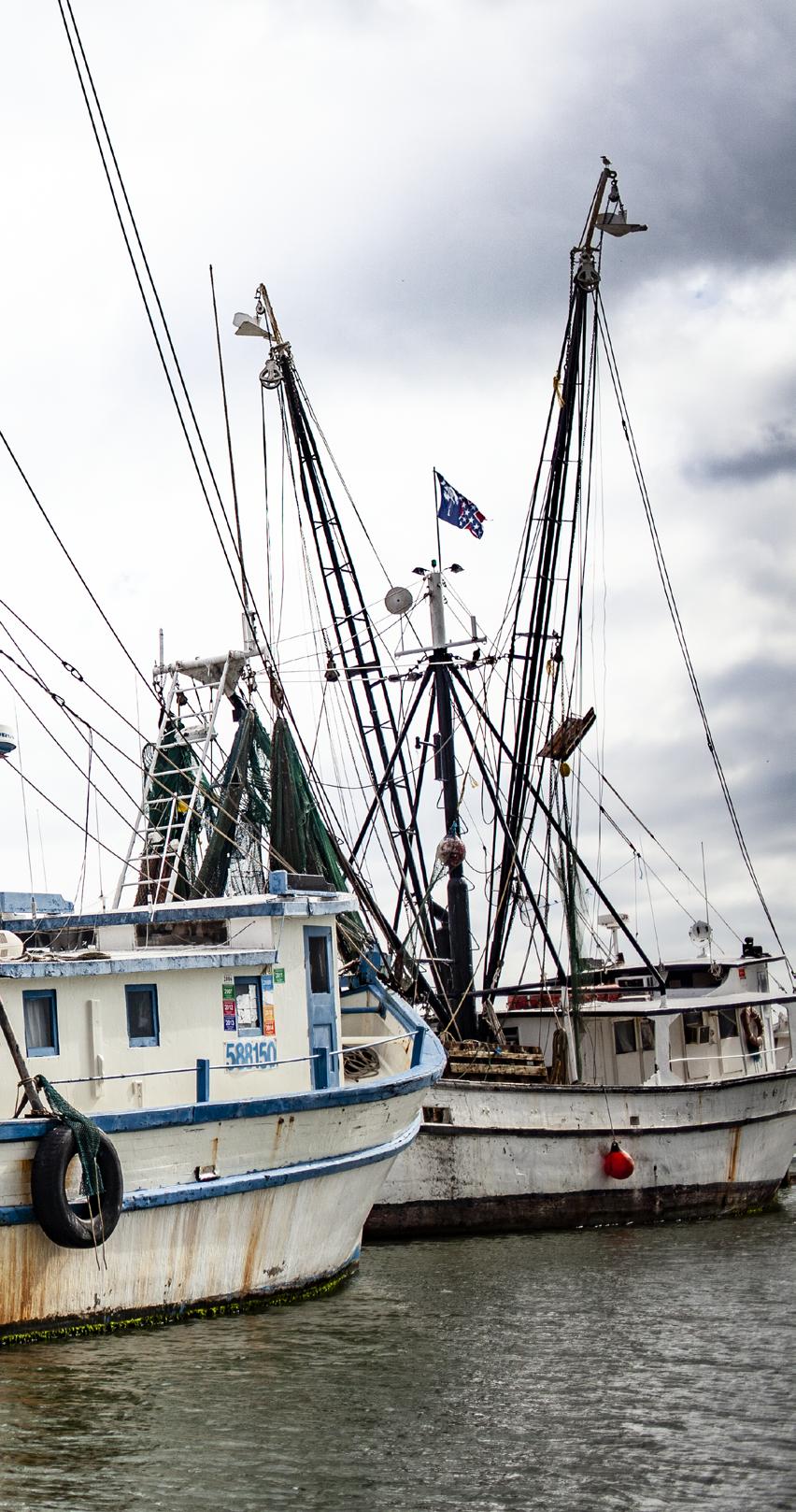
Tucked in between Charleston and Sullivan’s Island is Shem Creek. There are boardwalks and restaurants surrounding old fishing boats. There is always lots of action and birds here. You may spot a dolphin as well.
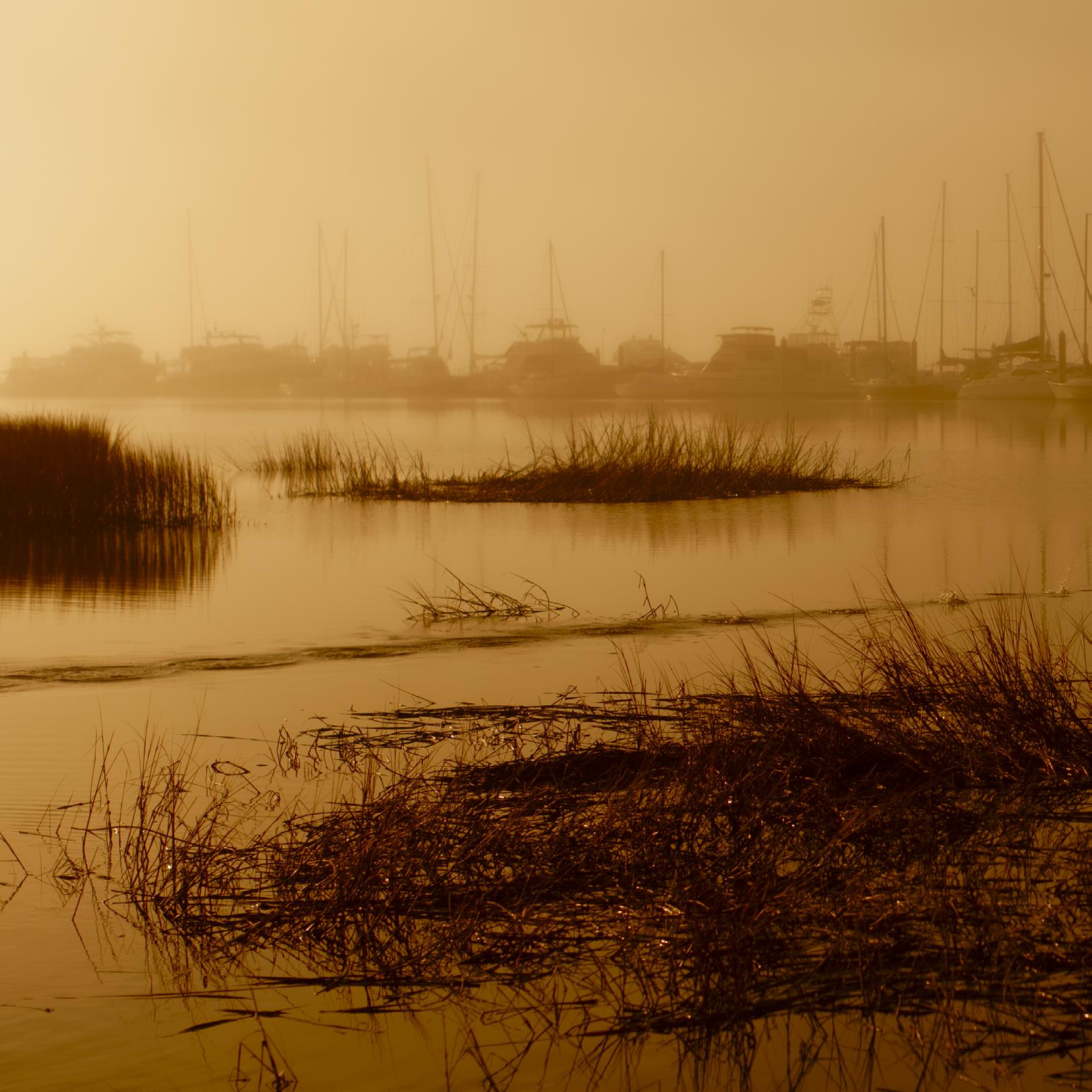
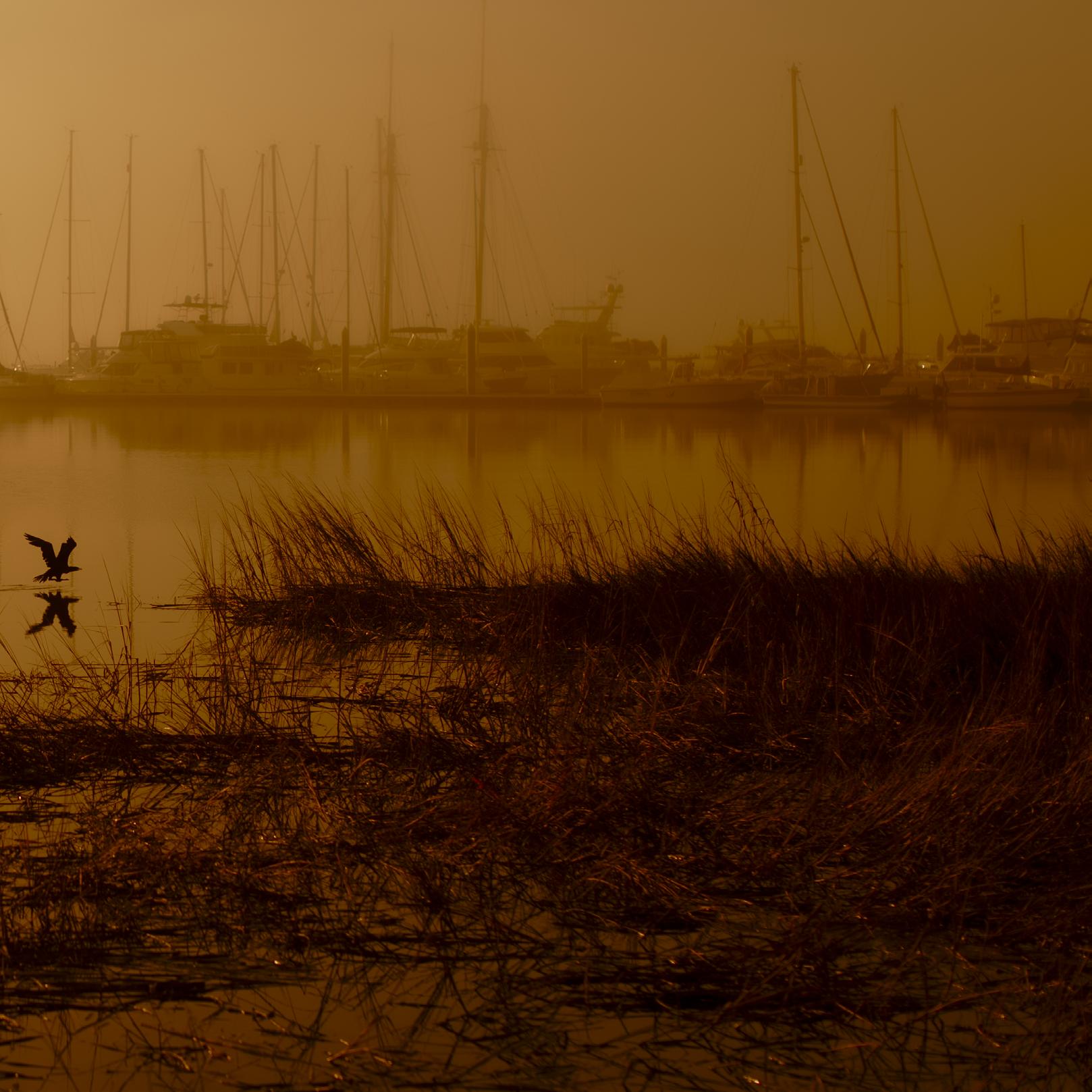
Fog over water is magical. The camera allows us to freeze a moment and remember. Looking west towards the sale mast, one lone bird glided through just inches from the calm surface.
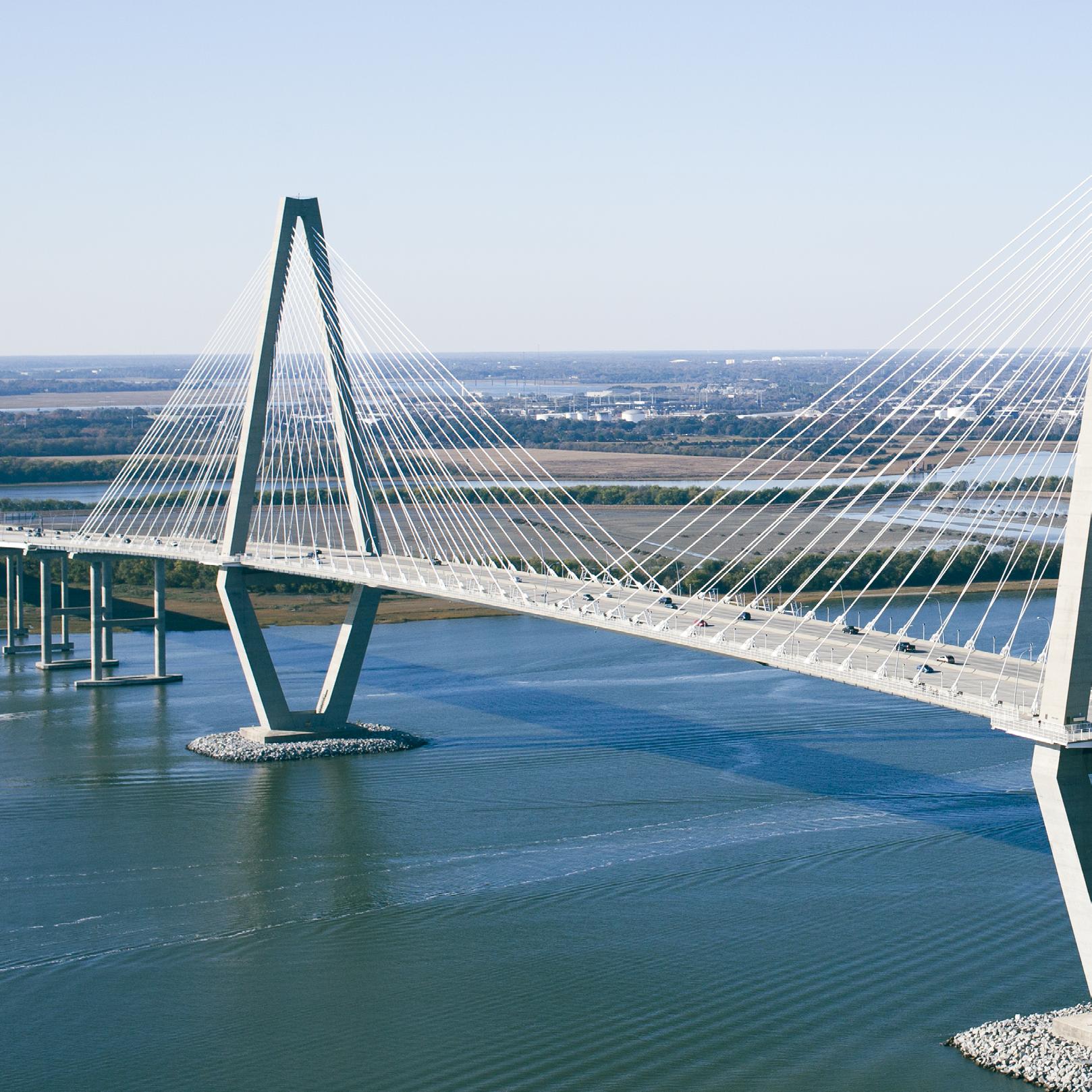
At Patriots Point in Mount Pleasant right next to the old
you can find a helicopter tour company. They offer short 20-minute tours which are well worth your time. Seeing anything from another perspective is eye-opening.


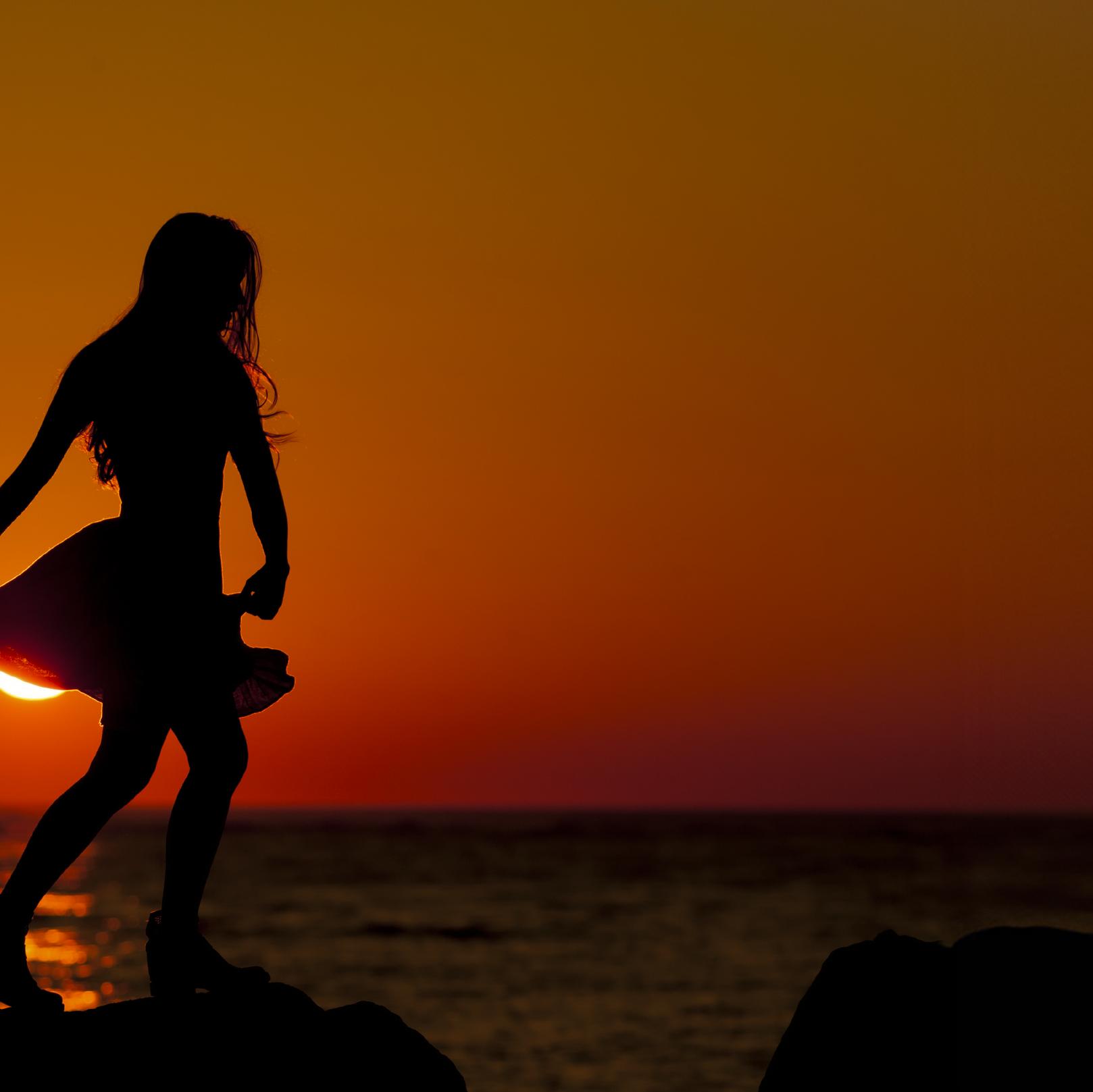

Launched in 2007 The Spirit of South Carolina is a historically built schooner tall ship measuring 140 feet long. It is now used as an experiential training vessel for youth programs and operates as a non-profit.
A long drive to the end of the road will land you in Rockville South Carolina. At the edge of Rockville is the Cherry Point Marina. This is a place time forgot.
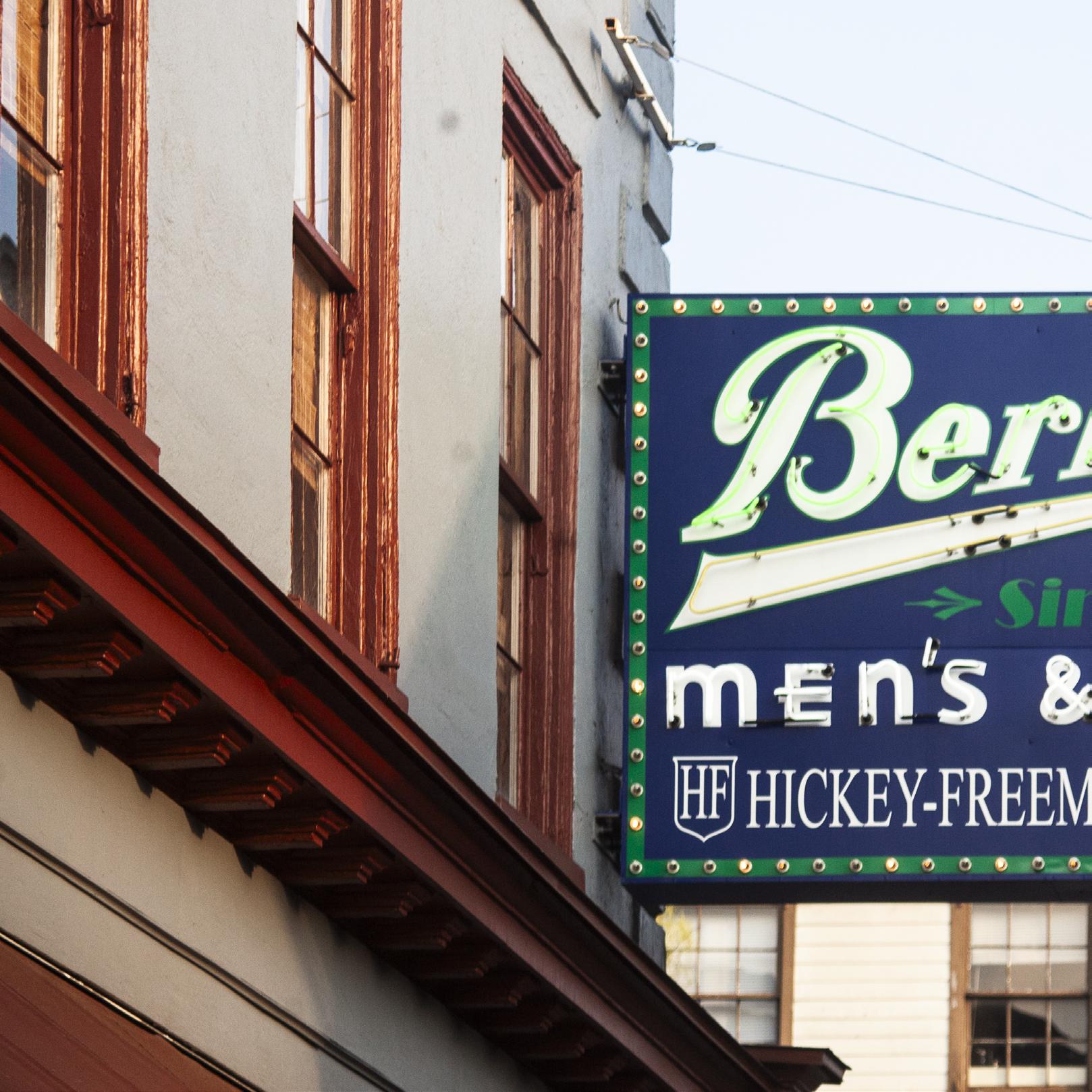

Berlin’s is one of the longest-running stores in Charleston. They have a men’s store and a women’s store and this old sign holds a lot of soul.
Cobblestone streets, crape myrtle trees, and colorful buildings are all defining features of the Holy City. And yet, a little over 1,800 miles away, a small Caribbean island exists as the original blueprint.
The indelible influence of Barbados on present-day Charleston runs much deeper than aesthetics. Ten years before Charles Towne was founded, Barbados had become the wealthiest English colony in the Americas fueled by the rapid production of sugar. When the land became too scarce, plantation owners set their sights on the Carolina Colony, bringing with them the successful colonial model that would shape the future of South Carolina.
Three centuries later, the Barbados connection prevails in Charleston’s rich culinary, art, and music traditions, most prominently in the Gullah tradition of Sweetgrass Baskets you can pick up at any souvenir shop in the city. And as you tour Rainbow Row’s narrow street lined with pastel houses and tropical palm trees, try to close your eyes and imagine being on another street, across the ocean, on the small Caribbean island that started it all.
Rainbow Row on lower East Bay street. It’s a sight to see for sure. These beautiful homes face east towards a rising sun. You’ll rarely see an open door or window though, due to so many of us snapping photos.


This is the old Charleston Post Office on the Four Corners of Law. It’s worth cruising through for a quick visit as there is a tiny museum hidden inside.

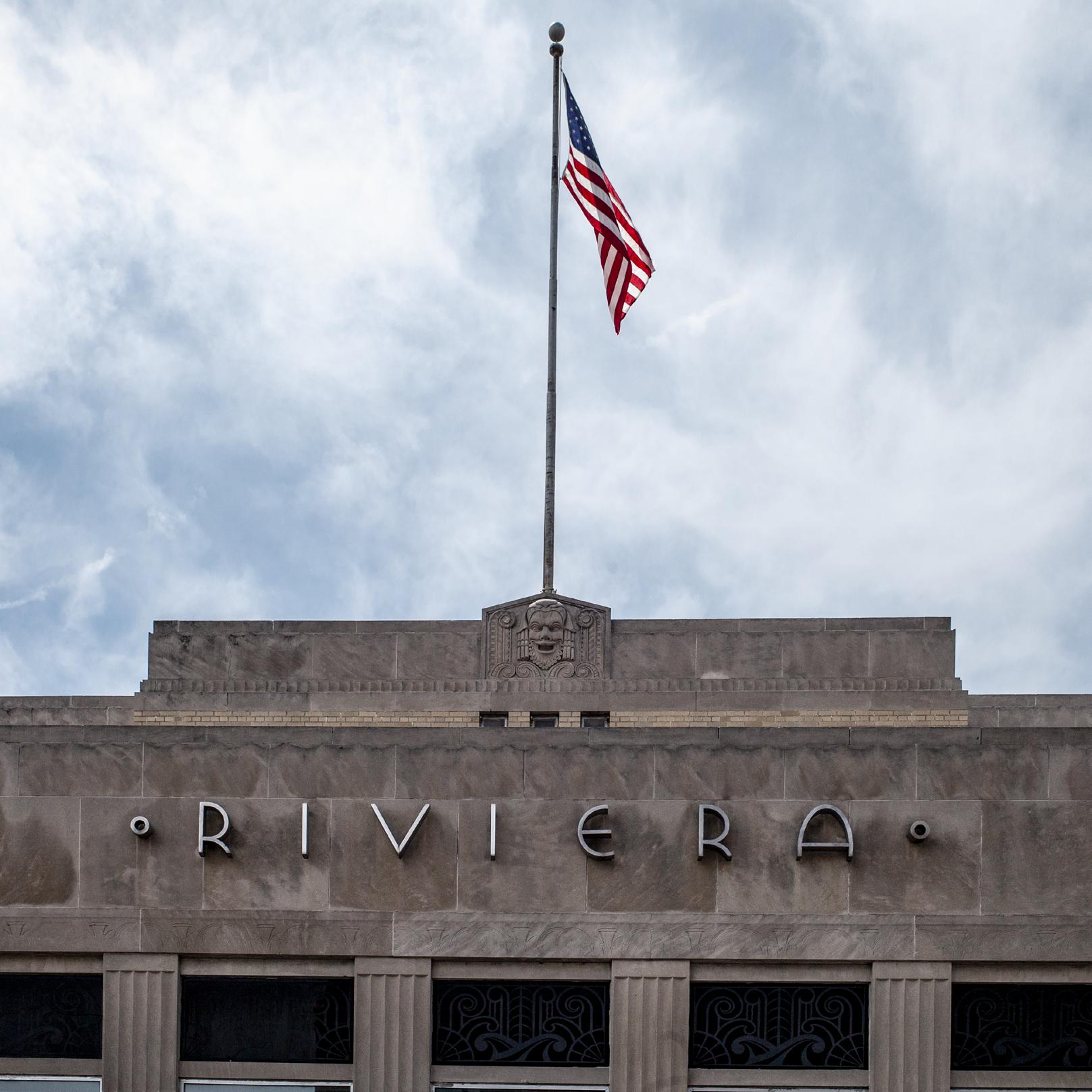
Leon’s Oyster Shop, previously Leon’s Auto Body, is a fun restaurant on the north side of town. It looks different now as they have grown and have a beautiful covered front patio.
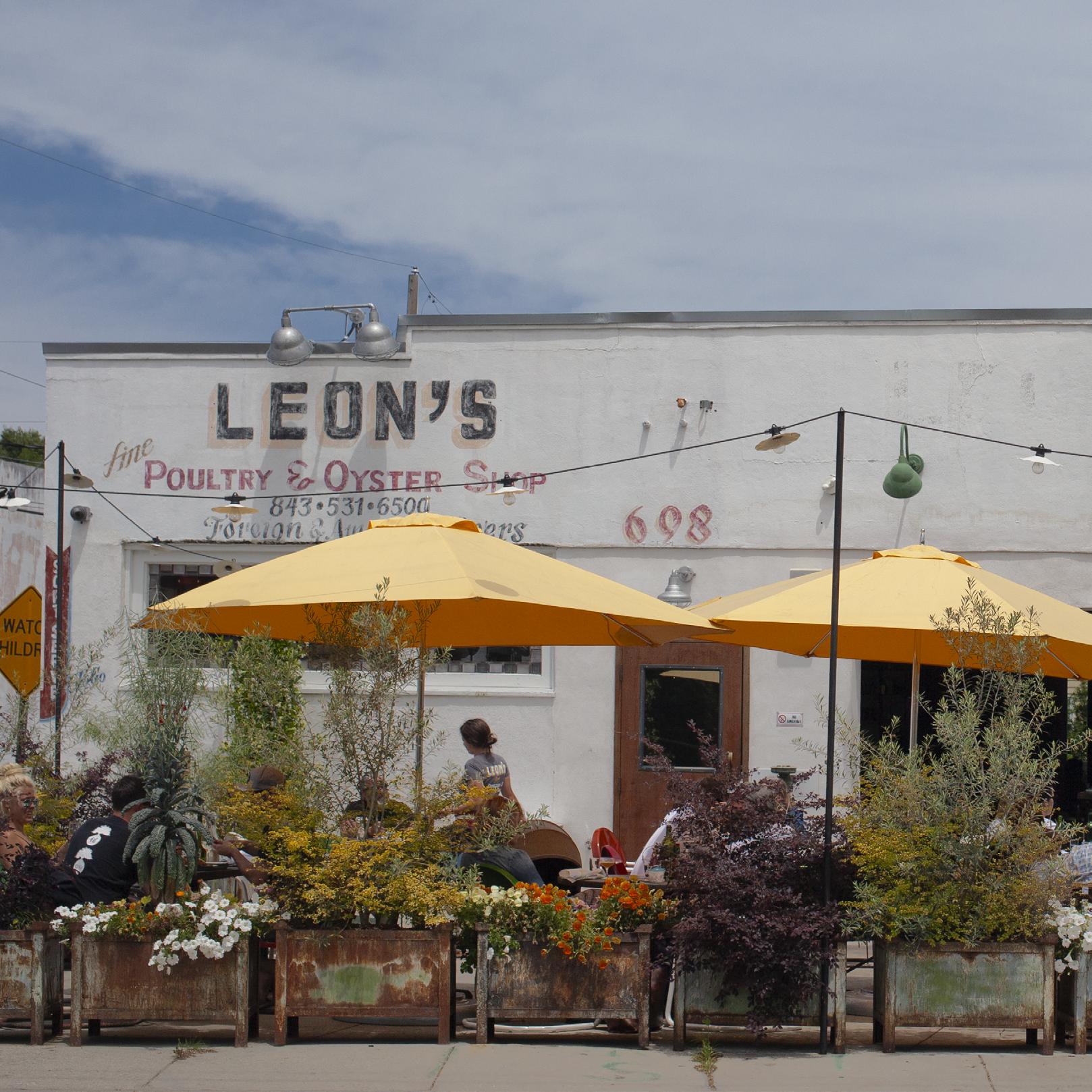



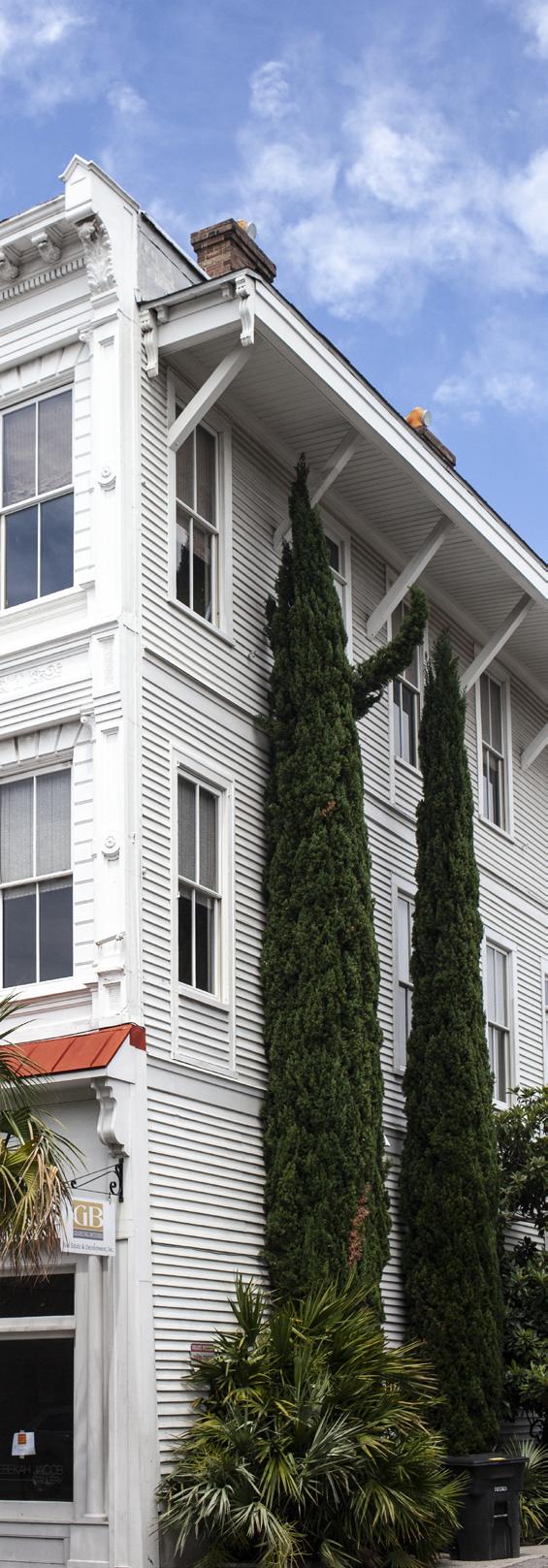

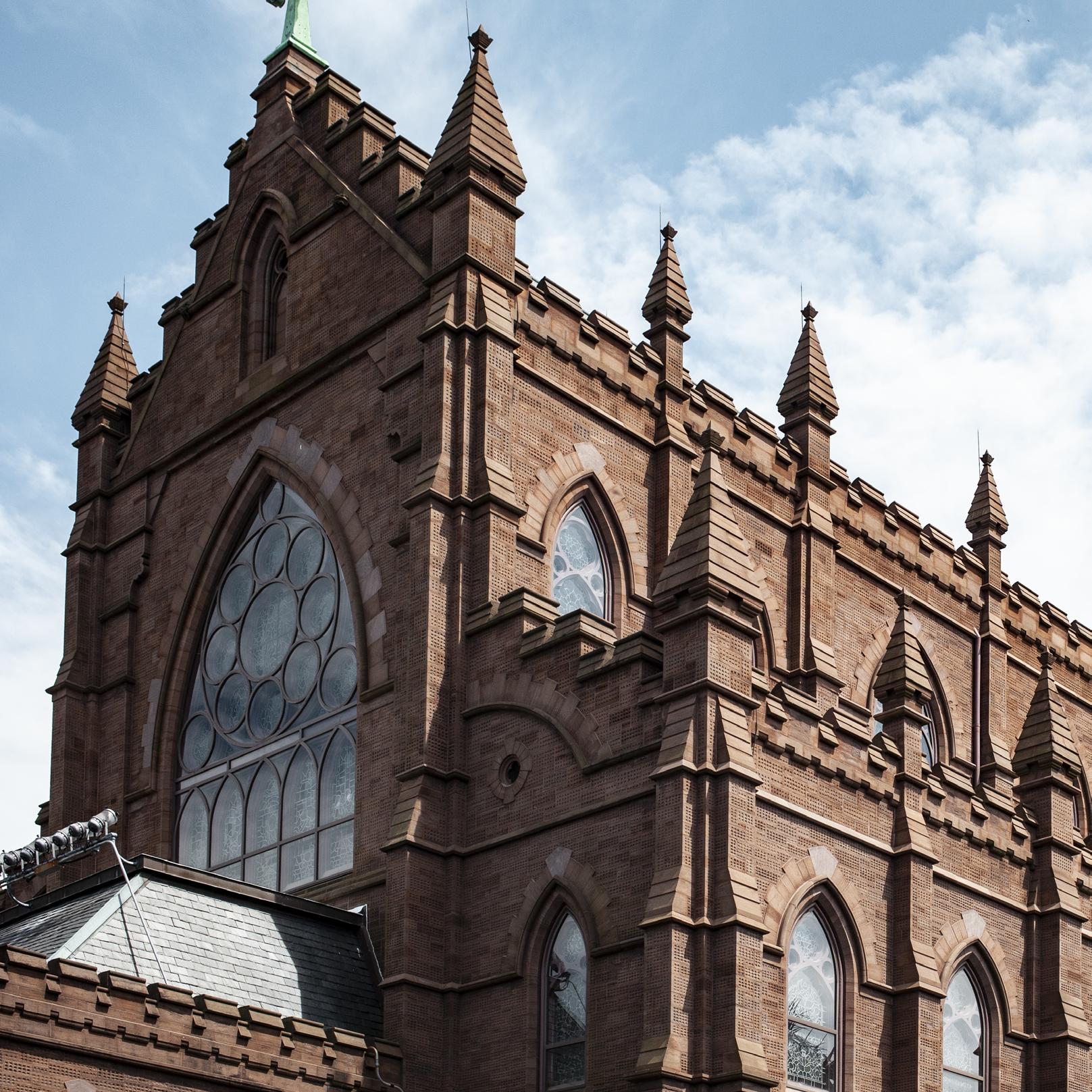
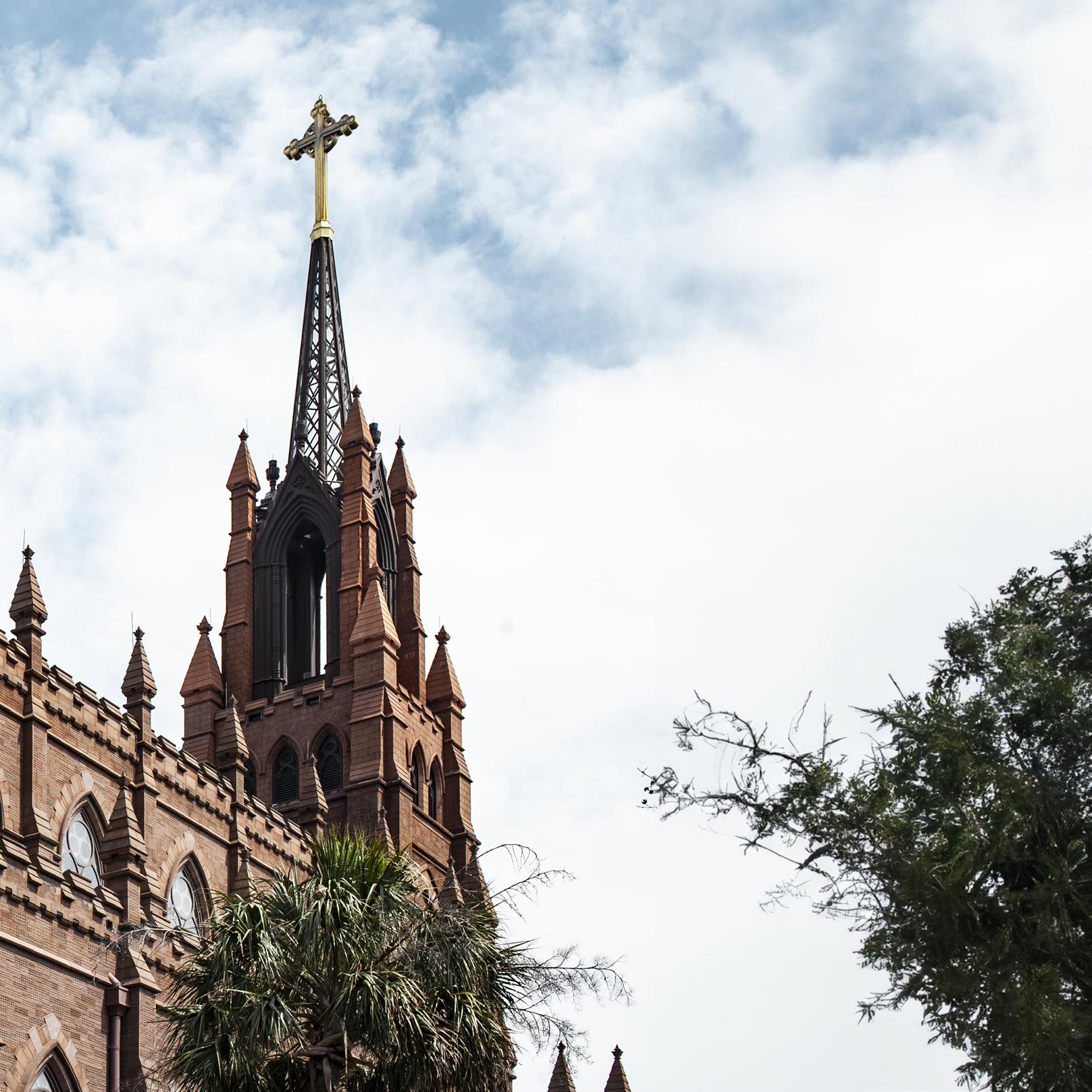 Opened in 1970 The Cathedral of St. John the Baptist is a brownstone structure with oak pews and a marble altar. It’s a short walk from the Restoration Hotel.
Opened in 1970 The Cathedral of St. John the Baptist is a brownstone structure with oak pews and a marble altar. It’s a short walk from the Restoration Hotel.

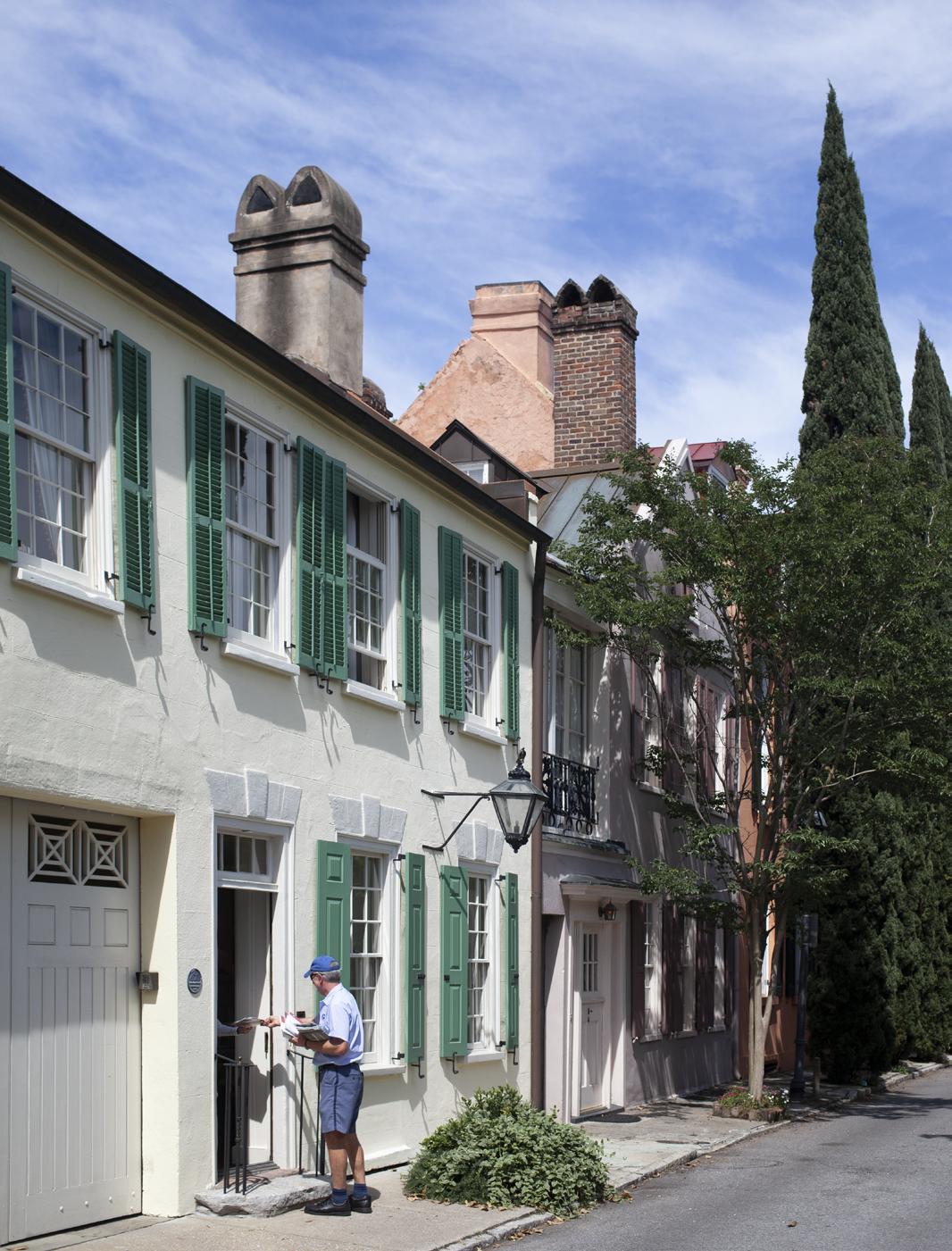
South of Broad is the area south of Broad Street. It’s a dreamy historic area. I recommend a slow leisurely walk without a map. This postman must have some seniority.
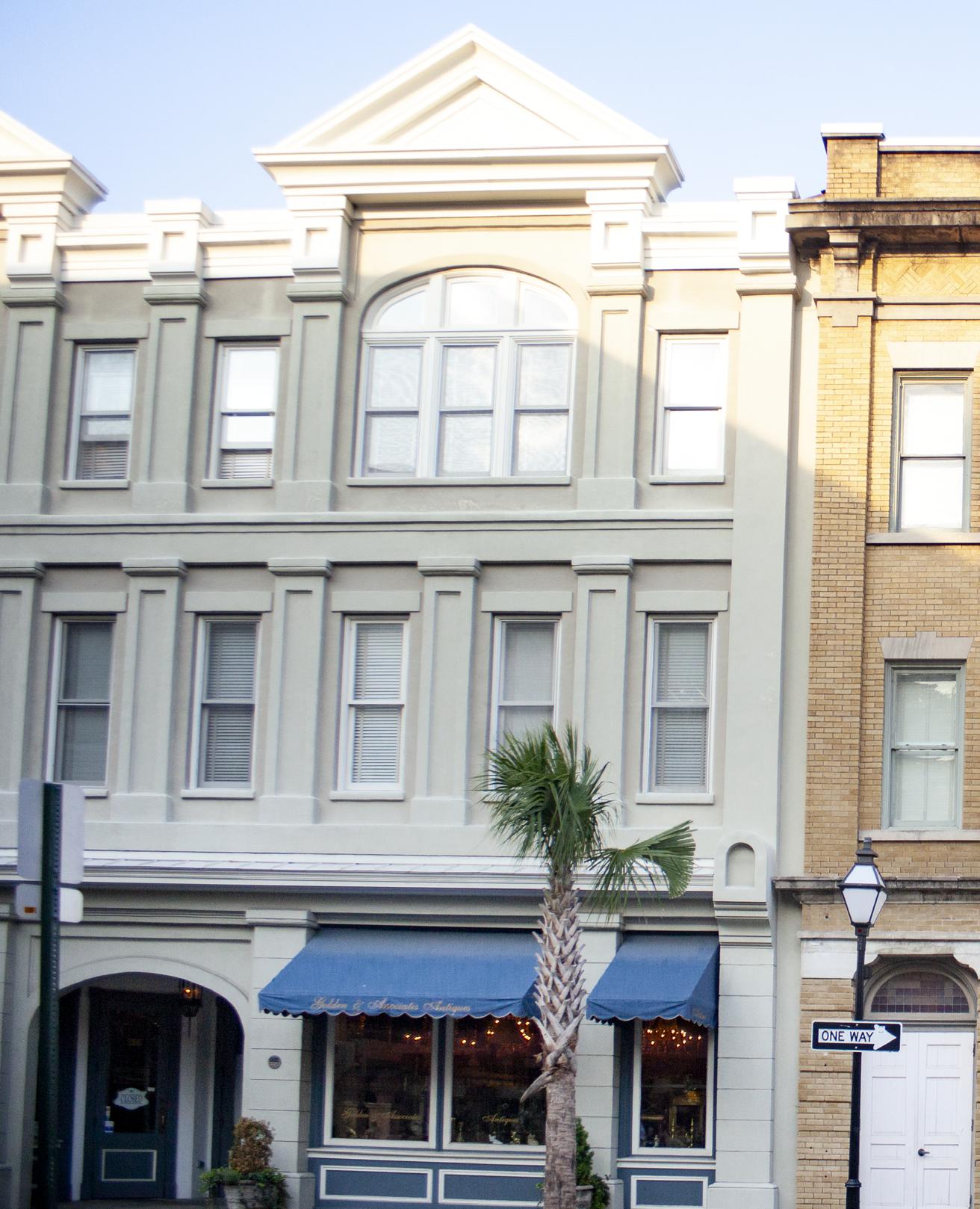
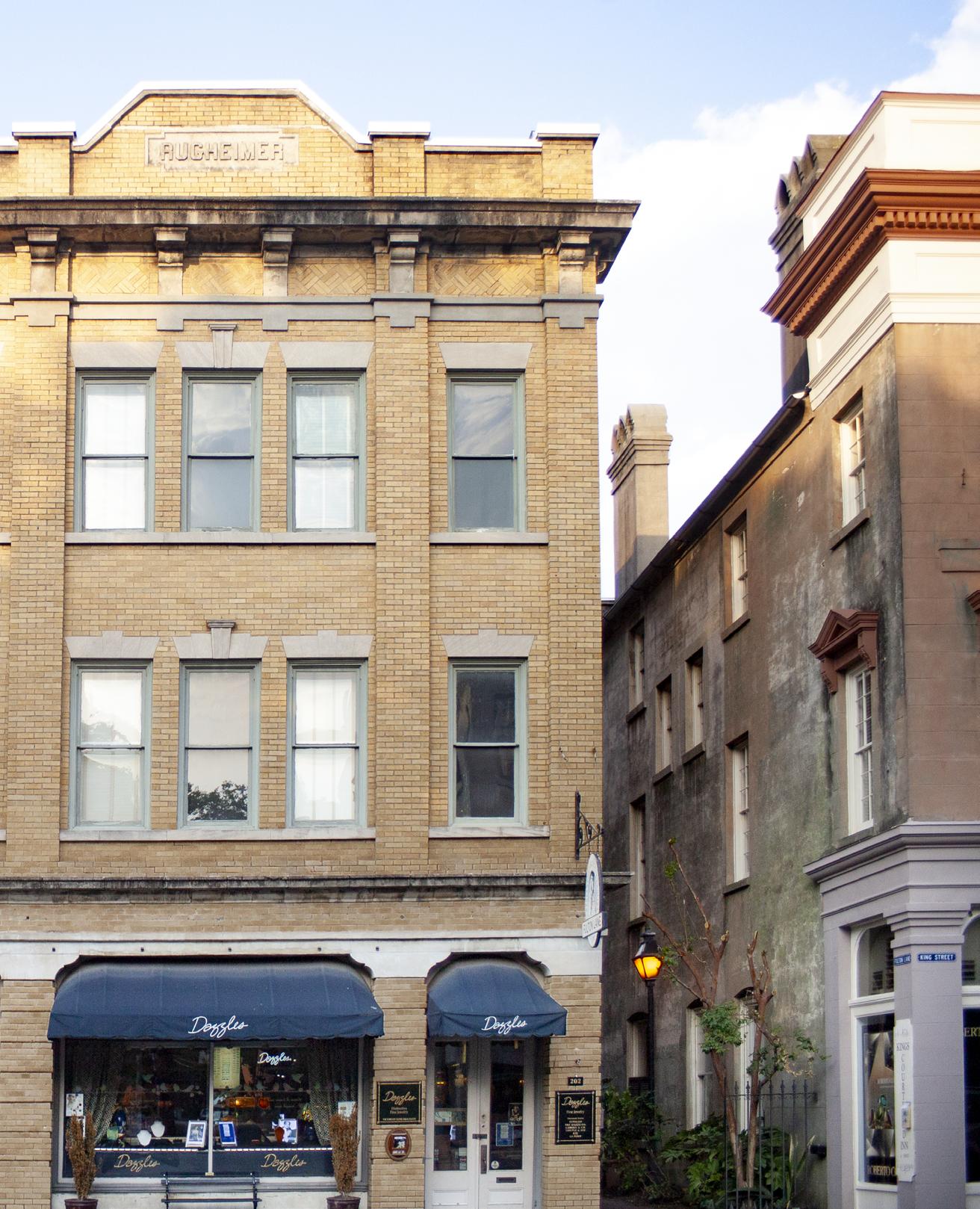
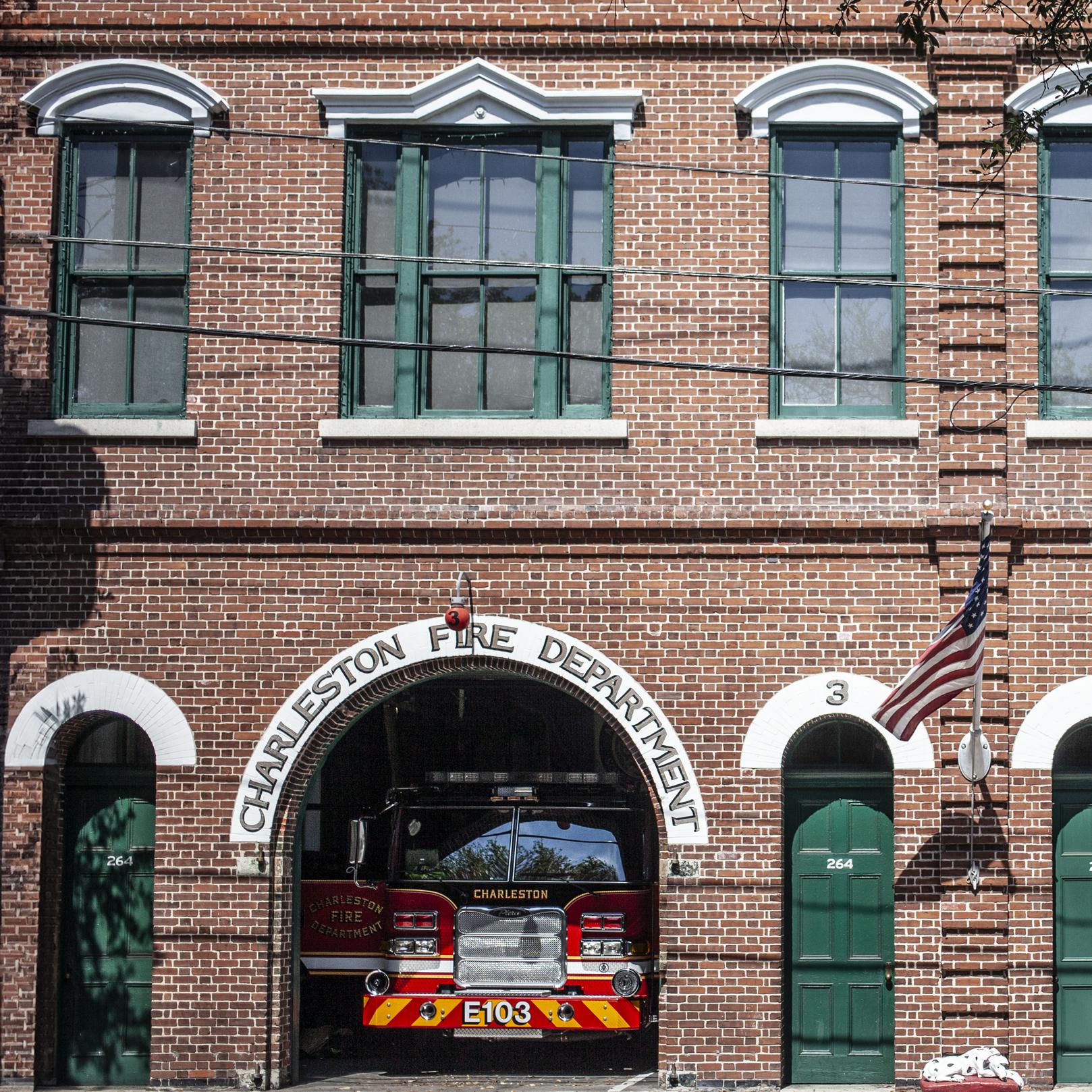
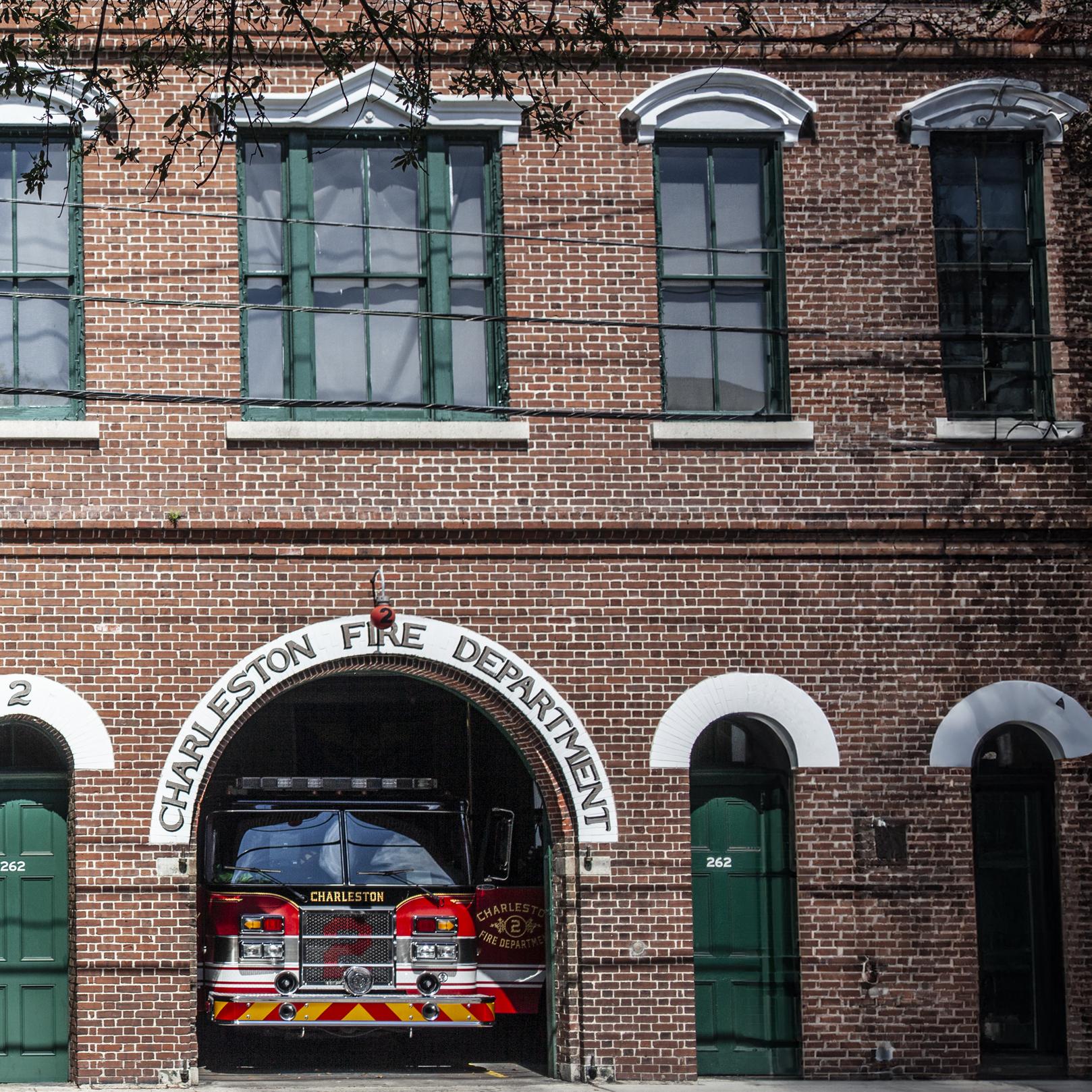
Charleston Fire Department’s Central Station on Meeting Street was built in 1887, and now houses Engine 102 and 103. Upon opening this station housed four steam engines.
There are a few buskers around Charleston, and for a while back in 2015, these hands could often be seen peacefully playing his saxophone.

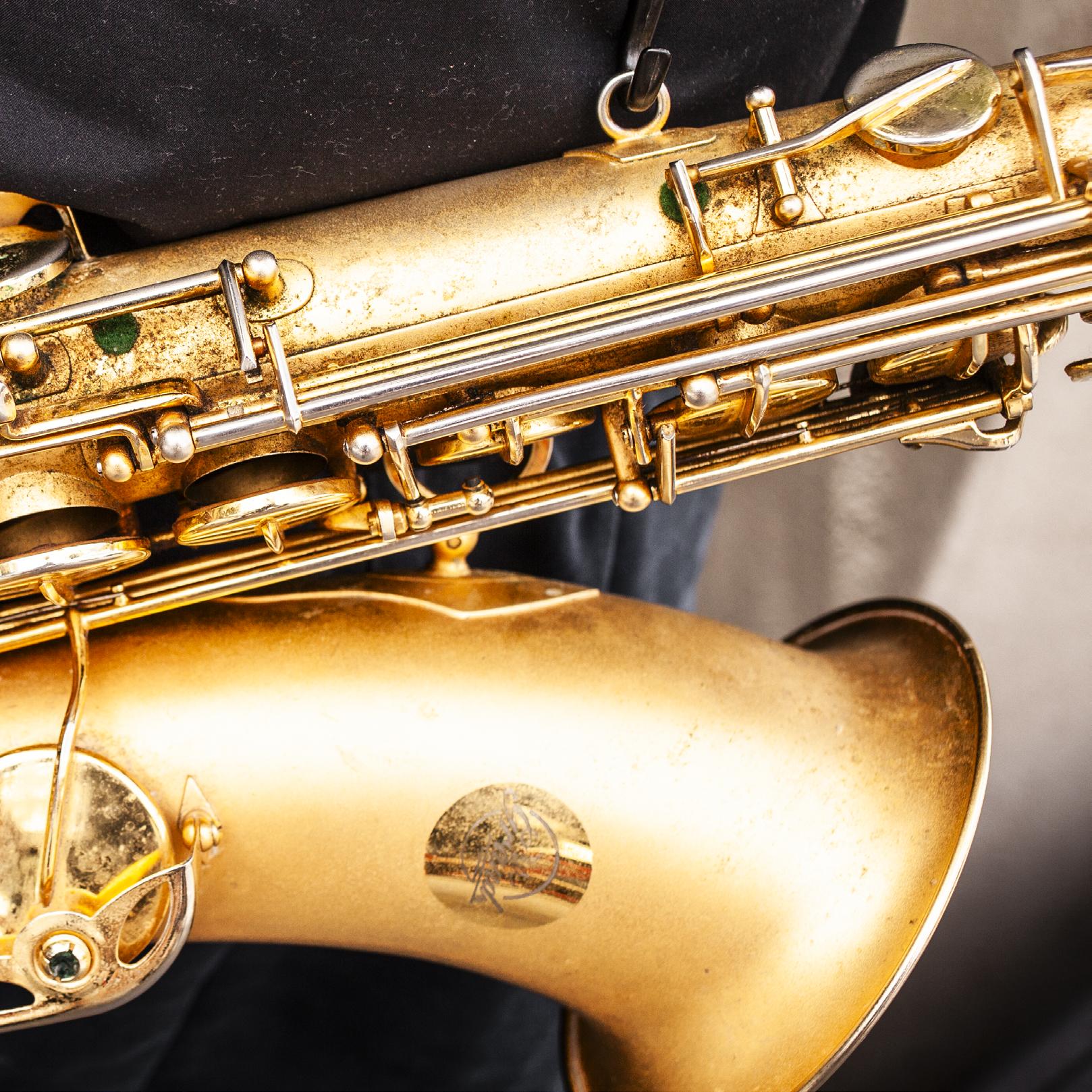

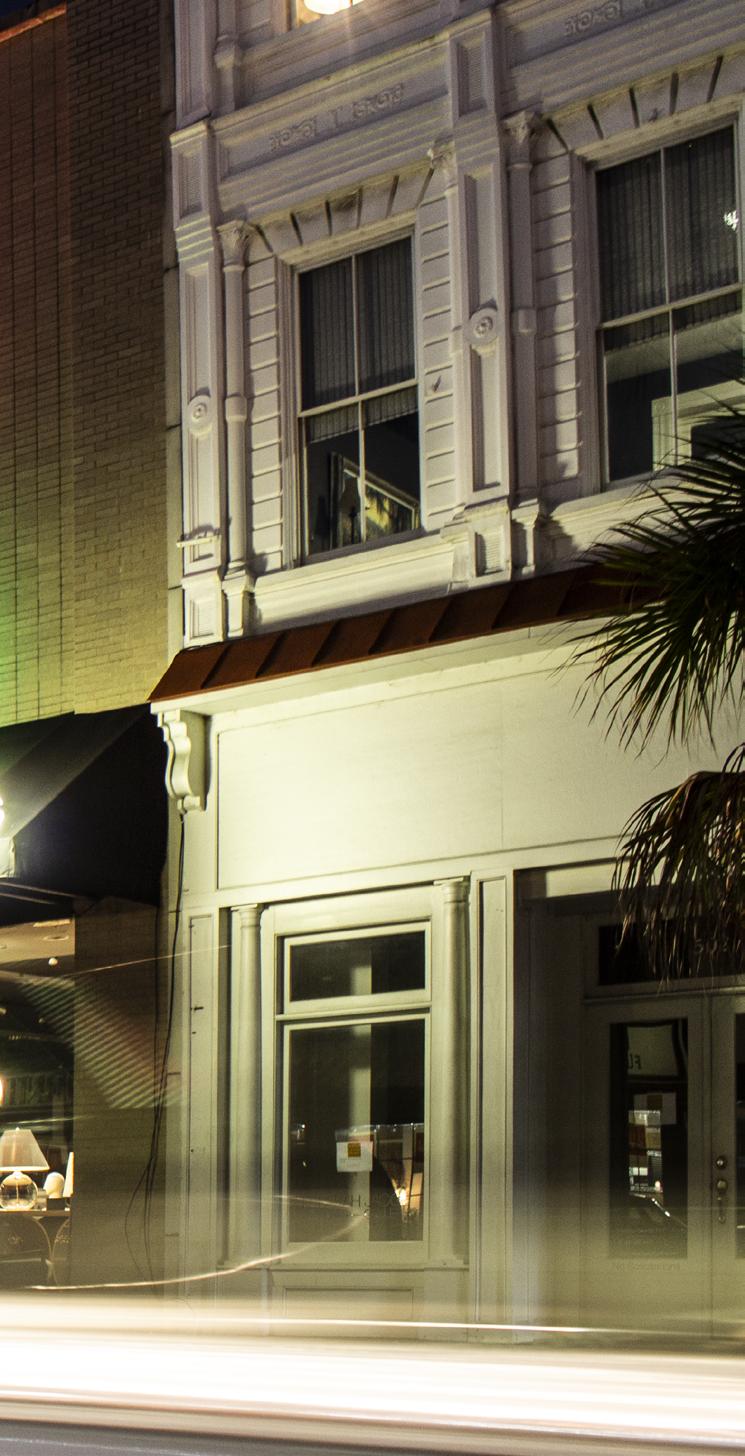
Years after the Morris Sokol furniture store closed, its neon sign was still shown each evening. This is a huge building and it’s hard to imagine how one store could have so much real estate. I’d say they probably opened before the internet.

On a regular schedule, the carriage tour horse gets breaks to hang on a farm for a stretch. One early morning, as a guest of the farm, I found these guys having a great day.
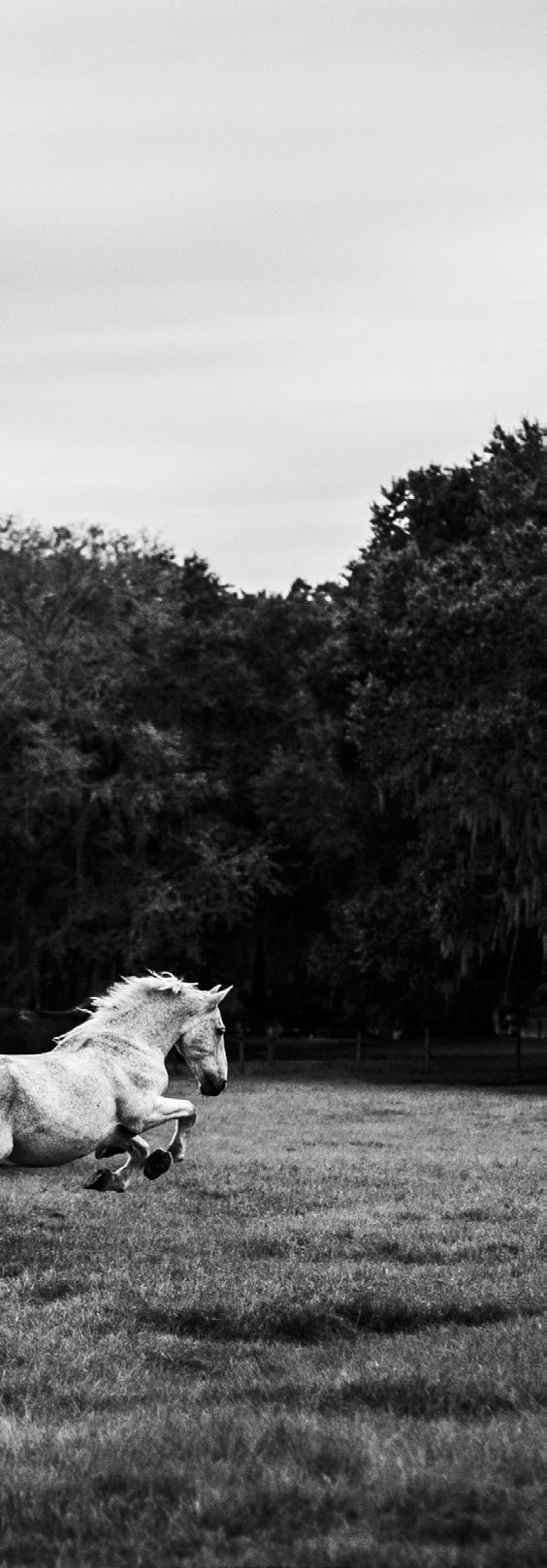
Before the Kentucky Derby was ever created, Charleston was the pioneer of a much more informal, pastoral form of horseracing known as steeplechasing. It started with a bet in 1752 when two brothers wanted to see who was the faster rider, and decided to have a cross-country race from one church to another, a little more than 6 miles apart.
This tradition continued up until the Civil War when organized horse racing ceased, but even then, soldiers still broke regulations and held contests when officers weren’t looking. Steeplechasing was revived quickly thereafter when famed polo player and horse trainer, Thomas Hitchcock Sr., constructed a steeplechase facility on his large, 3,000-acre property in Aiken where the season still begins every year in March.
Unlike traditional thoroughbred racing, the horses are heavier, older, and even show up with their jockeys unprepared. The informality of the event is exactly what makes it a spectacle as attendees can get up close and personal to the horses and watch them run through lush grass, rolling hills, and over babbling brooks. Not to mention, it makes for a lovely day in the countryside.
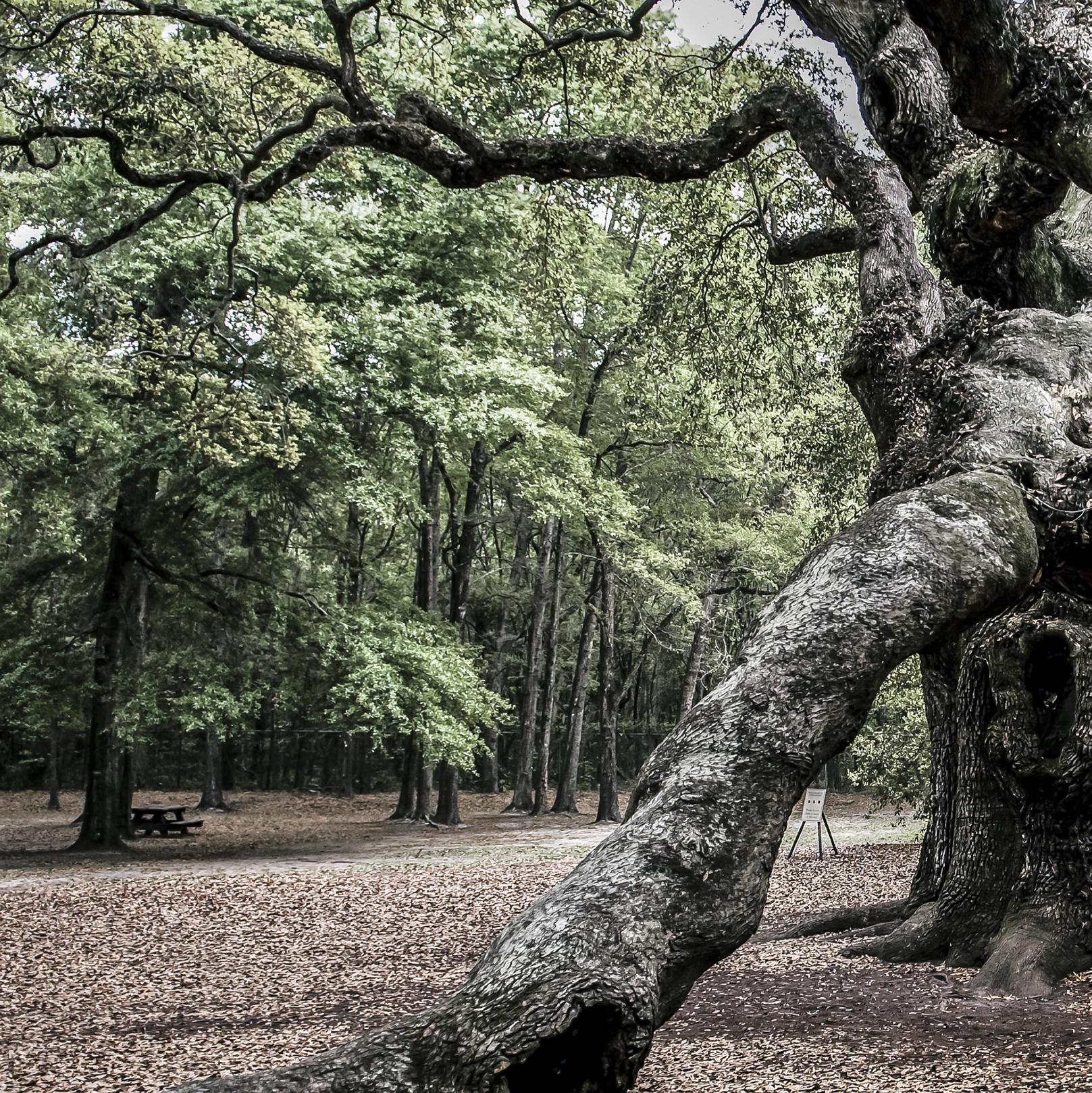



Charleston Fire Department’s Central Station on Meeting Street was built in 1887, and now houses Engine 102 and 103. Upon opening this station housed four steam engines.
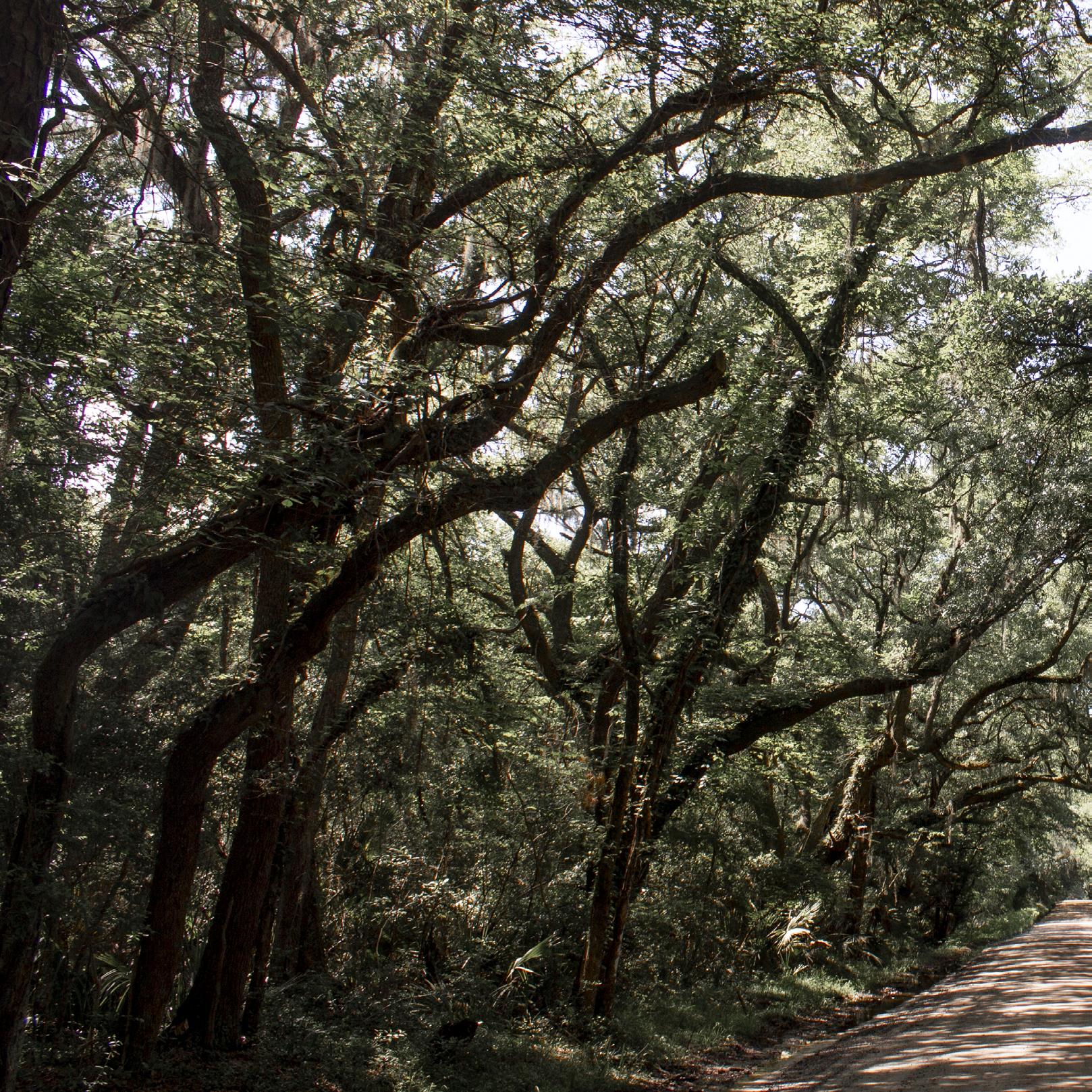
Way out near Edisto Island, you will find the dreamy tree lines dirt around taking you to the secluded beach at Botany Bay. At about 45 minutes from Charleston, it’s always a fun out-and-back motorcycle ride.
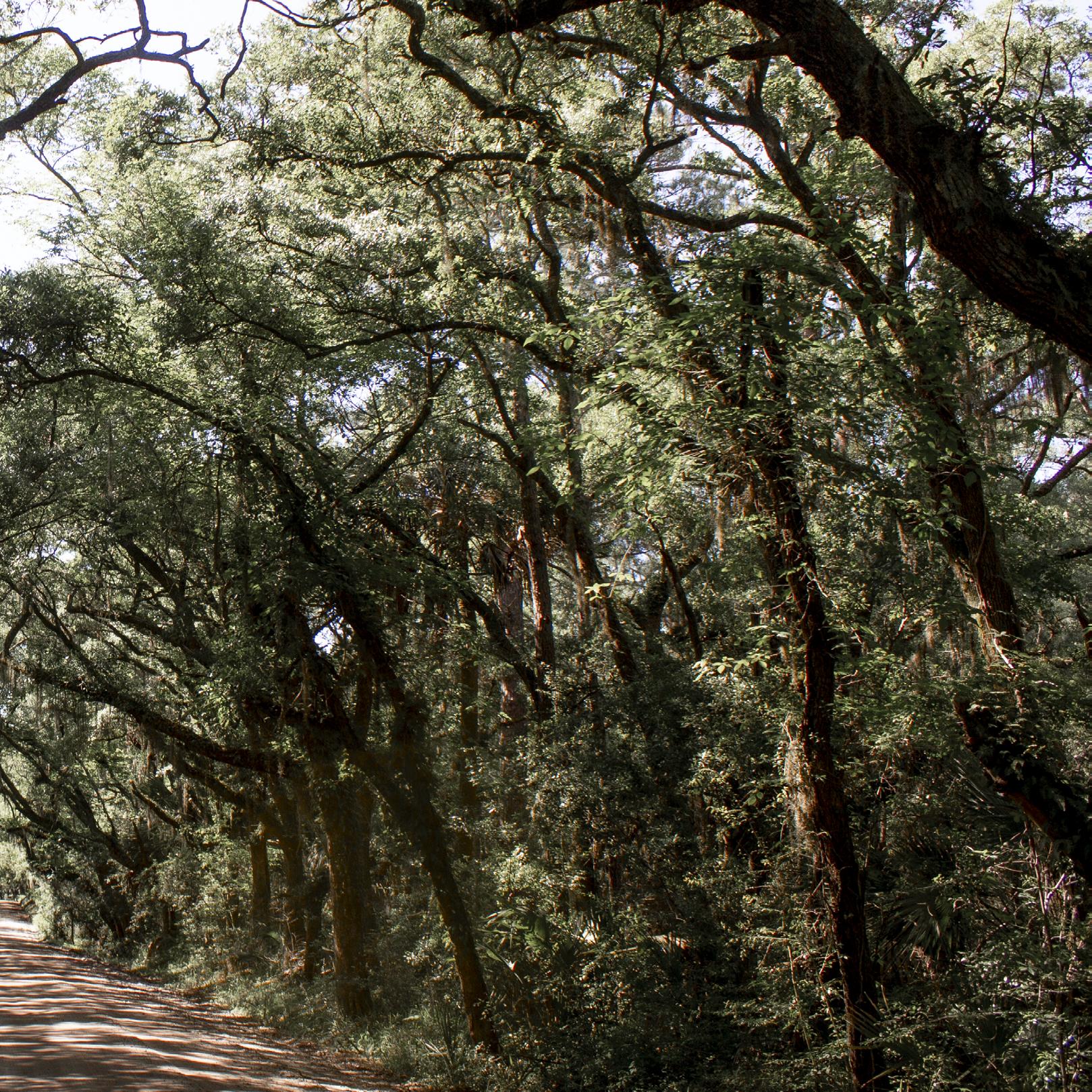
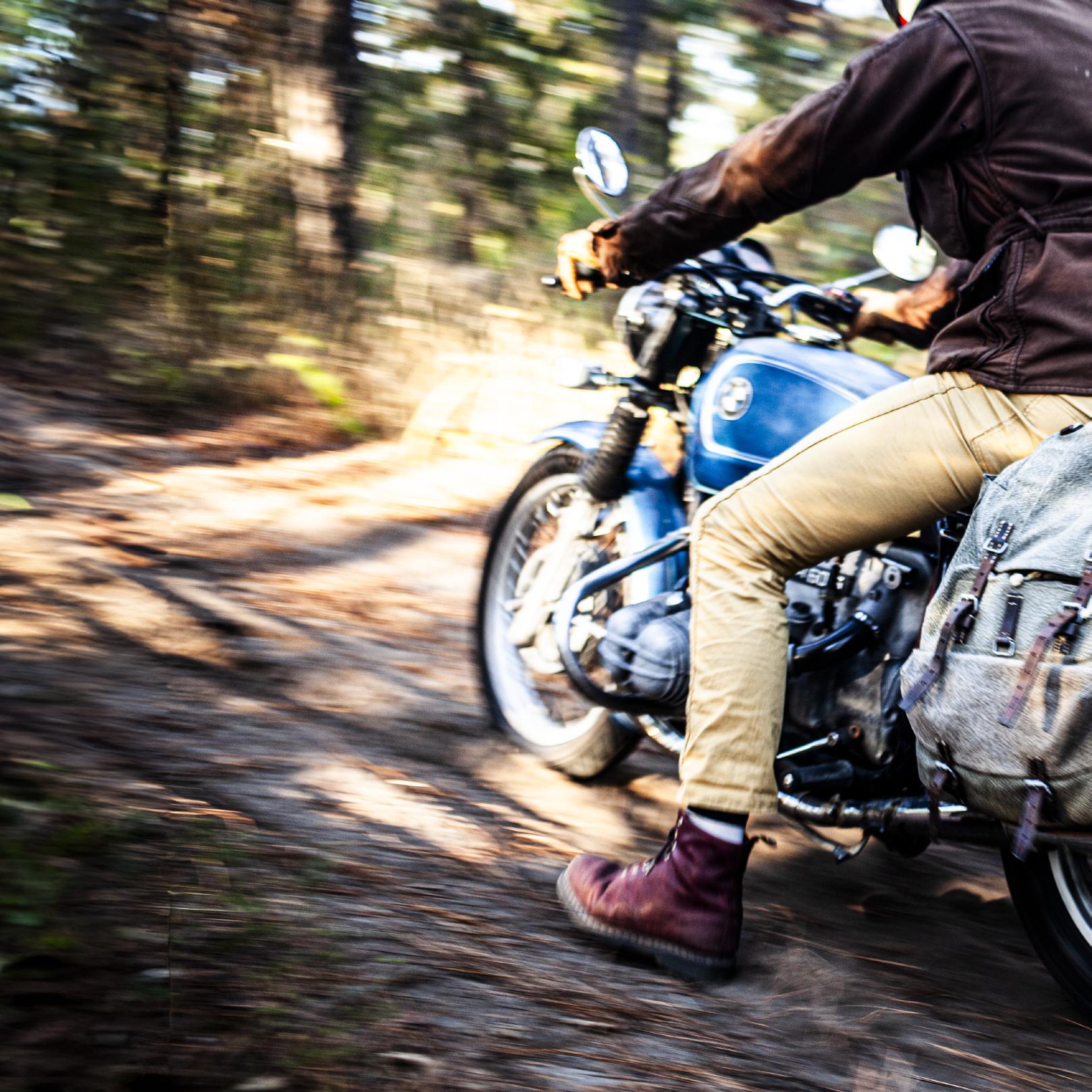
On a Sunday afternoon, my friend Sully and I took a ride north from
were not made for off-road riding, but we are.
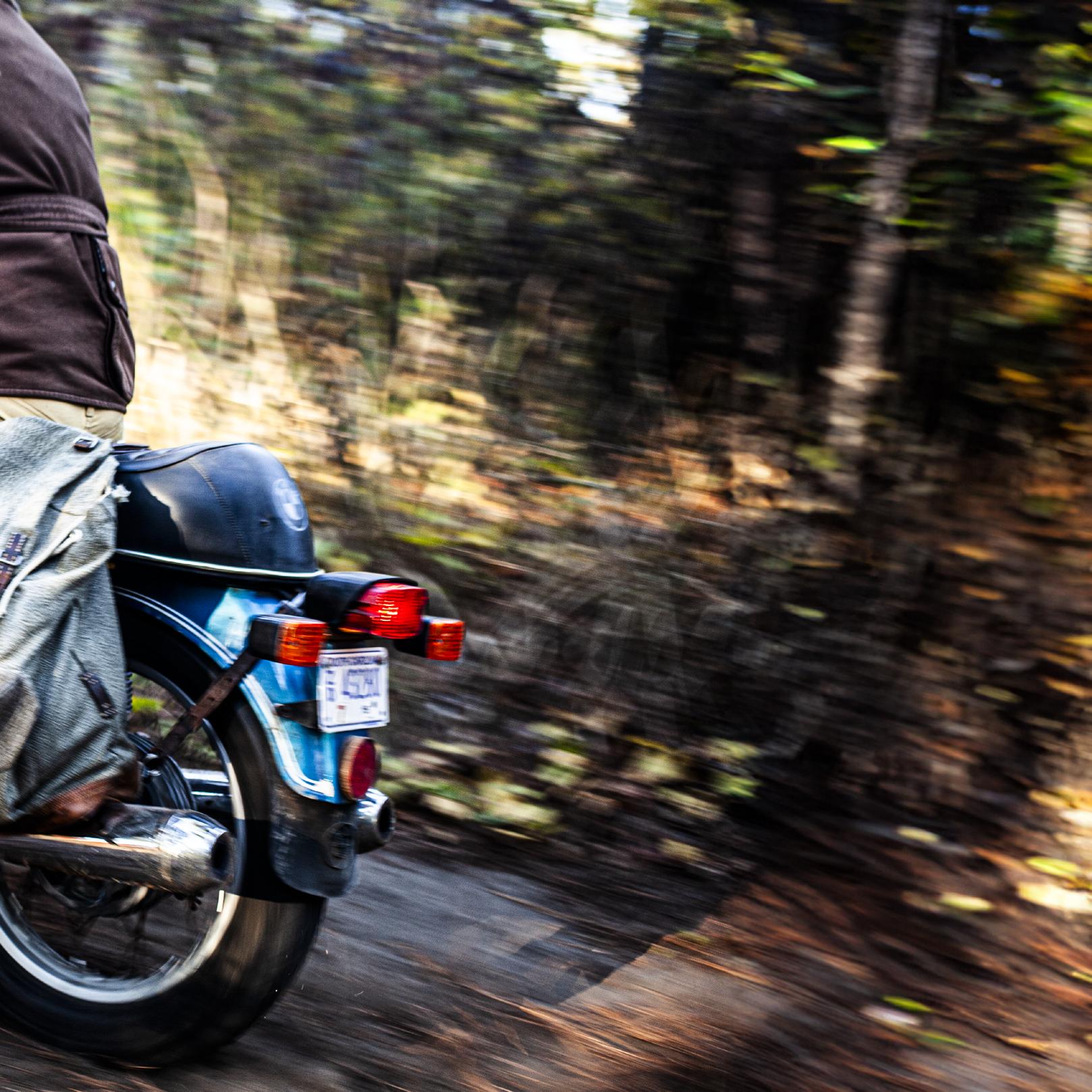
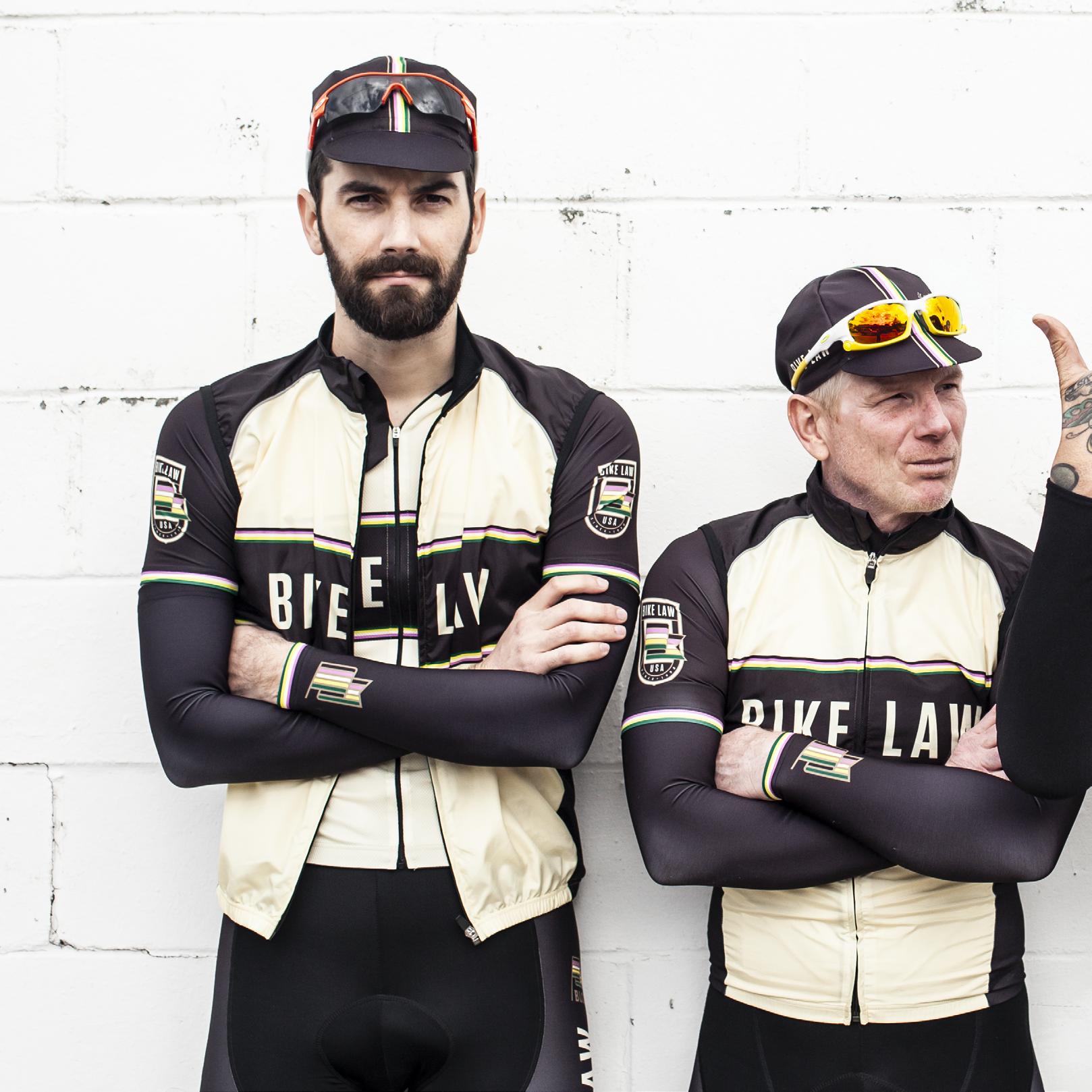

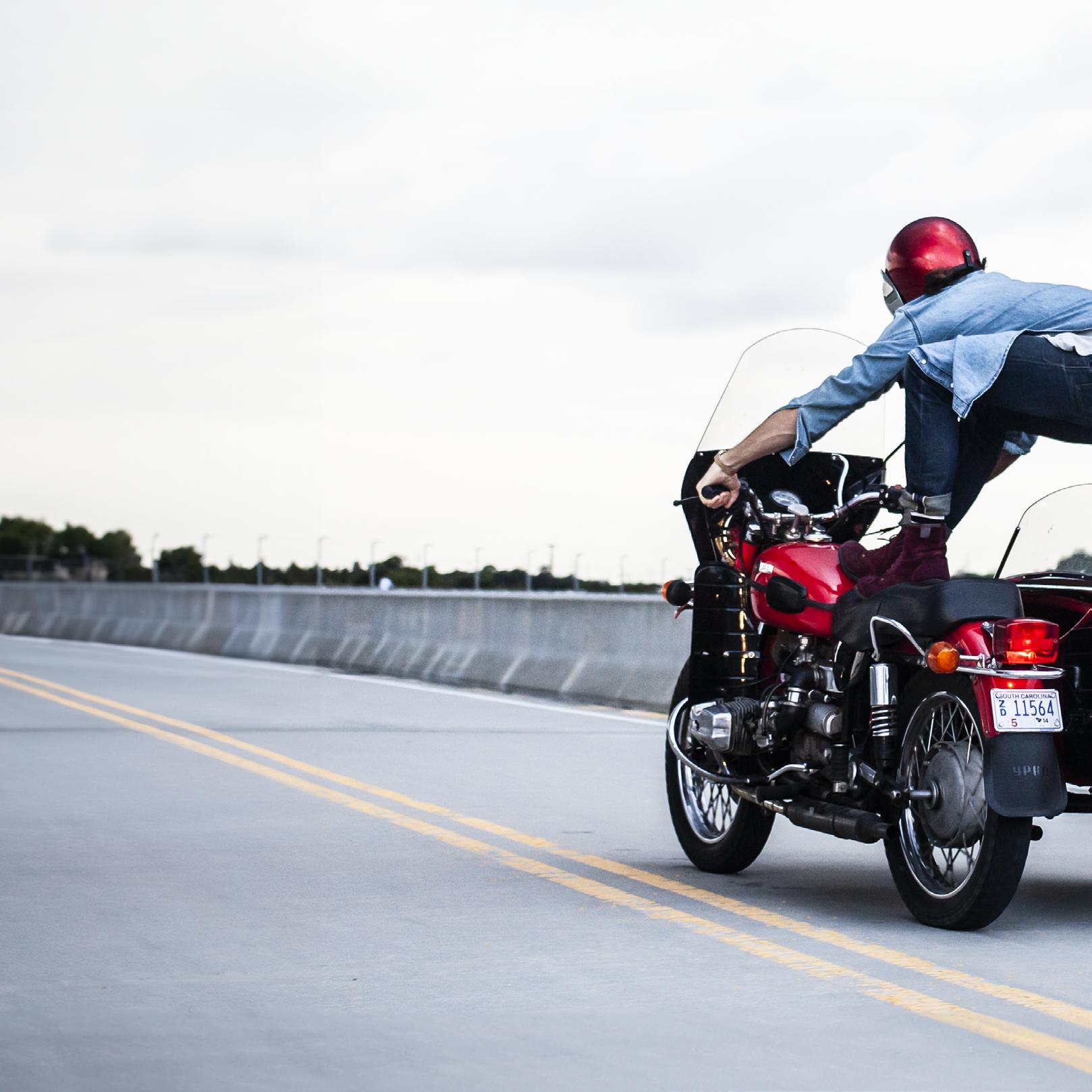
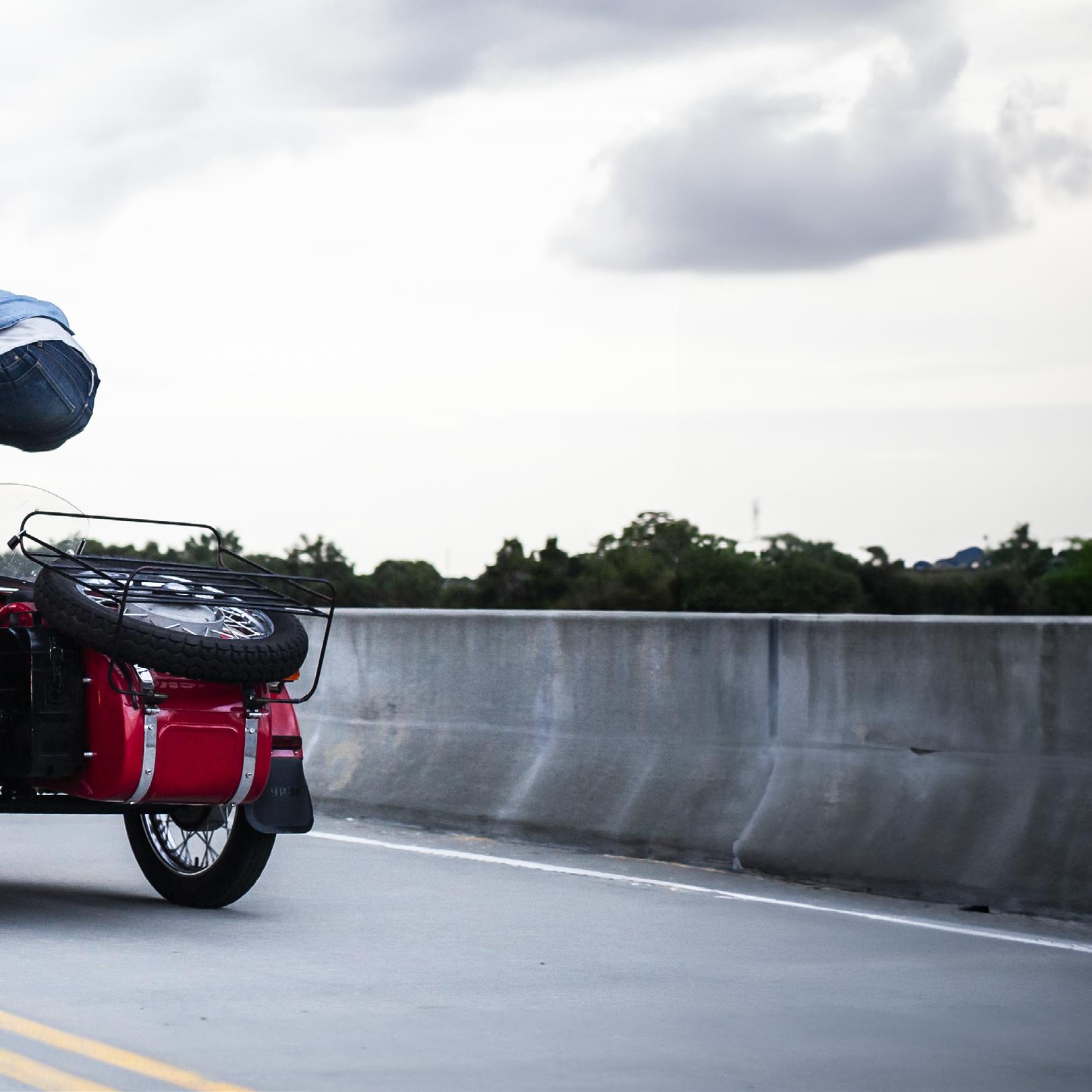
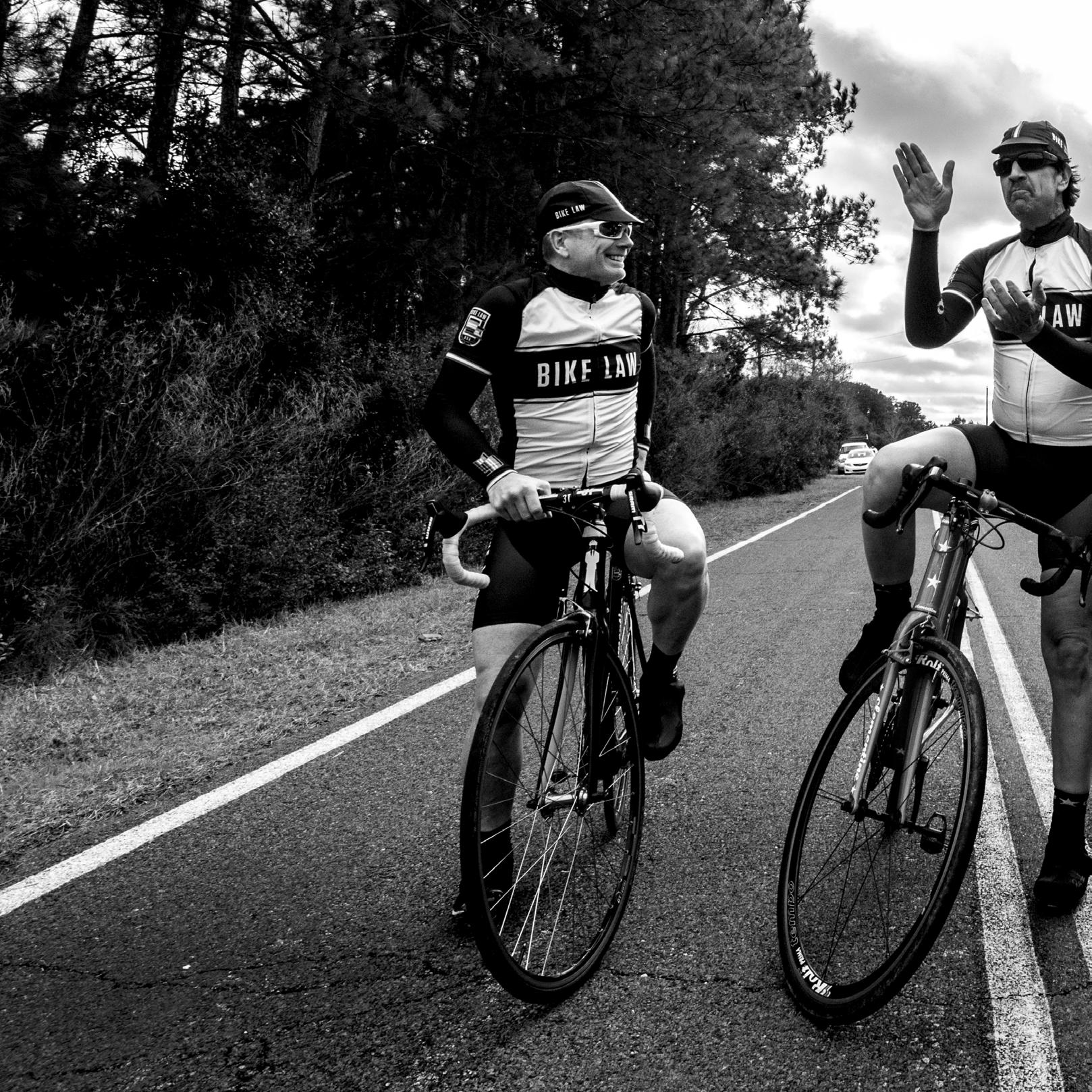
I’ve been cycling for years in Charleston and on this day I got some buddies to all wear matching kits so I could try and take some classic cycling photos.
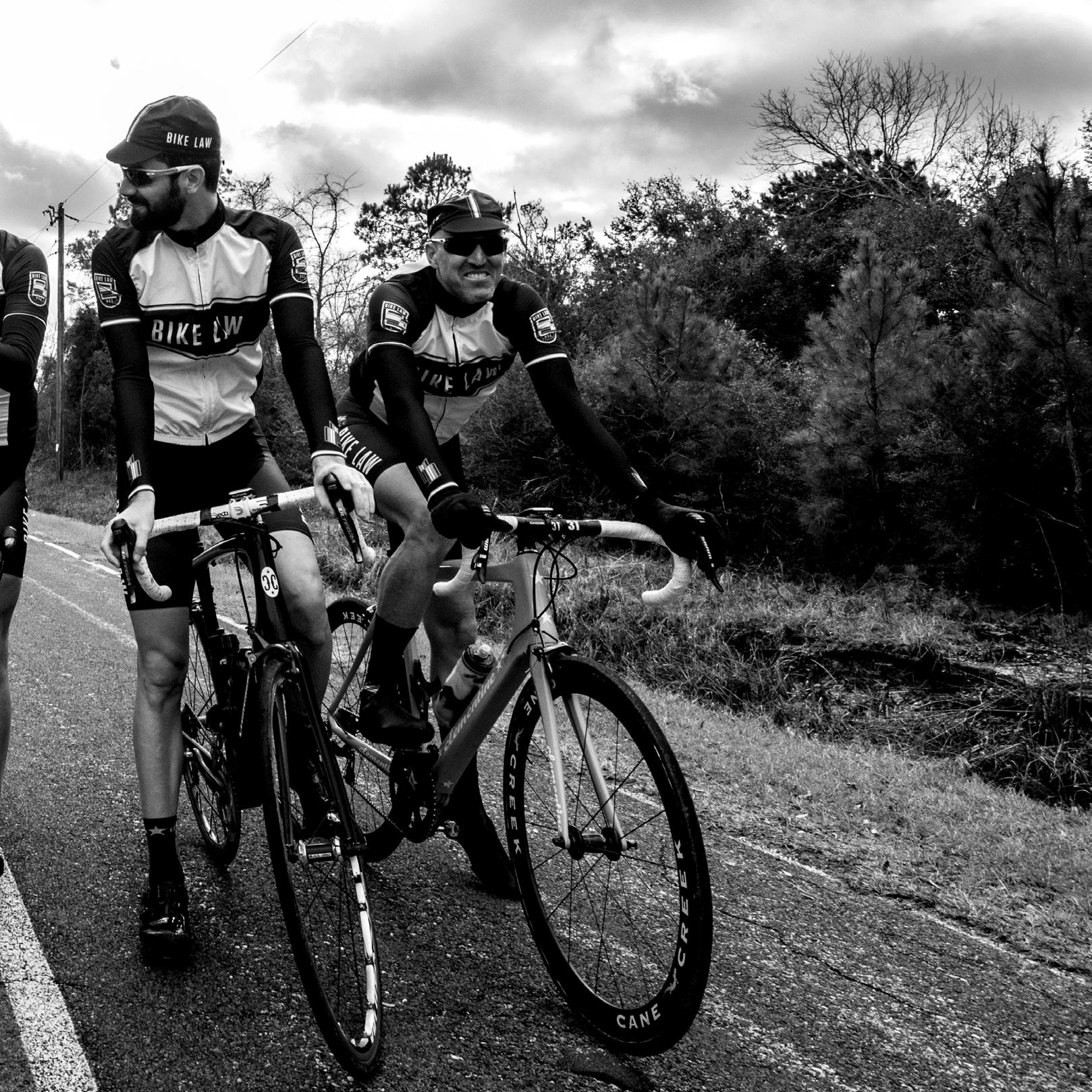
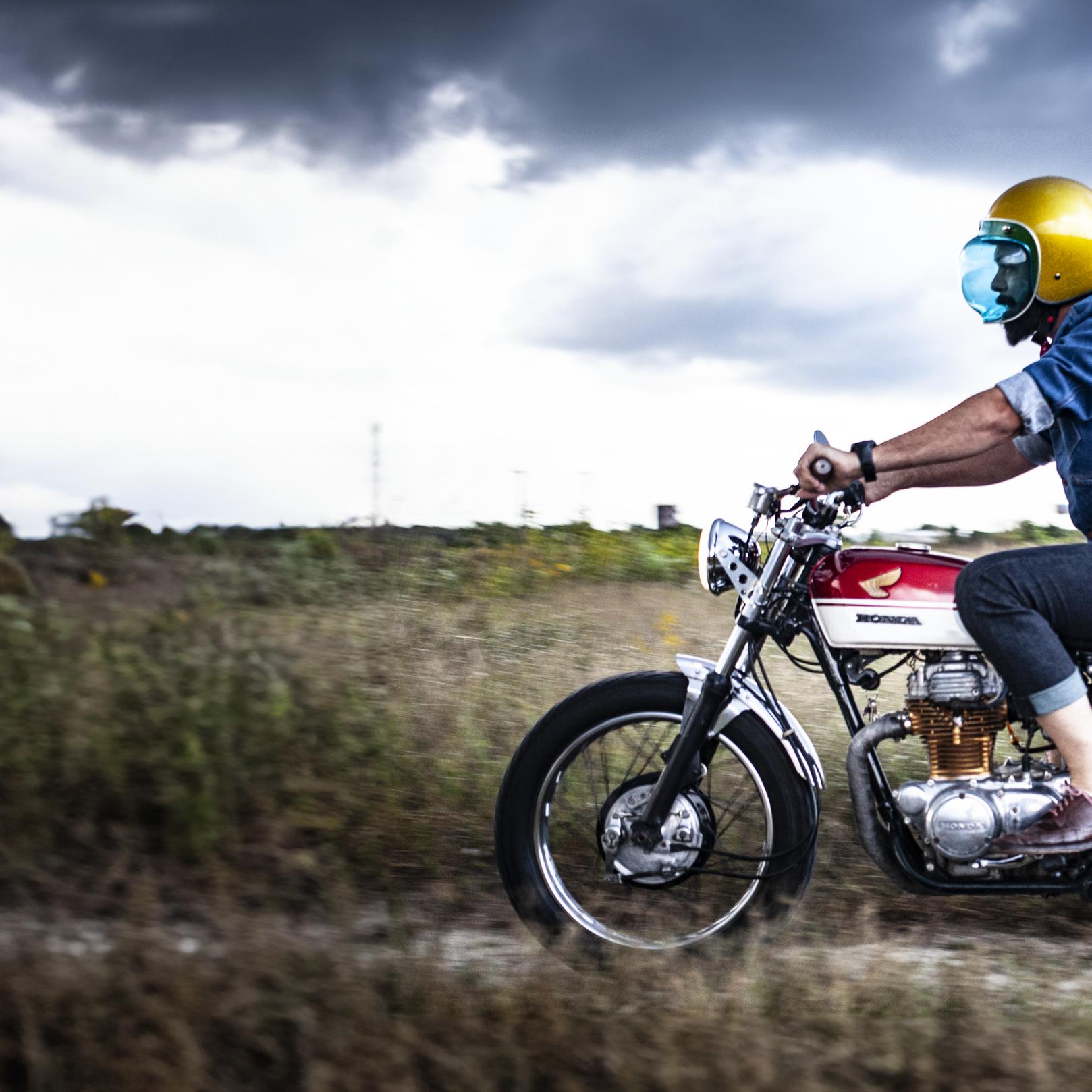
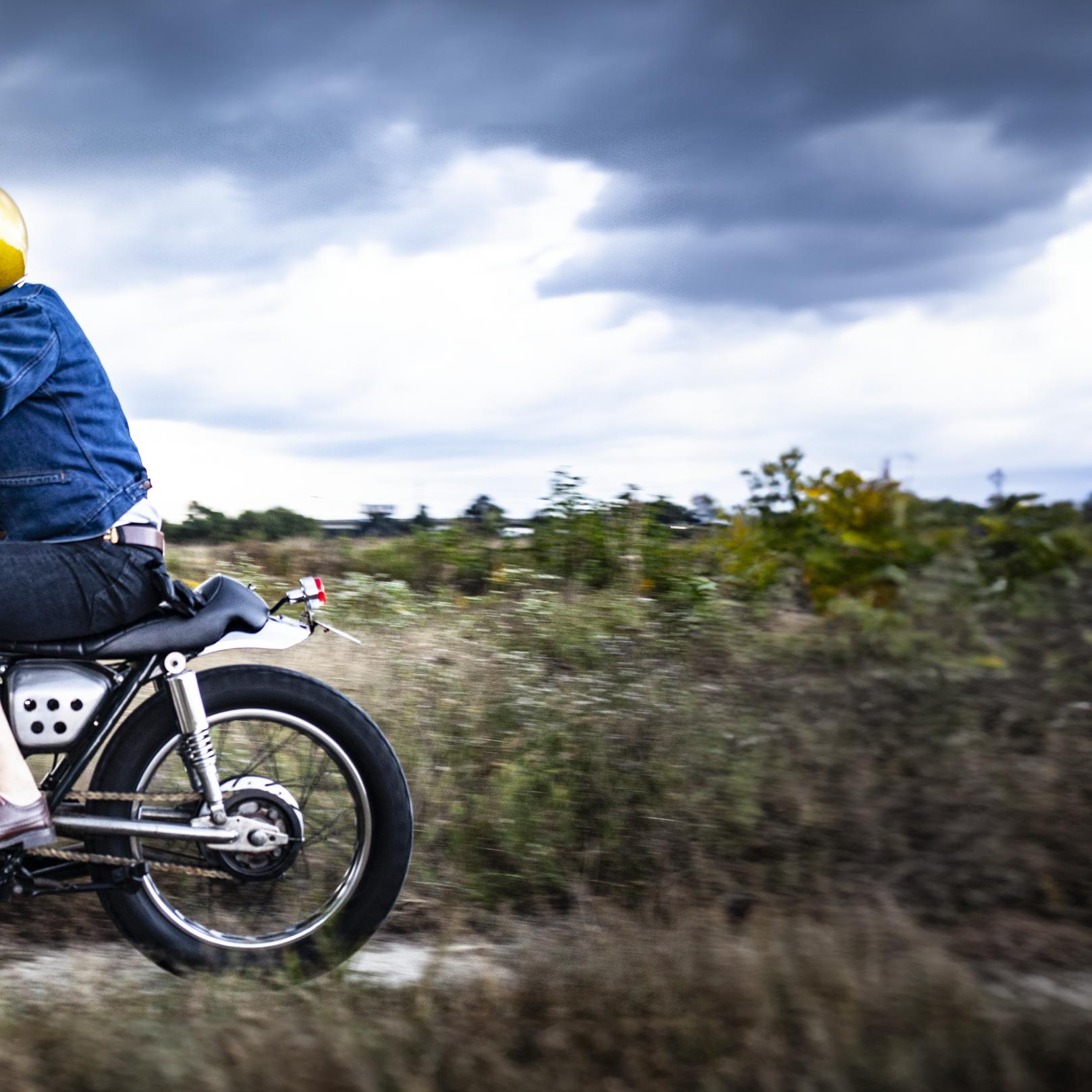
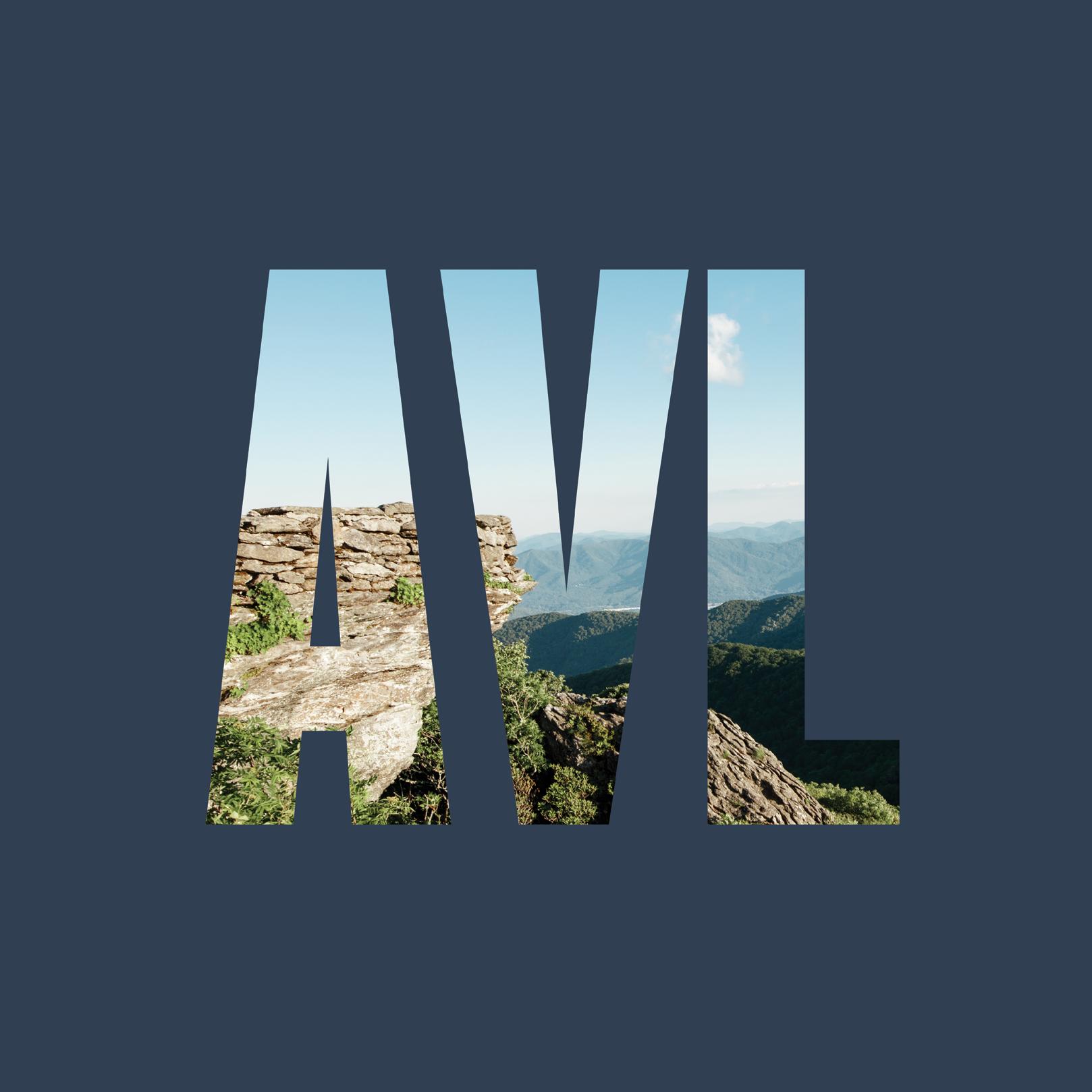
When we set out to find the next location for The Restoration, we weren’t looking for a city defined by its tourist attractions or historic landmarks. We were looking for a place that felt irrevocably authentic, through its people, the things they made, and the things they cared about. And that’s exactly what we found in Asheville.

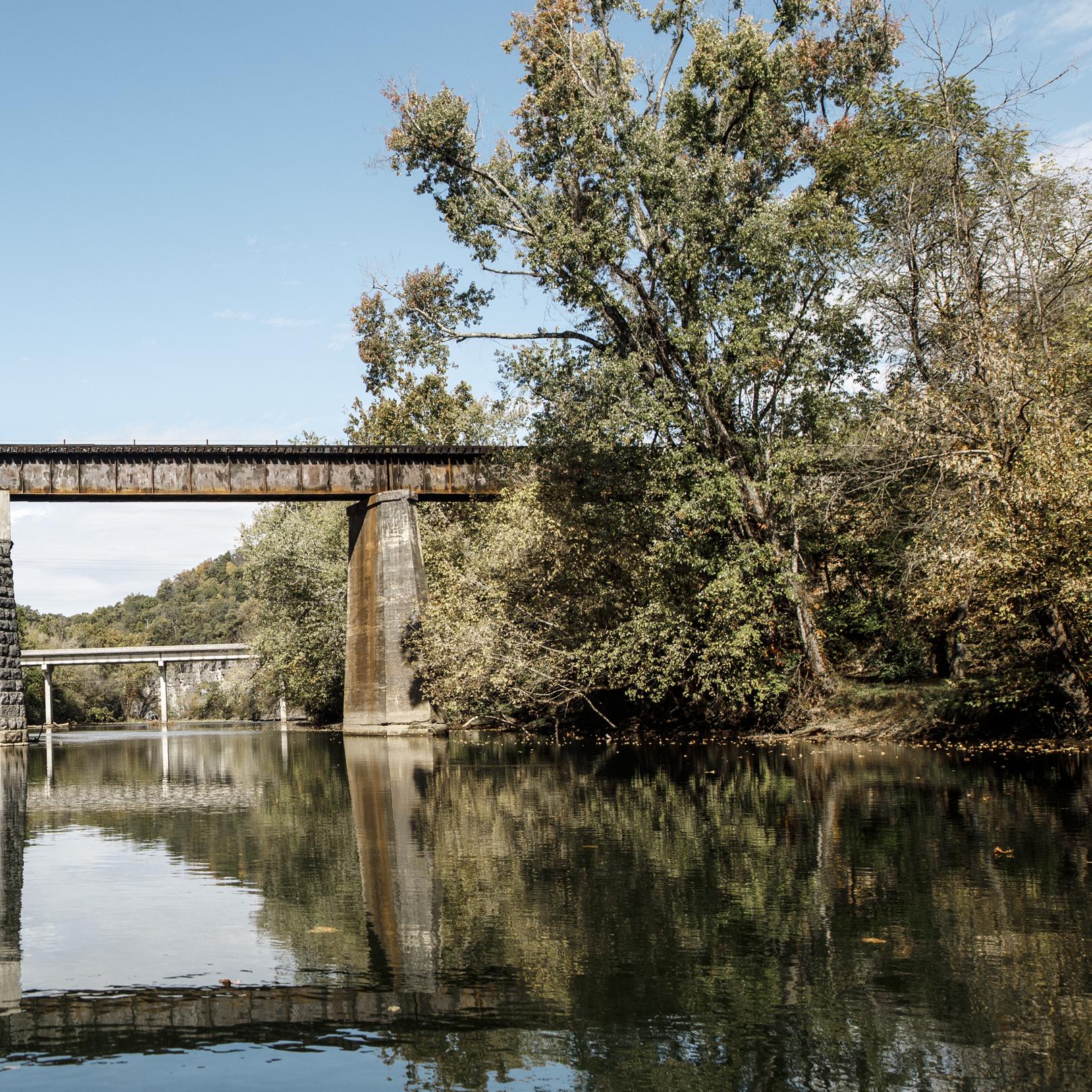

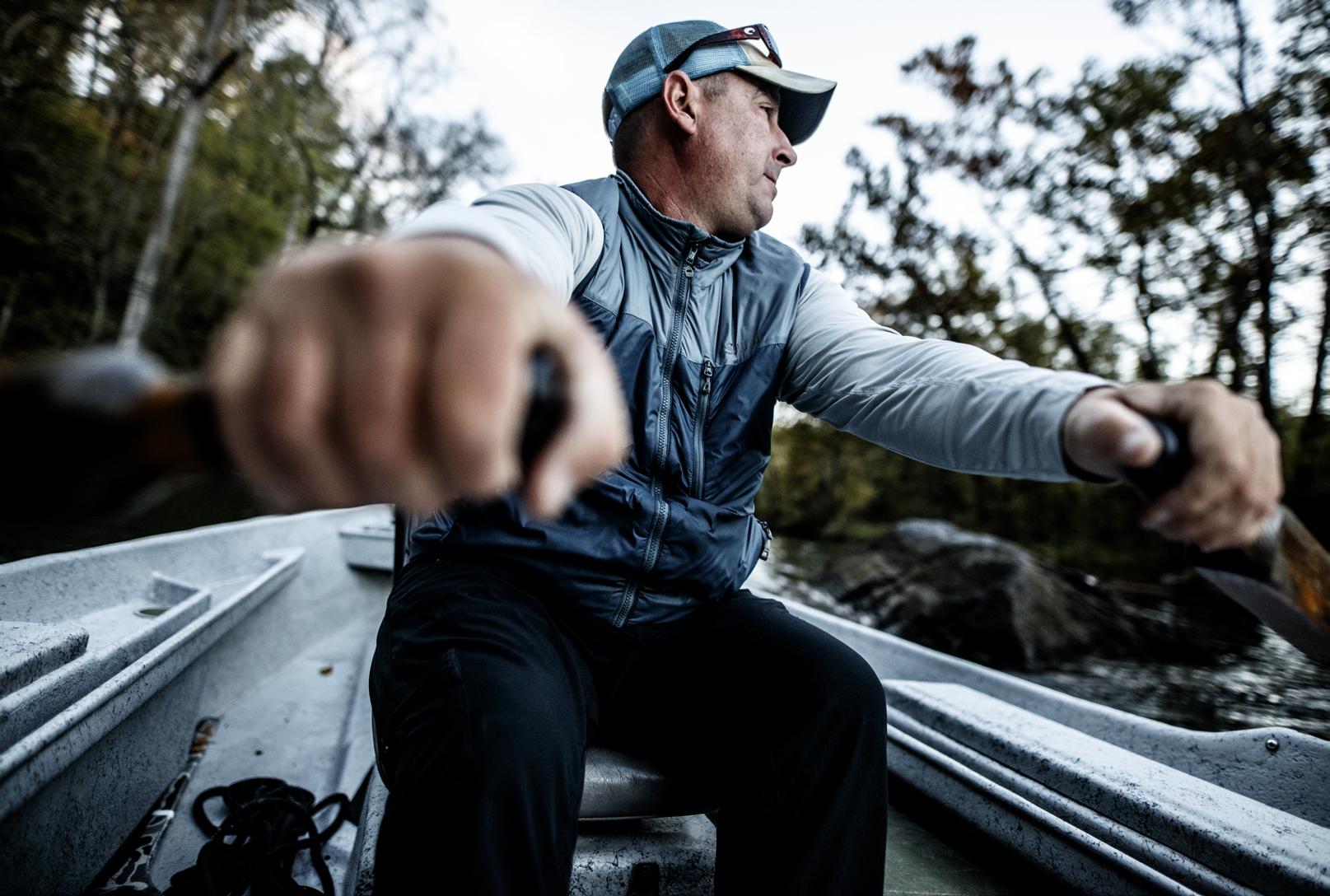
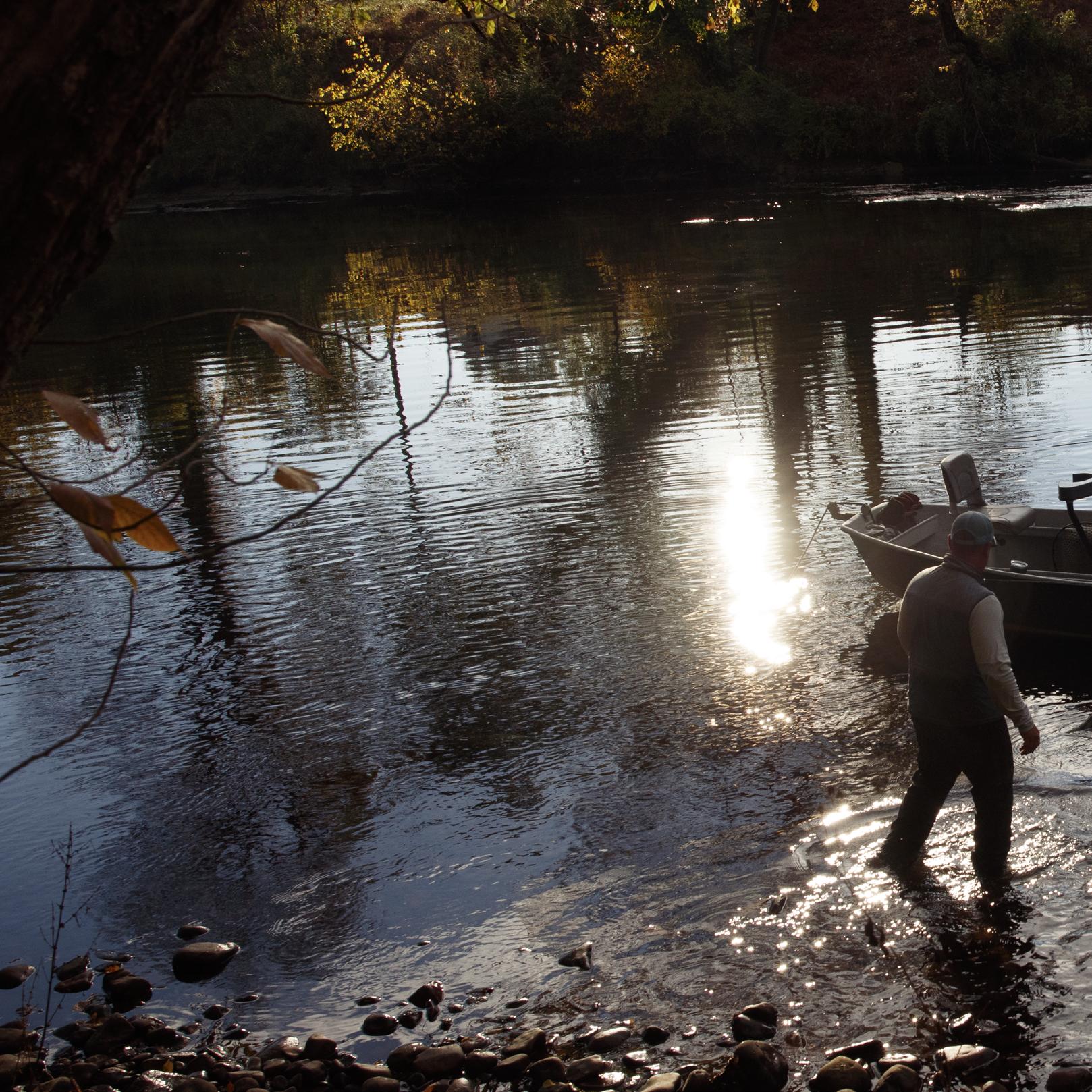
On an early fall morning, brisk and foggy, I floated the river with Hunter Banks Fly Fishing. Some areas were so shallow, we could easily walk to the bank.
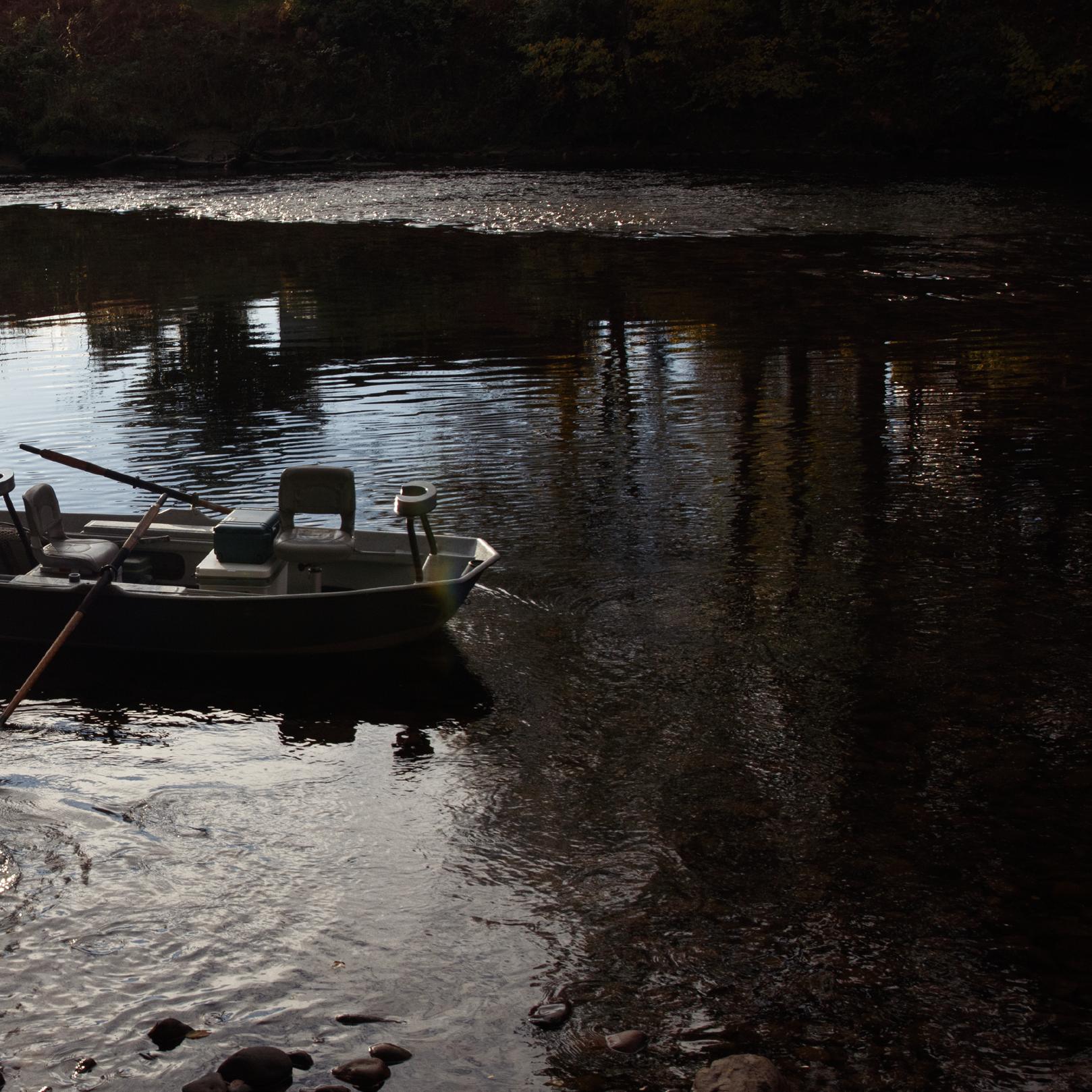

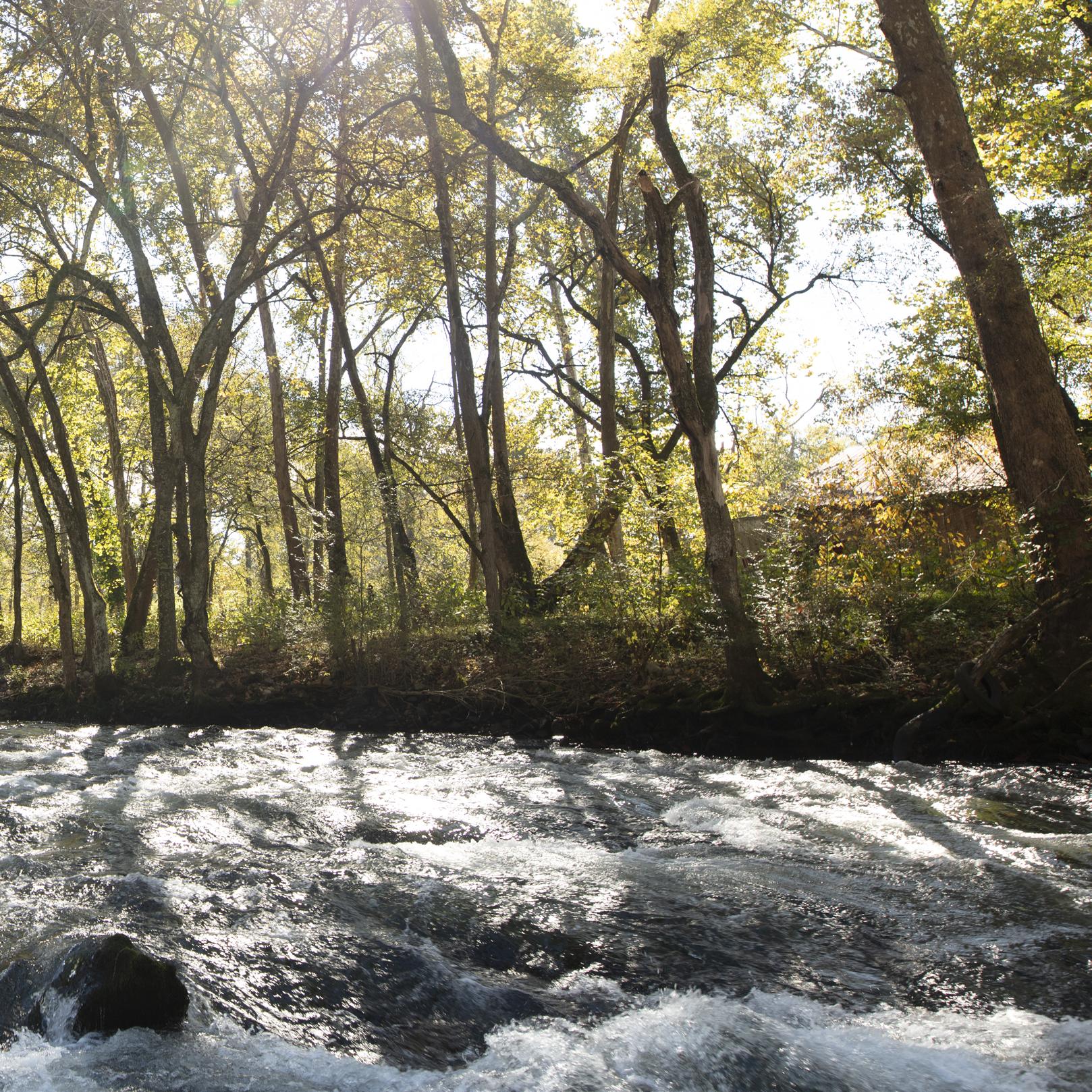
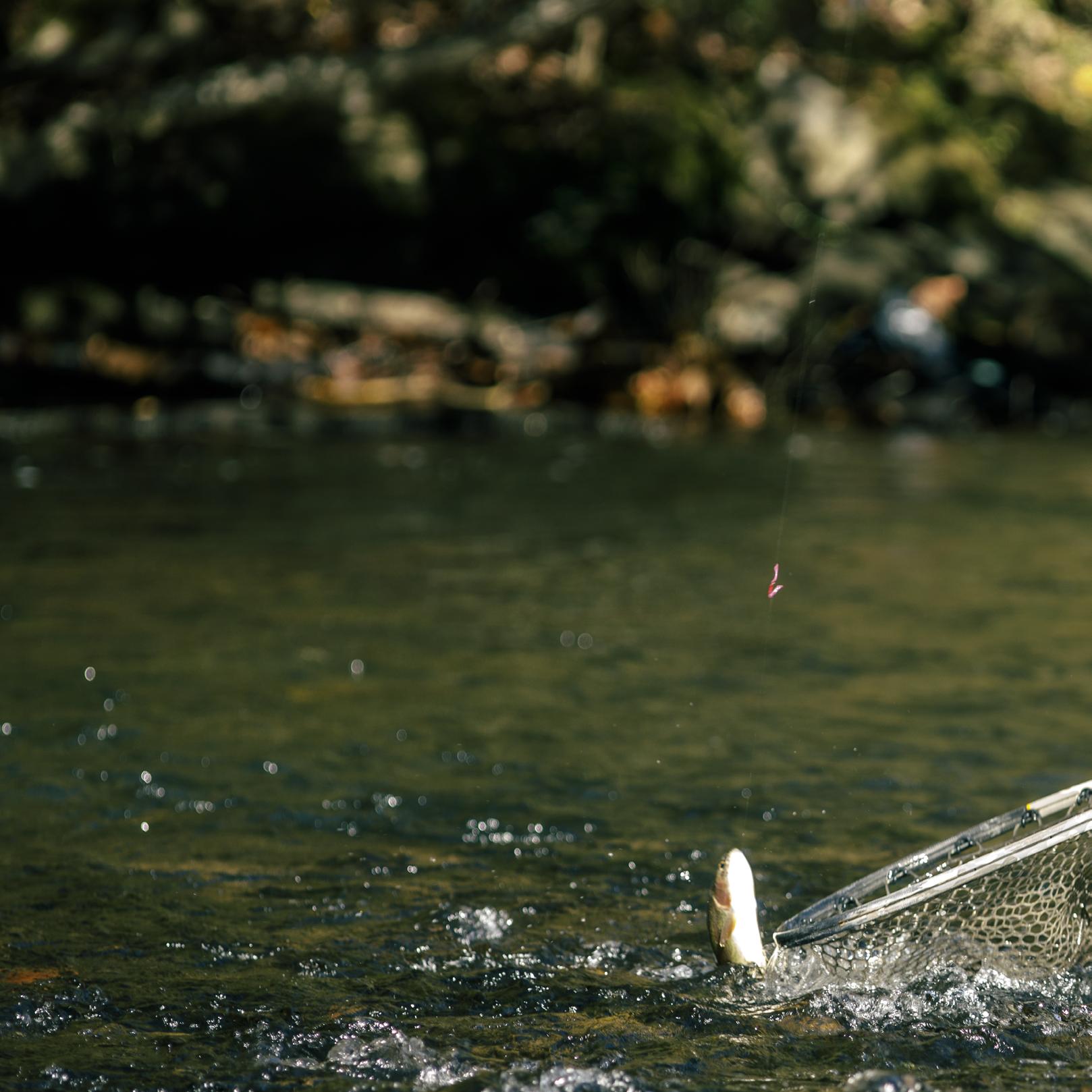
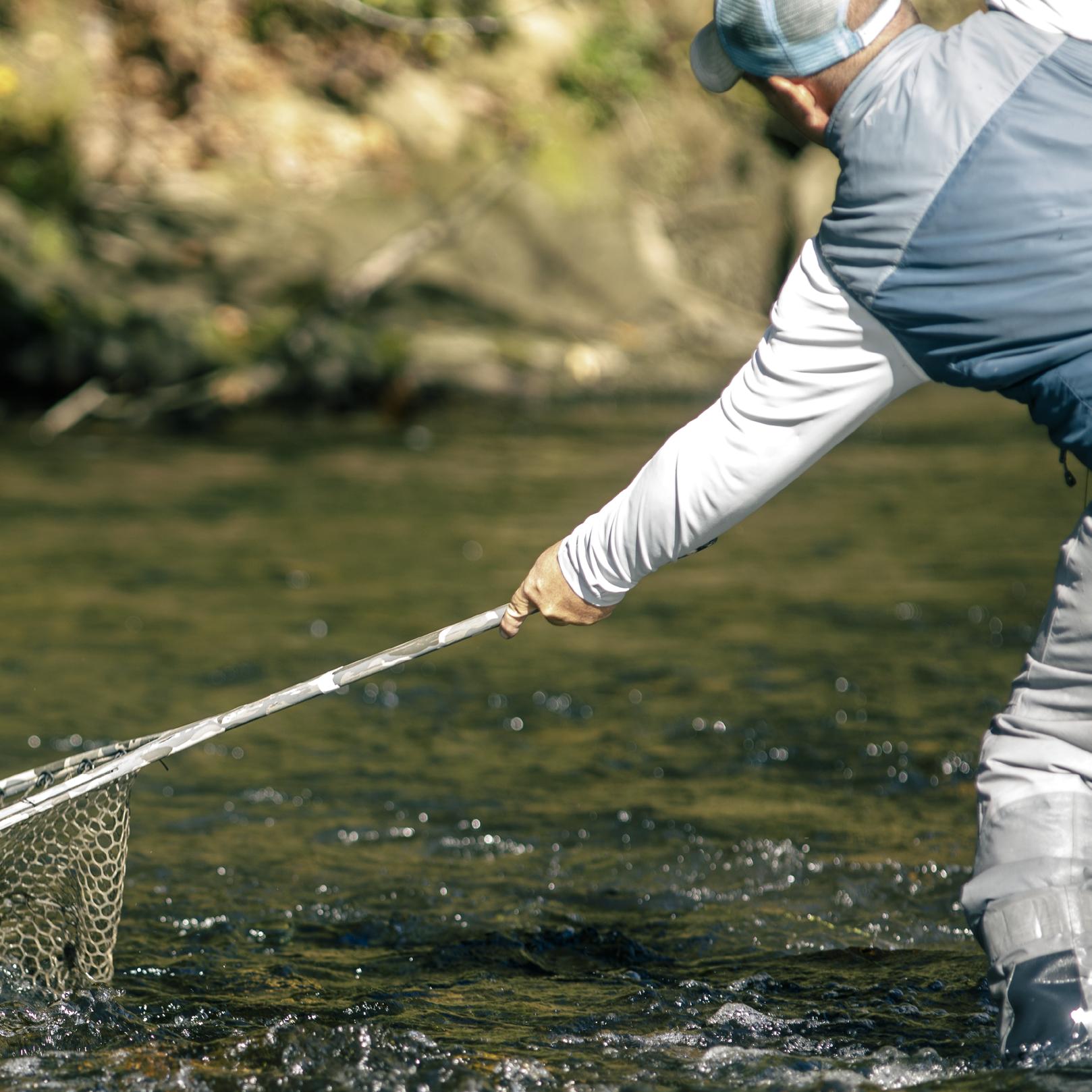
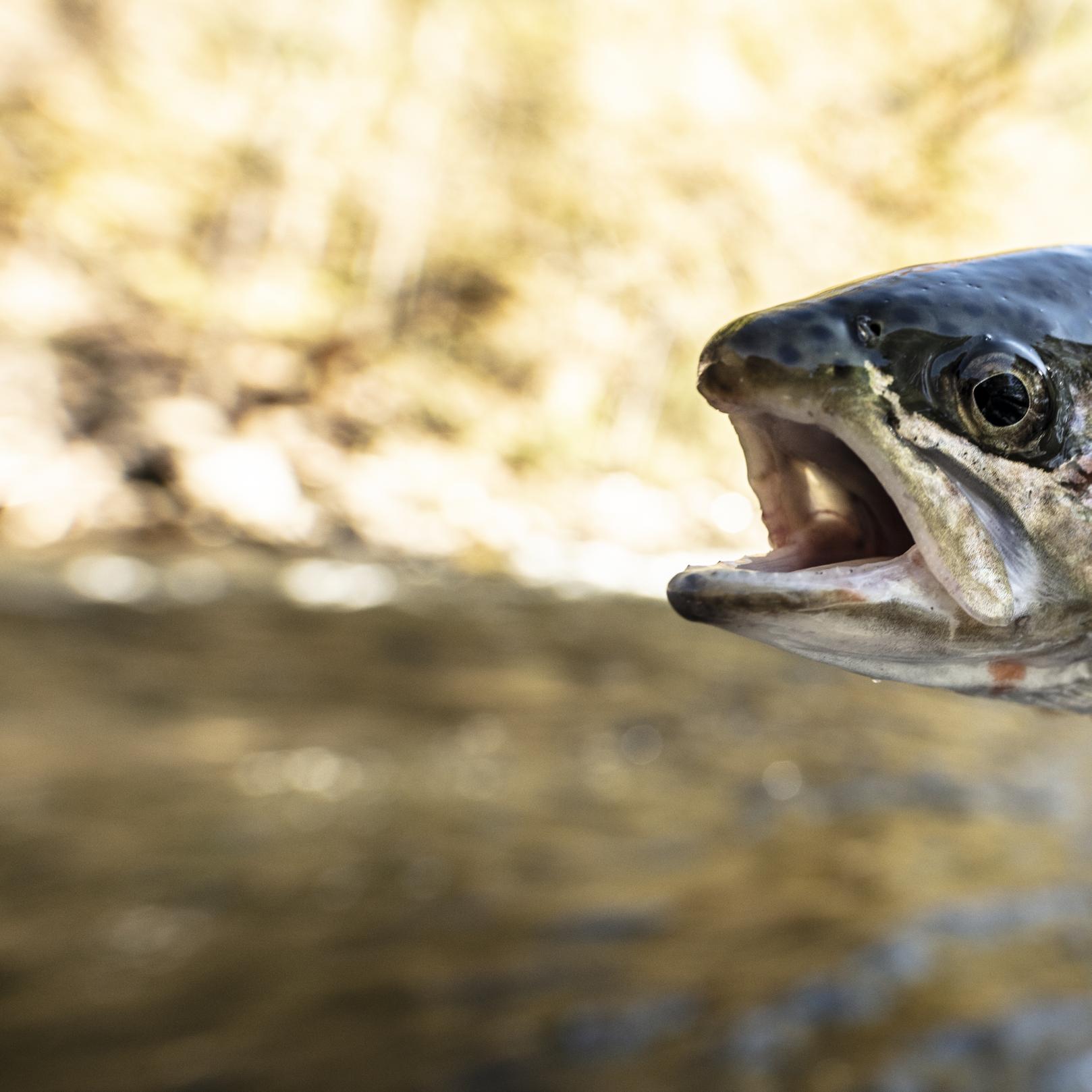
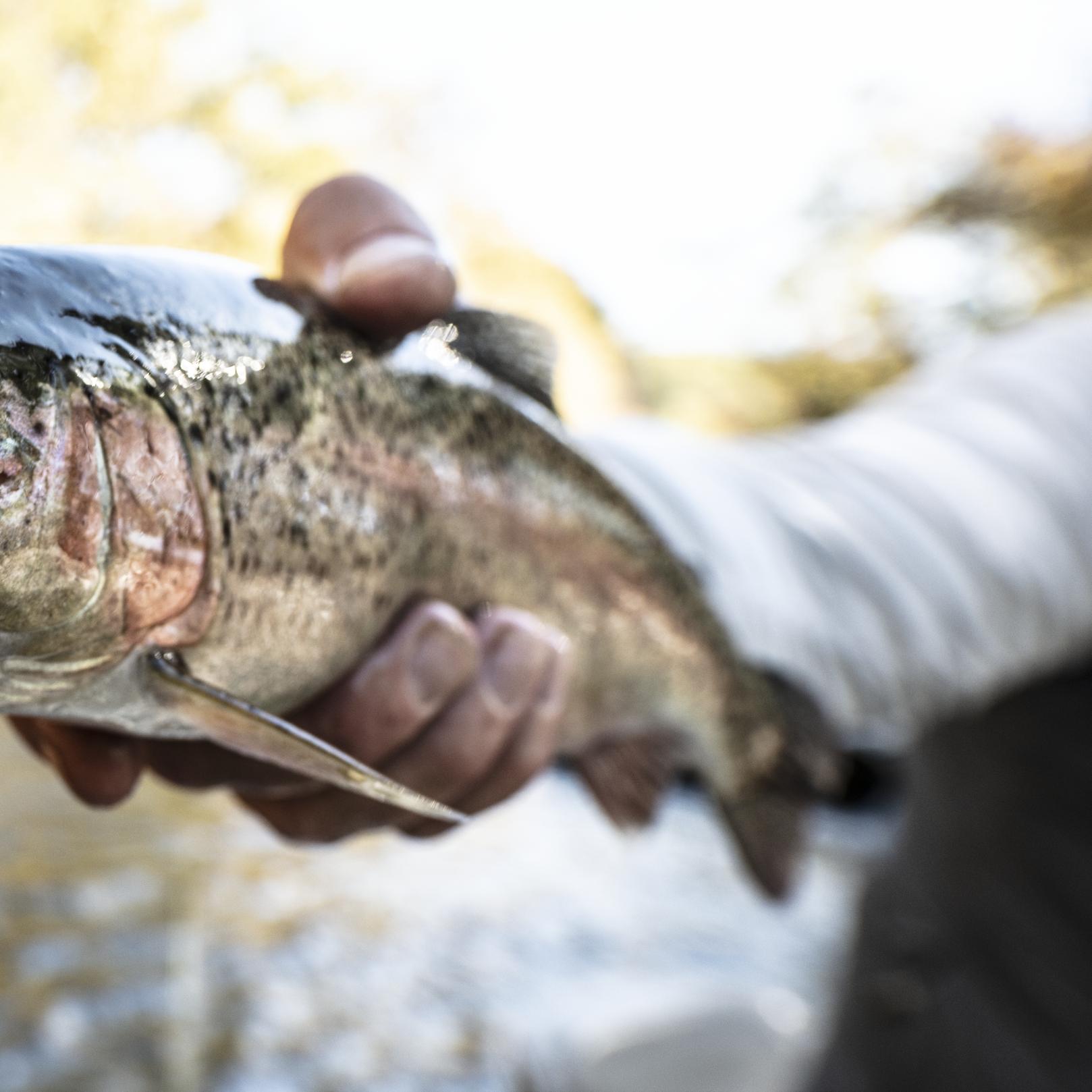
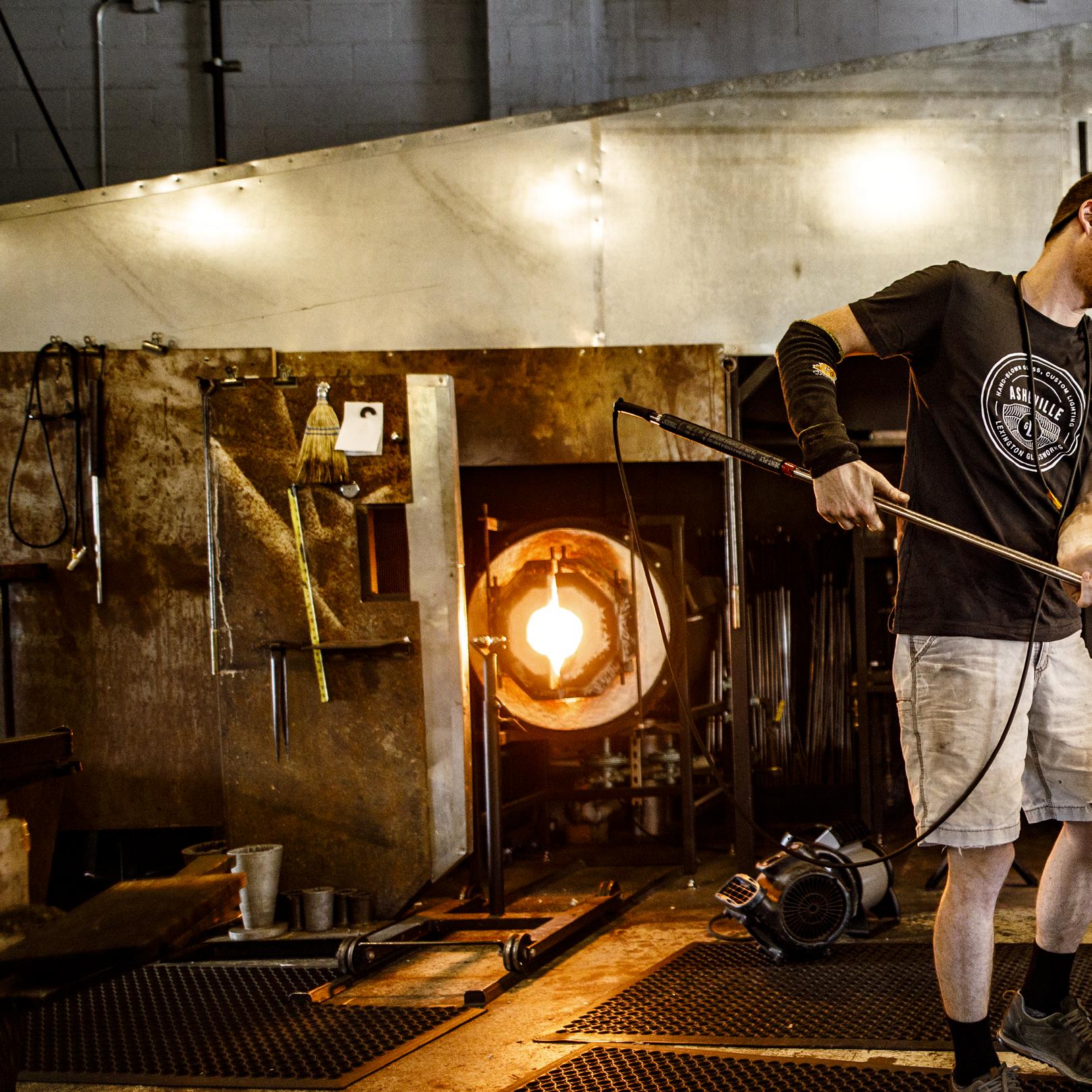
I visited Lexington Glassworks on Lexington Street to witness the hot glass take shape. The studio and store are set up to watch and shop.
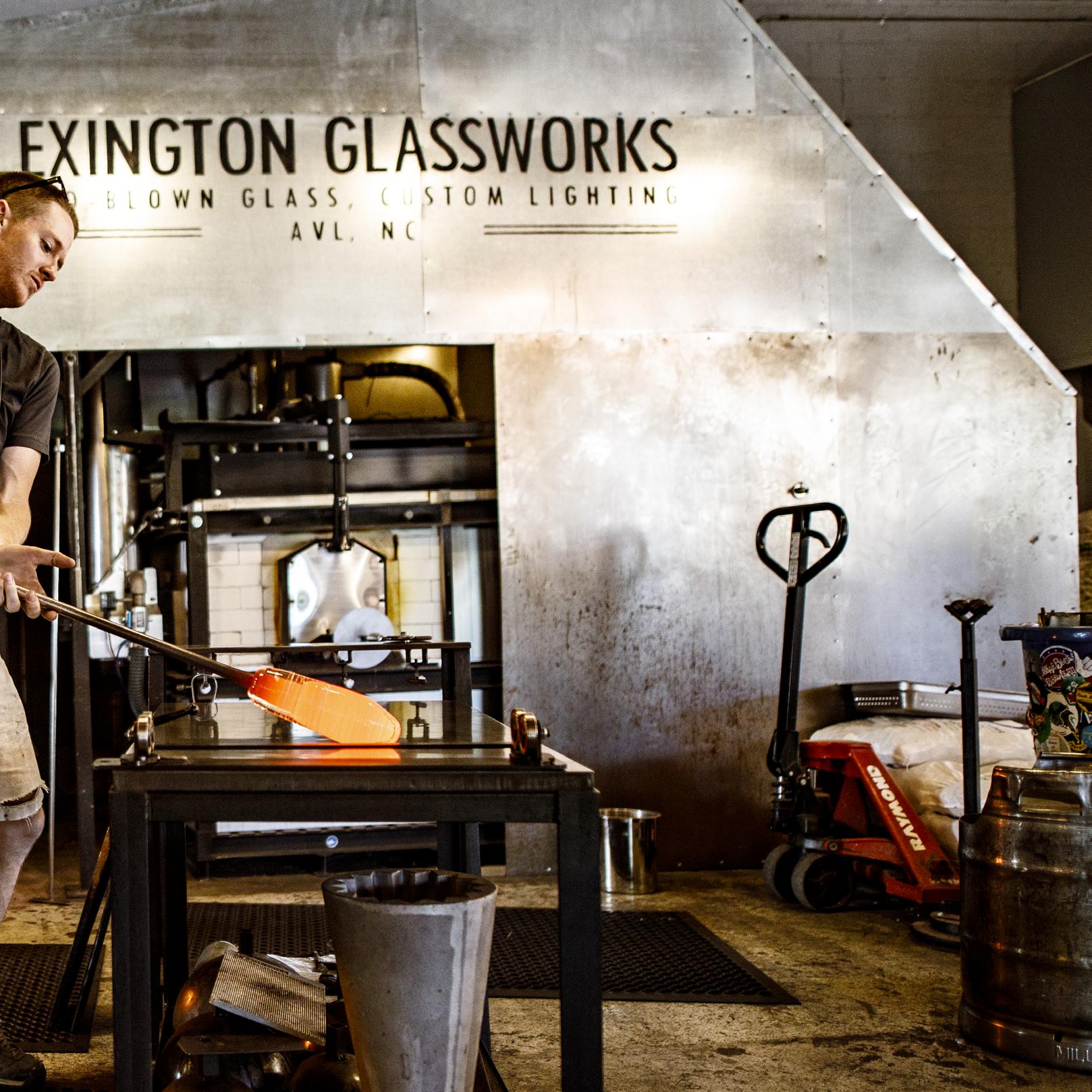
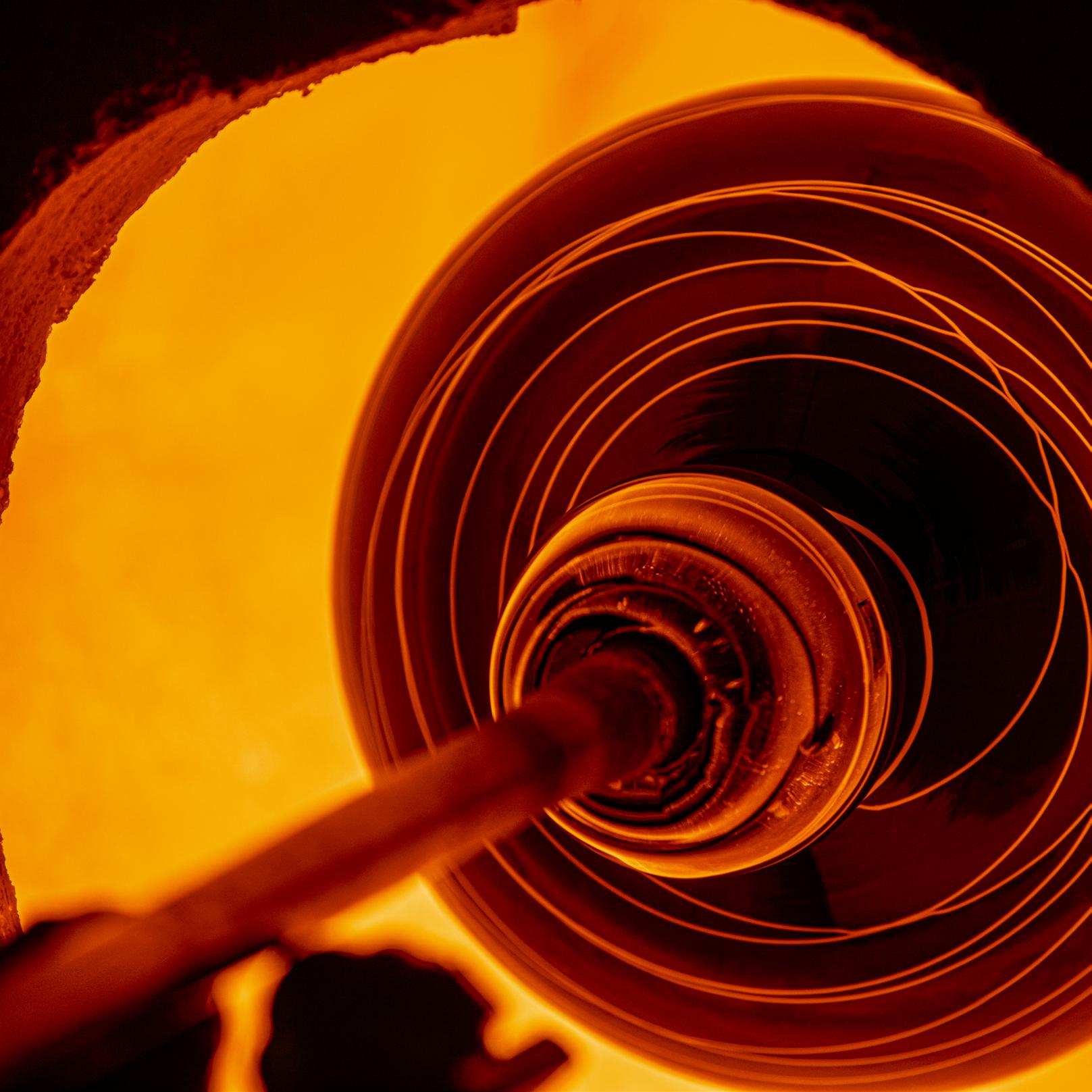

BECOMING RAD
Since its inception, Asheville has always been a place made for and by the artist. And no area is more evident of that fact than the River Arts District (RAD). Before this mile-and-a-half section of Asheville became a mecca for artists, outdoor recreation, and craft beer, it was the city’s first industrial hub. It began in 1879, when the Western North Carolina railroad expanded into Asheville, connecting it to major cities like New York, New Orleans, and Savannah. The area thrived until the 1916 Flood that virtually wiped out the area, leaving behind the bones of old factories and warehouses in its wake.
It wasn’t until 1985 that the earliest artists moved into RAD, attracted by the lower cost of living and the space to create. Ten years later, Odyssey Center, a gallery for the ceramic arts, hosted its first “Studio Stroll,” inviting people into the rarely visited industrial area to come and observe the artists at work. After a successful first four years, it was turned over to an artist committee that called itself River District Artists.
Today, over 280 artists work in RAD and they all keep individual schedules and studio hours. There are no official “Open Hours” for the River Arts District, but at any given time you’ll find a multitude of open studios and galleries waiting to be discovered.
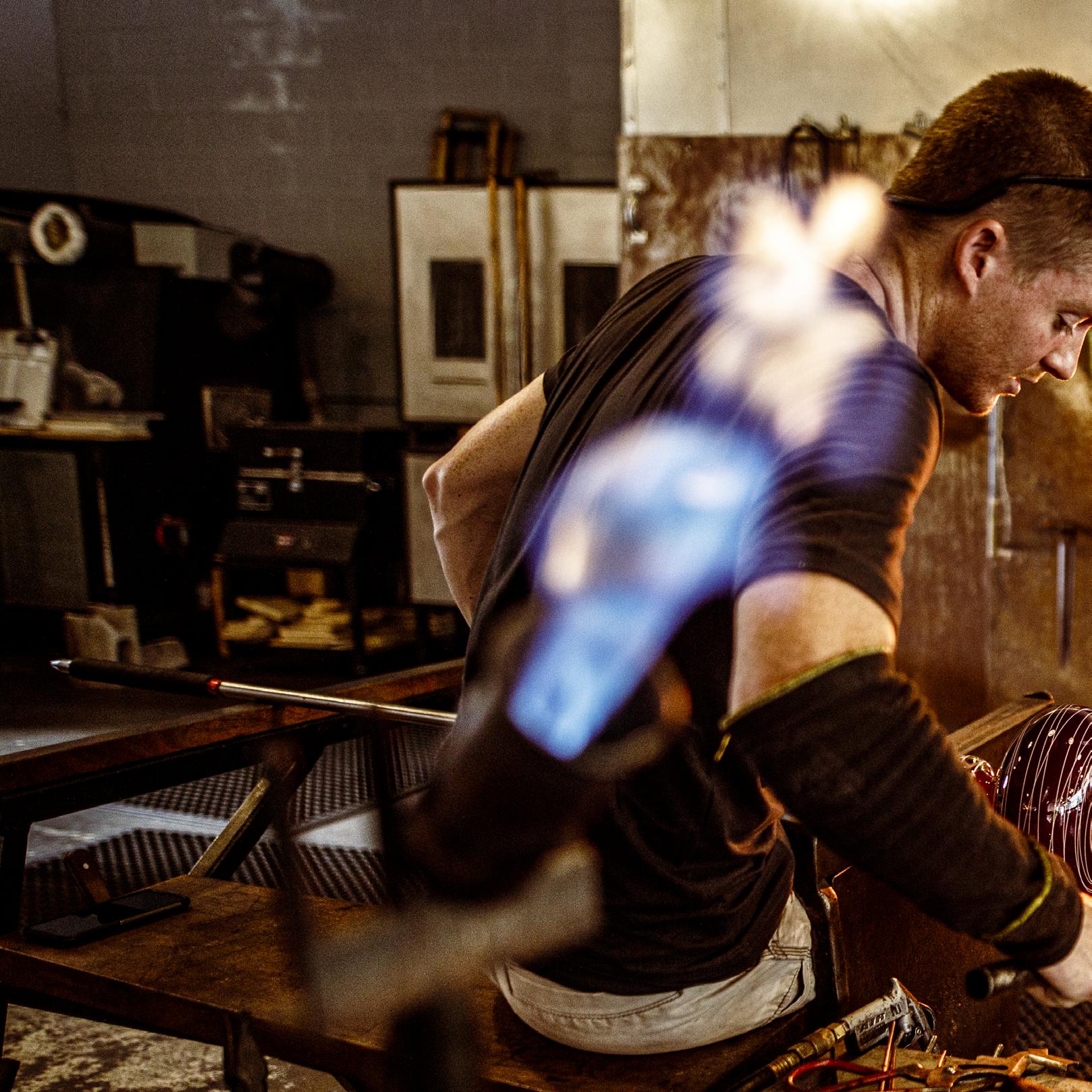
Billy Guilford took time to explain his process and was patient for me to get the right angle. The precision work also had a soulful feeling about it. I think he must be connected to what he creates as he feels the heat and sweat dripping.
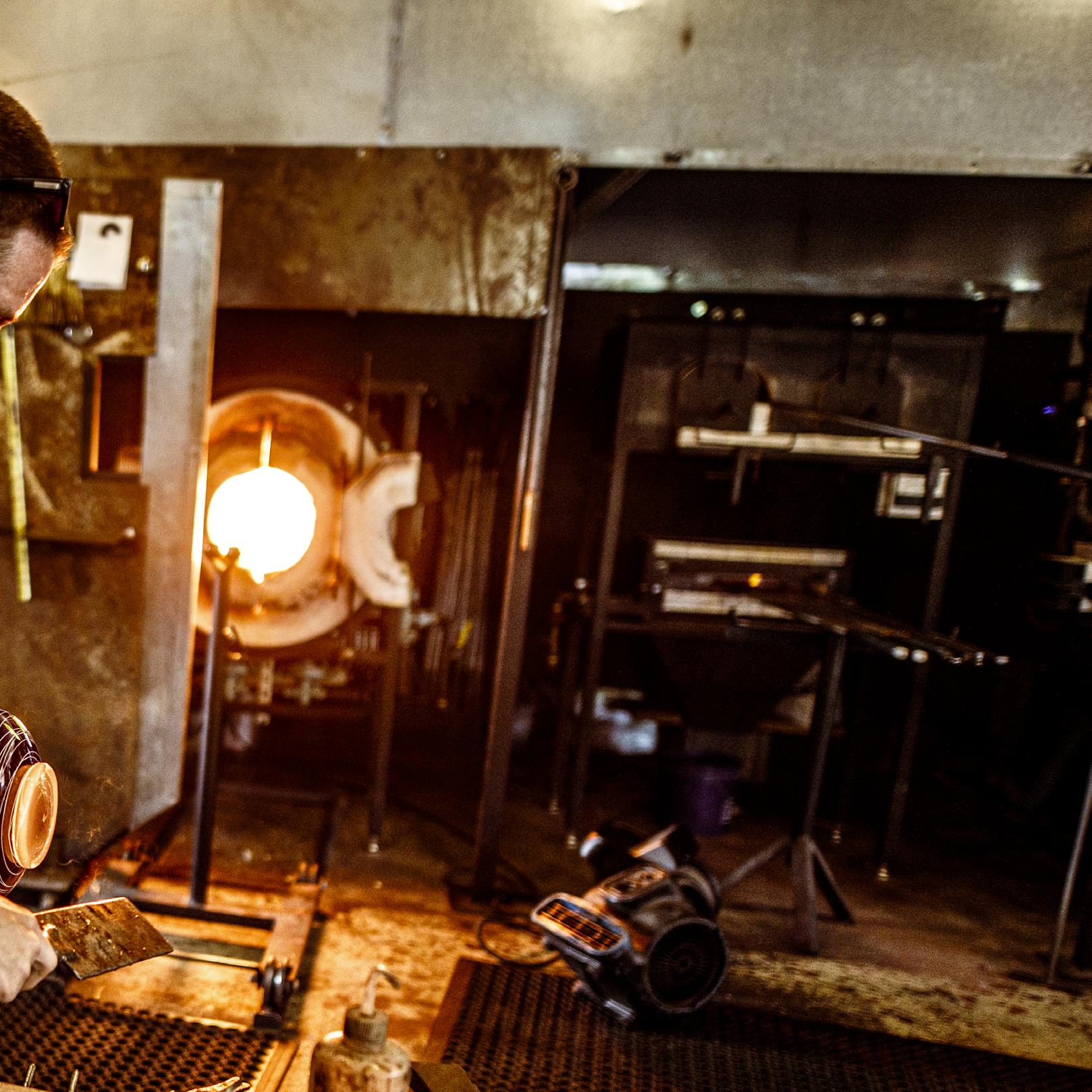
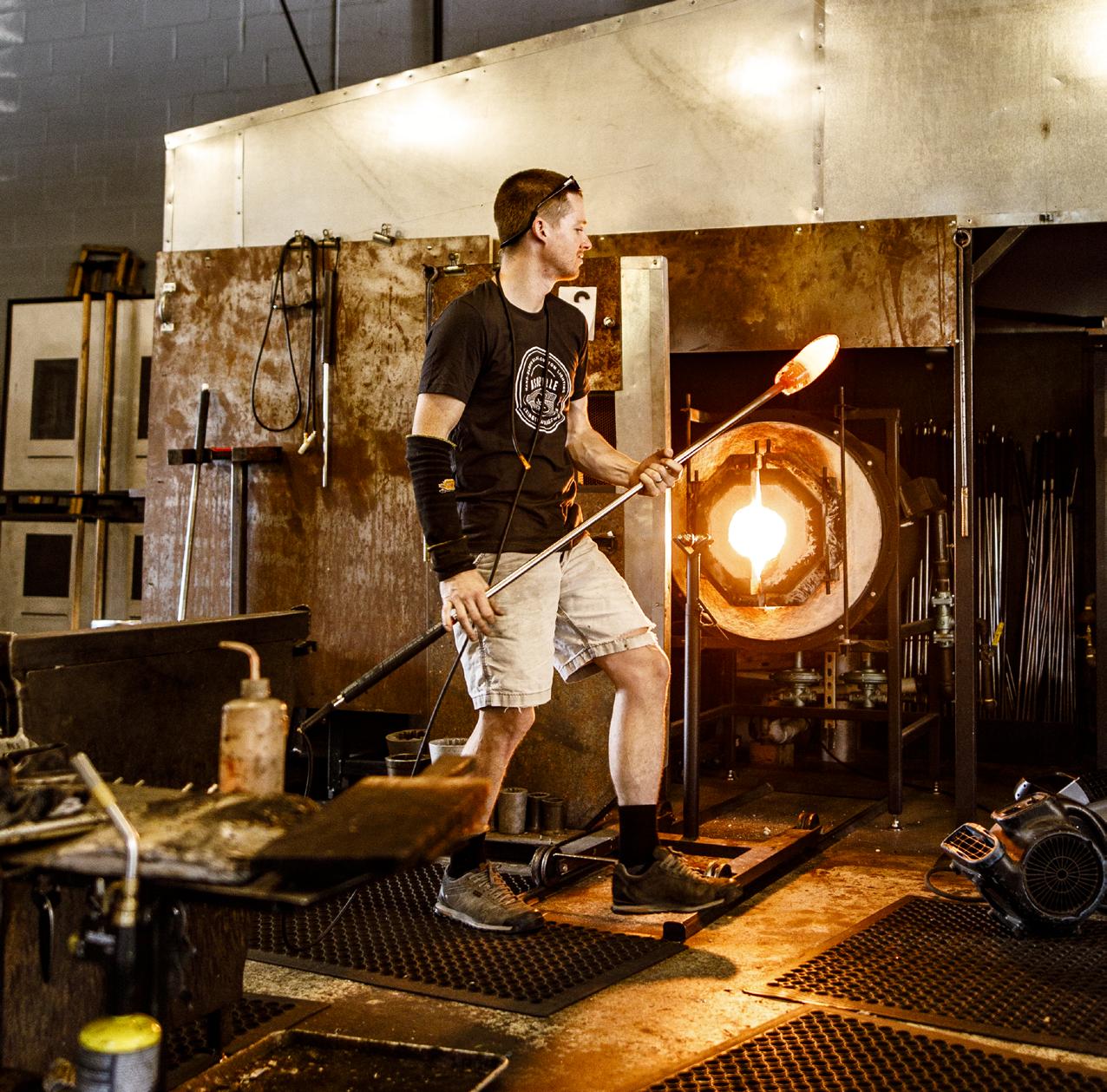
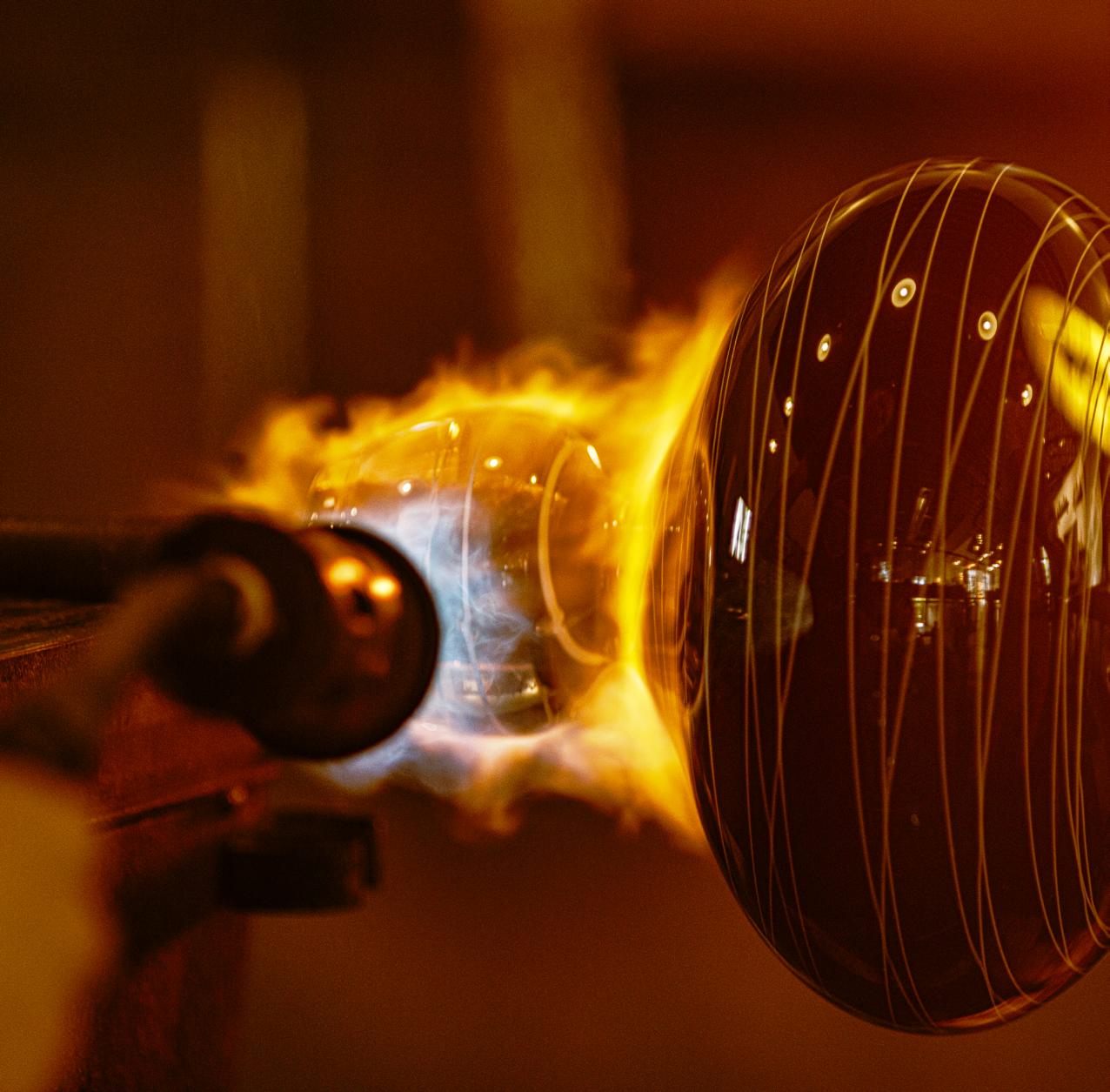
After a rowdy Friday evening drum session, this flag-toting man took to the streets. He was quite aware of my camera all evening.
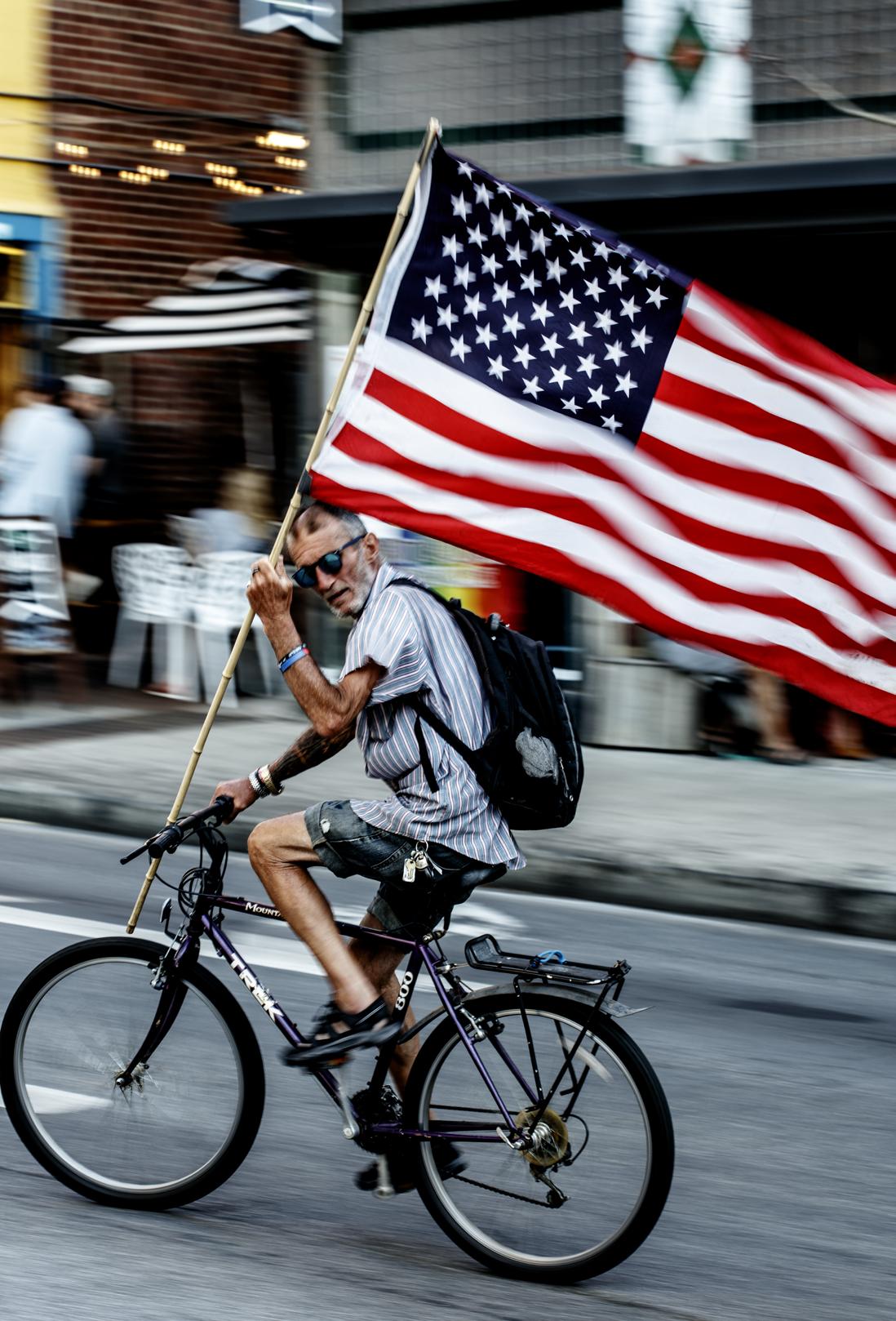
Anyone who’s driven through Asheville, North Carolina has likely noticed the old silo located by the water in the River Arts District with “Stay True” graffiti artfully across the front. The art piece has become a staple image of Asheville, and its history and inception have become an iconic spot for locals and visitors.
Located near White Duck Taco on Roberts Street, the mural was a collaboration between local muralists Ian “The Painter” Wilkinson and Ishmael. For five years, its front read “Good Vibes” before being continually updated by the two artists to reflect the current mood and spirit of the city from “Stay Home” during the pandemic to the quintessential “Stay Weird”—a testament to the city’s free-thinking spirit.
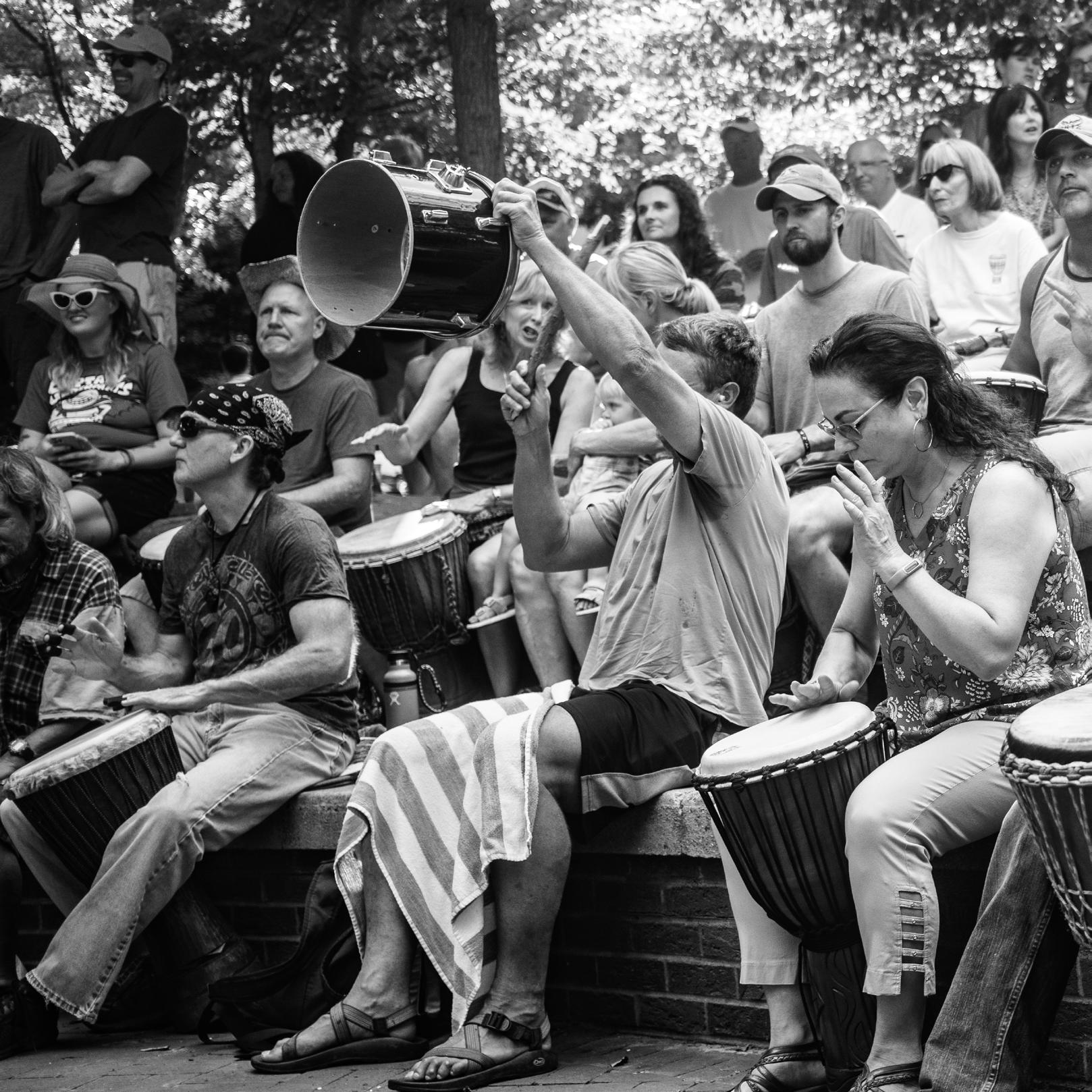
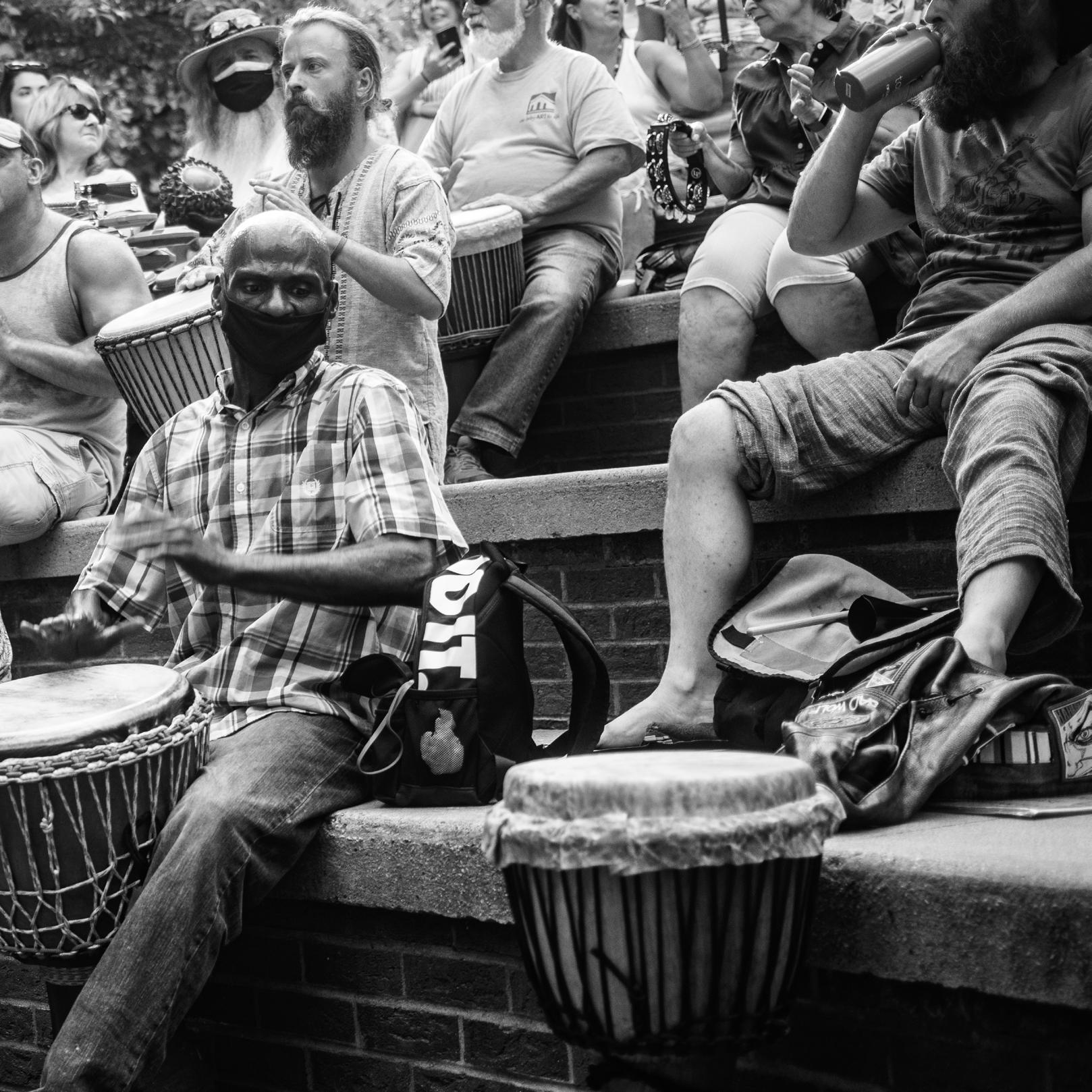
Every Friday evening at Pritchard Park, directly across the street from the Restoration Asheville, a peaceful group of drummers can be found finding rhythm. All are welcome and anyone can join in.
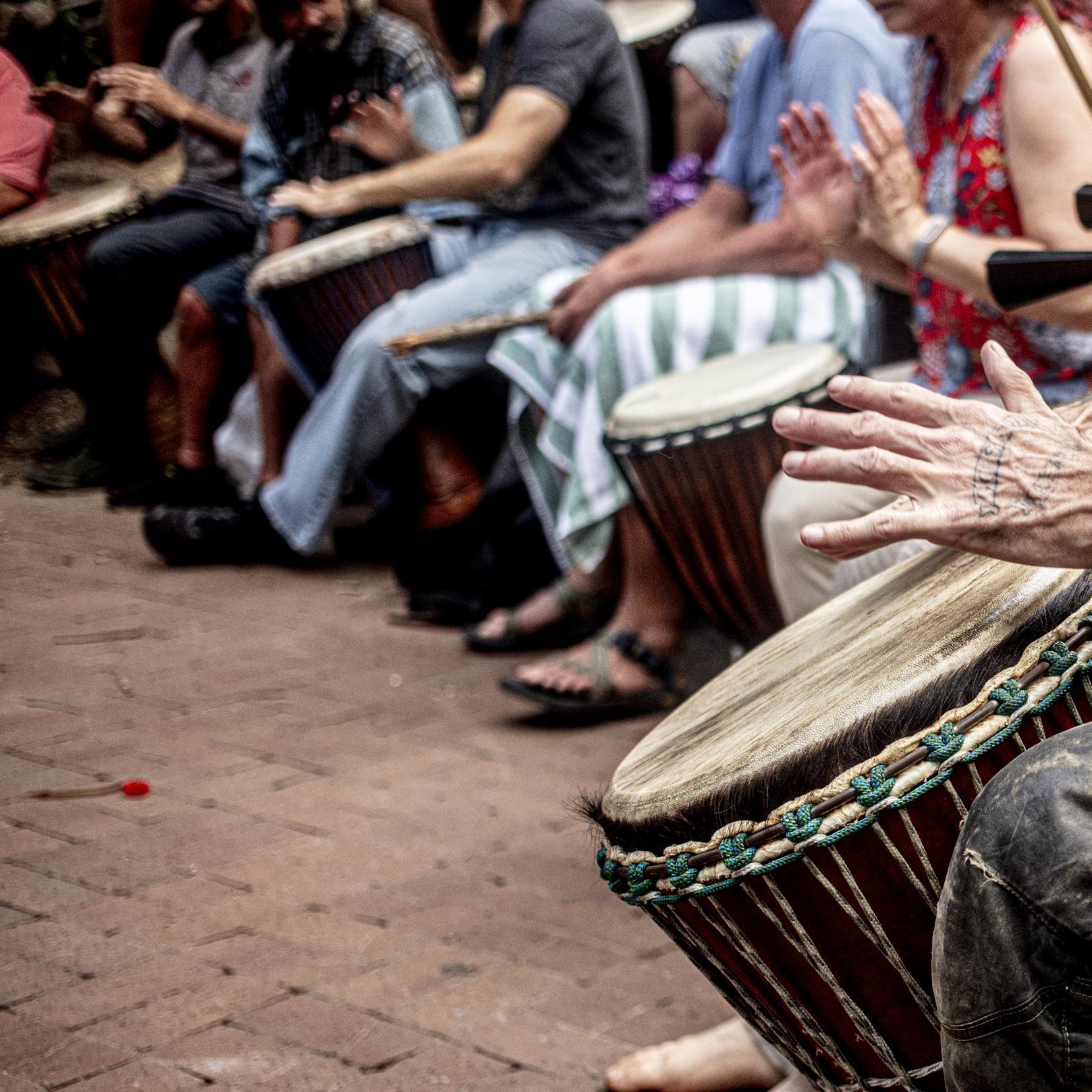
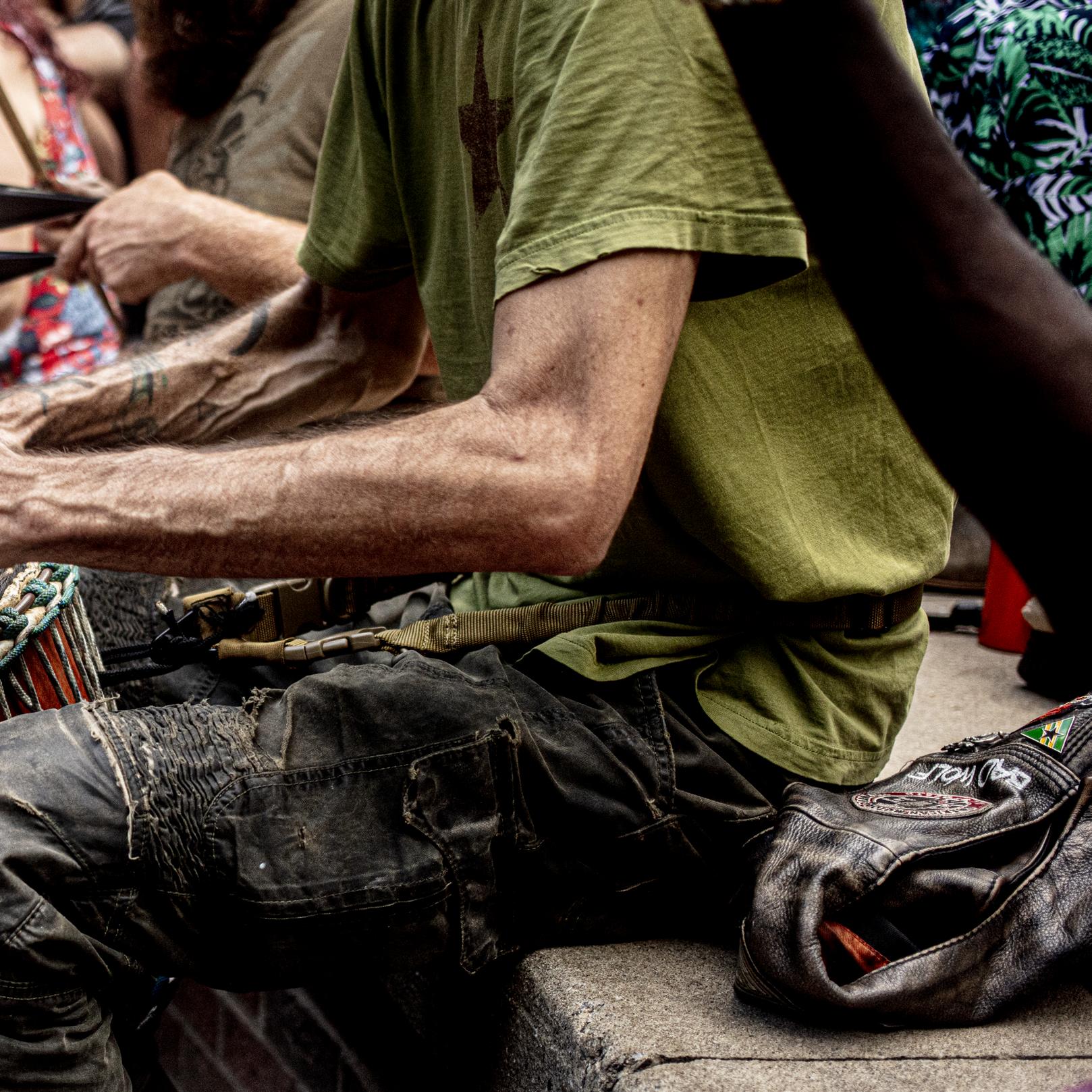
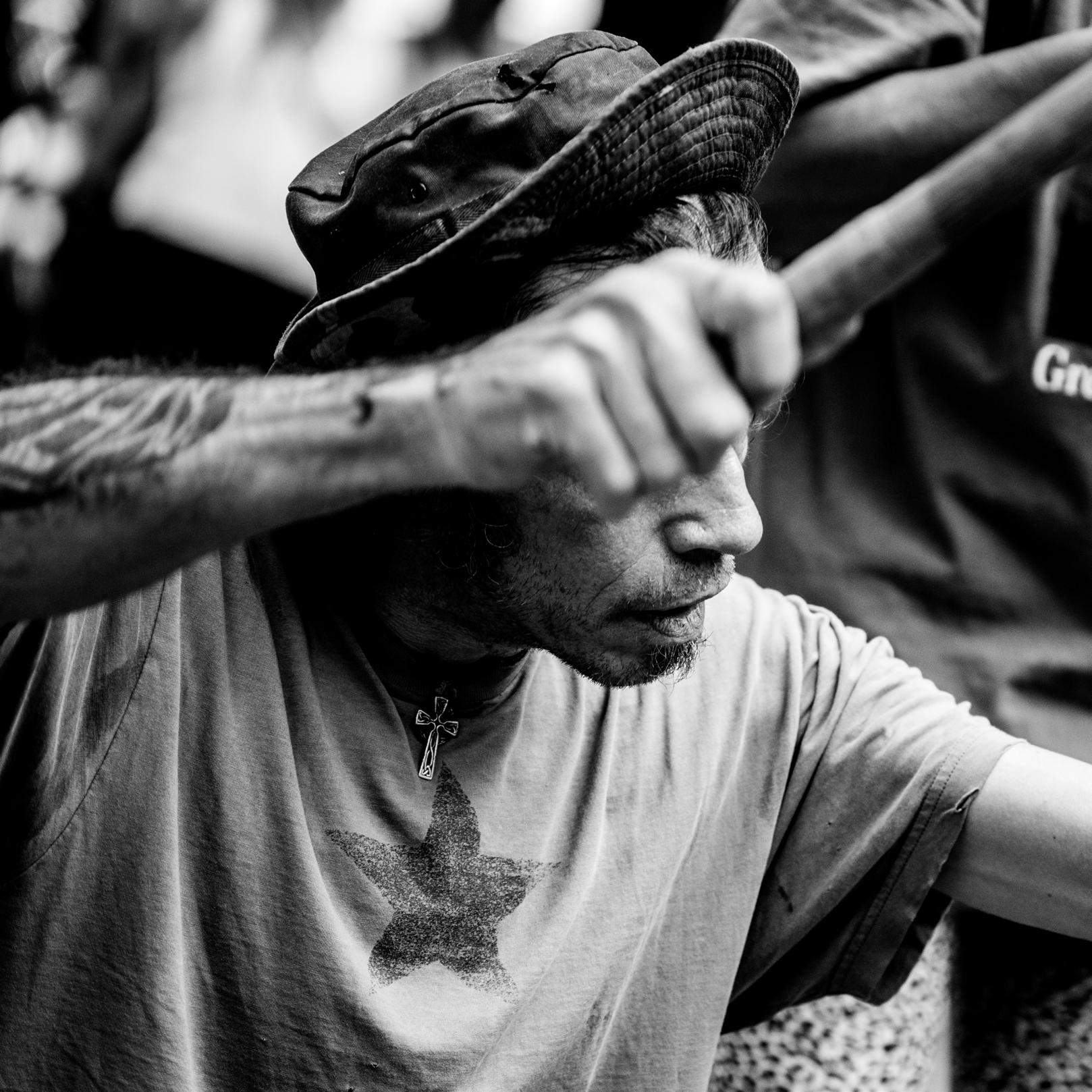
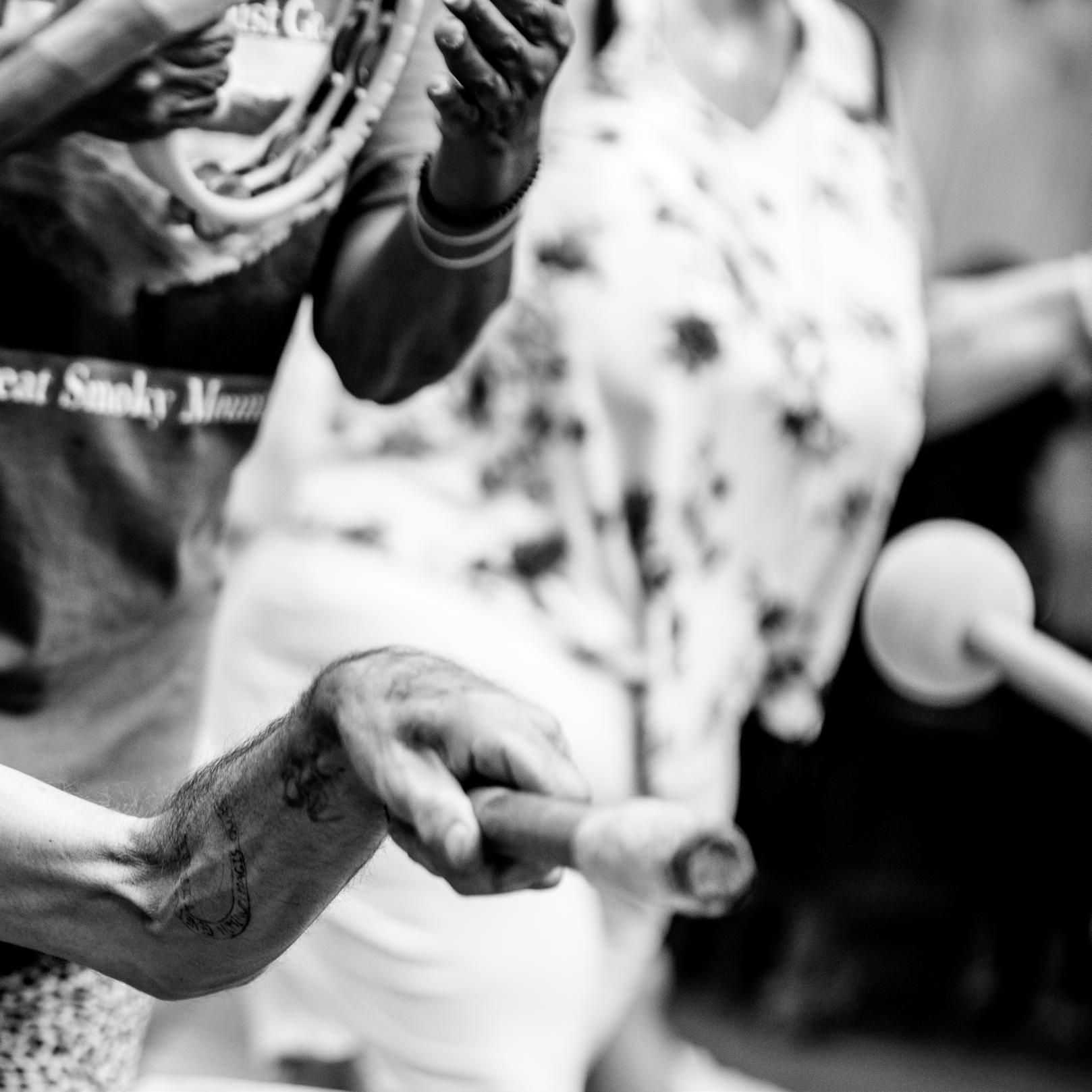

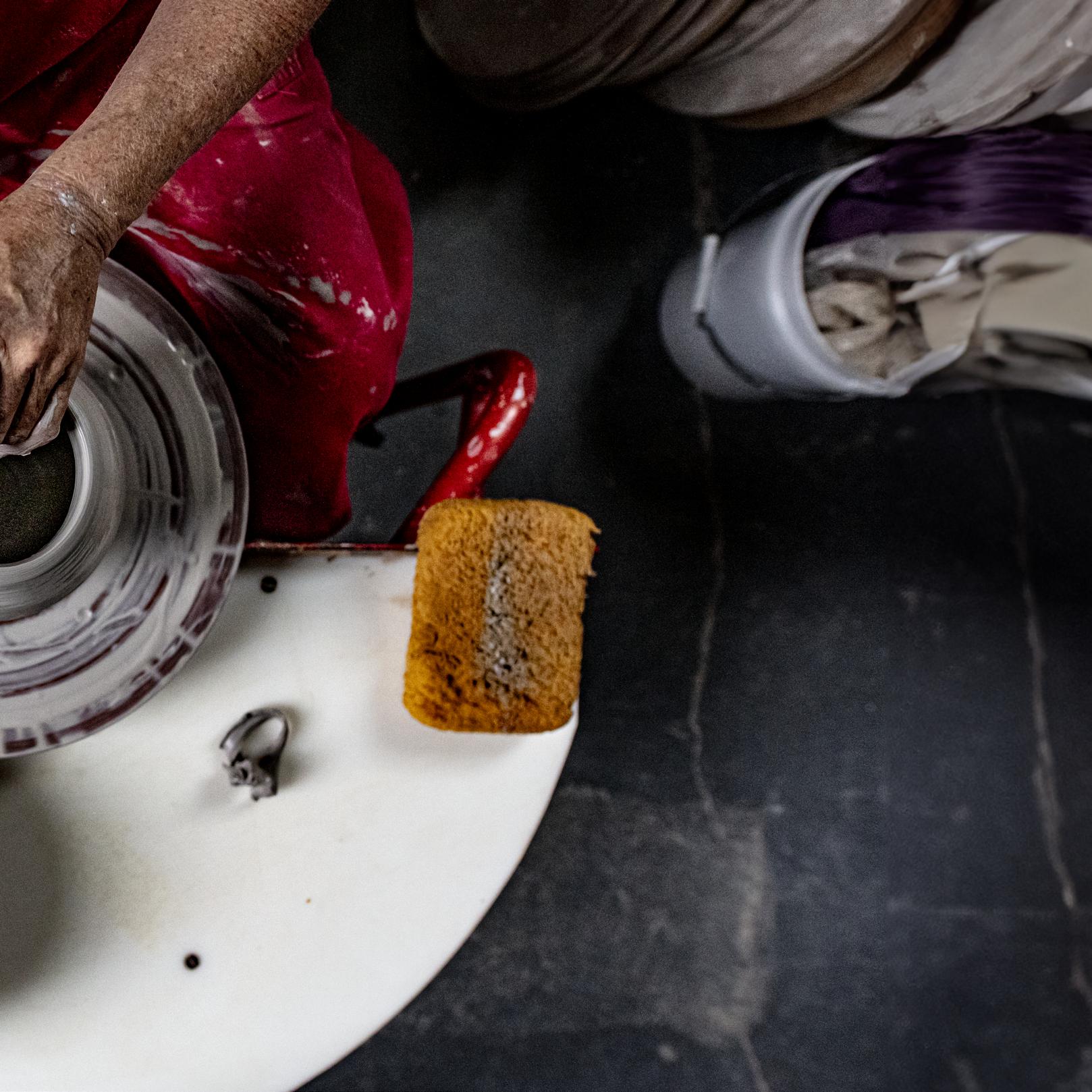
I spent a couple of hours sitting across from Judi Harwood watching as a ball of clay slowly took shape and became something I recognized.
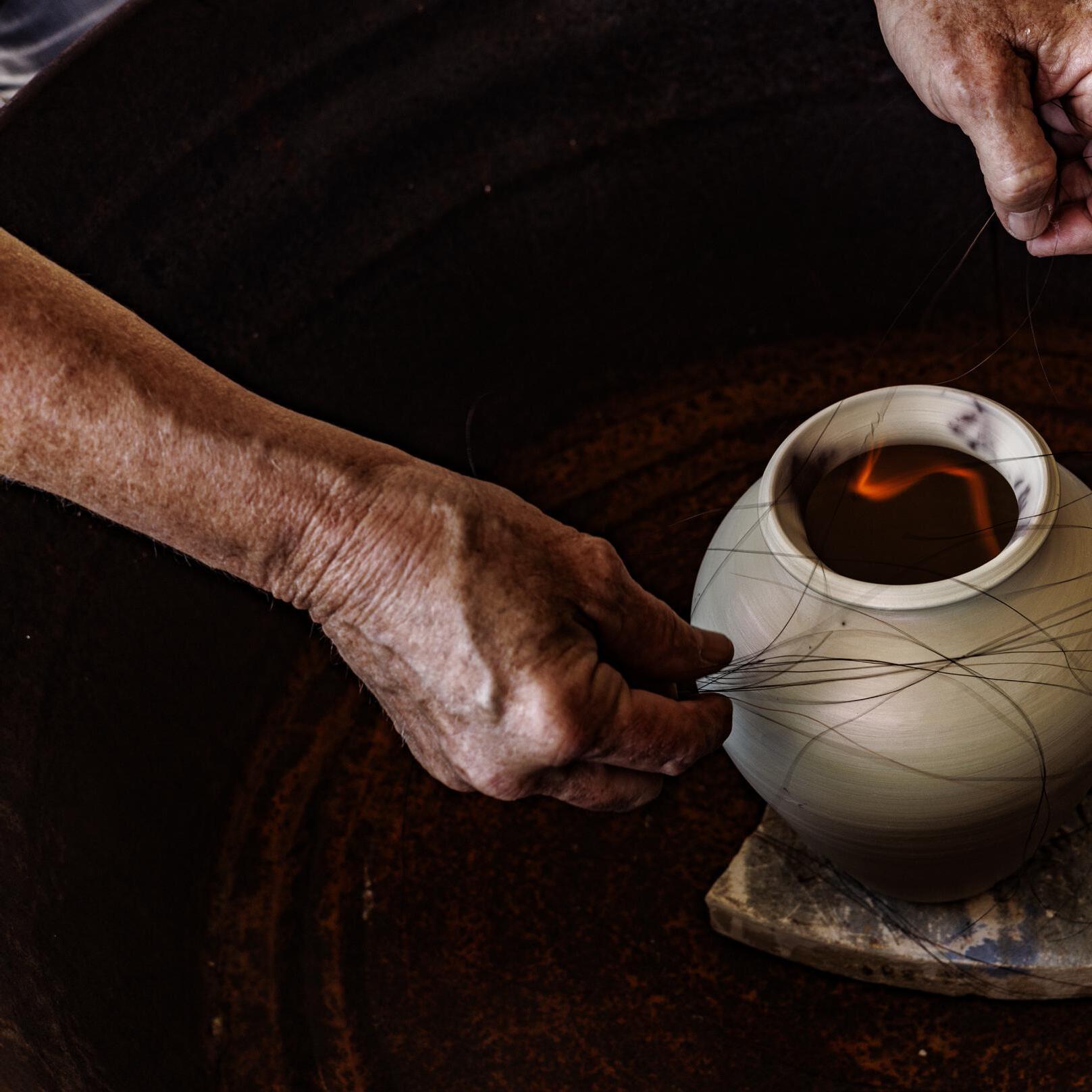
just after her
are pulled from the kiln.
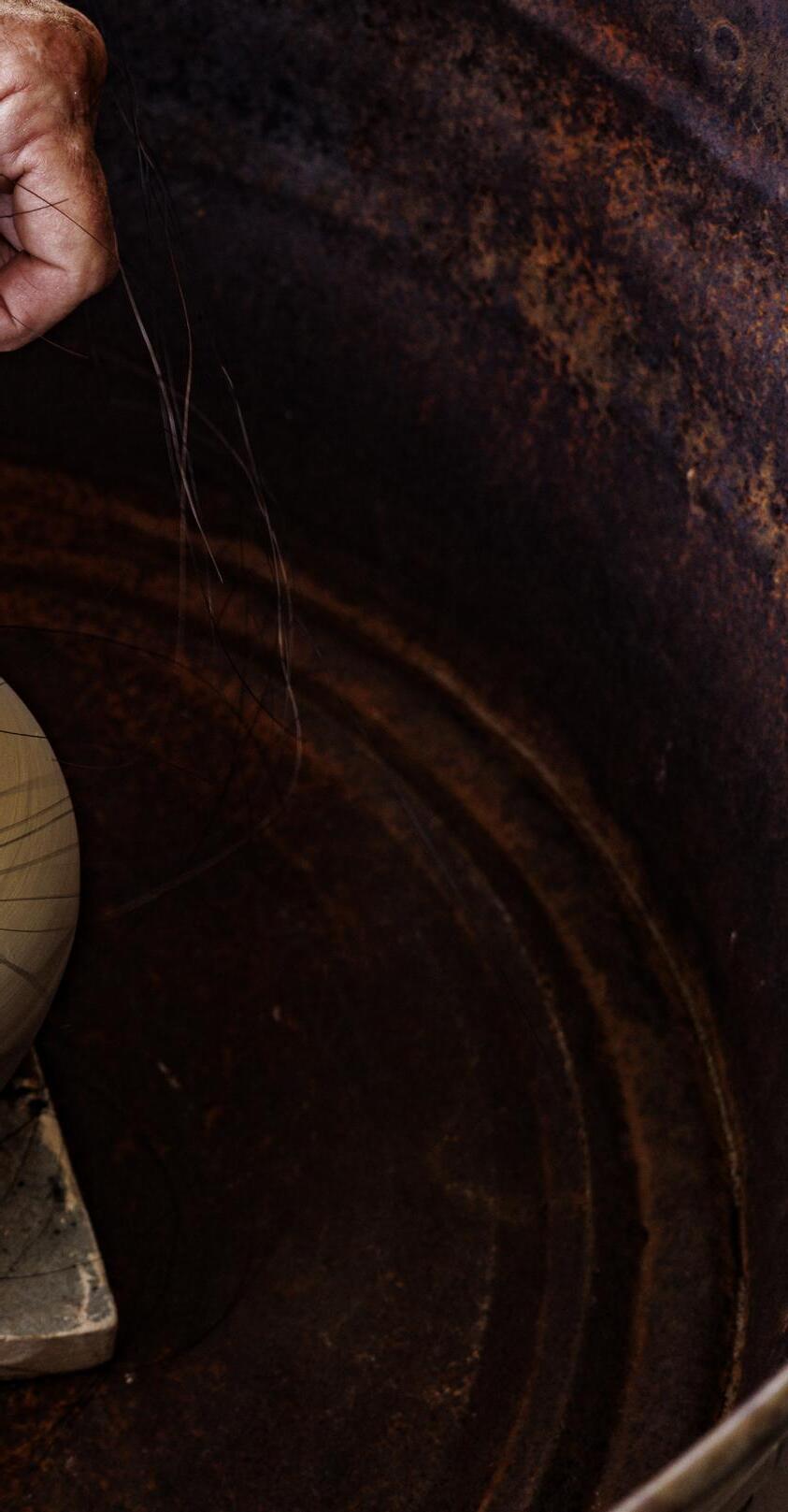
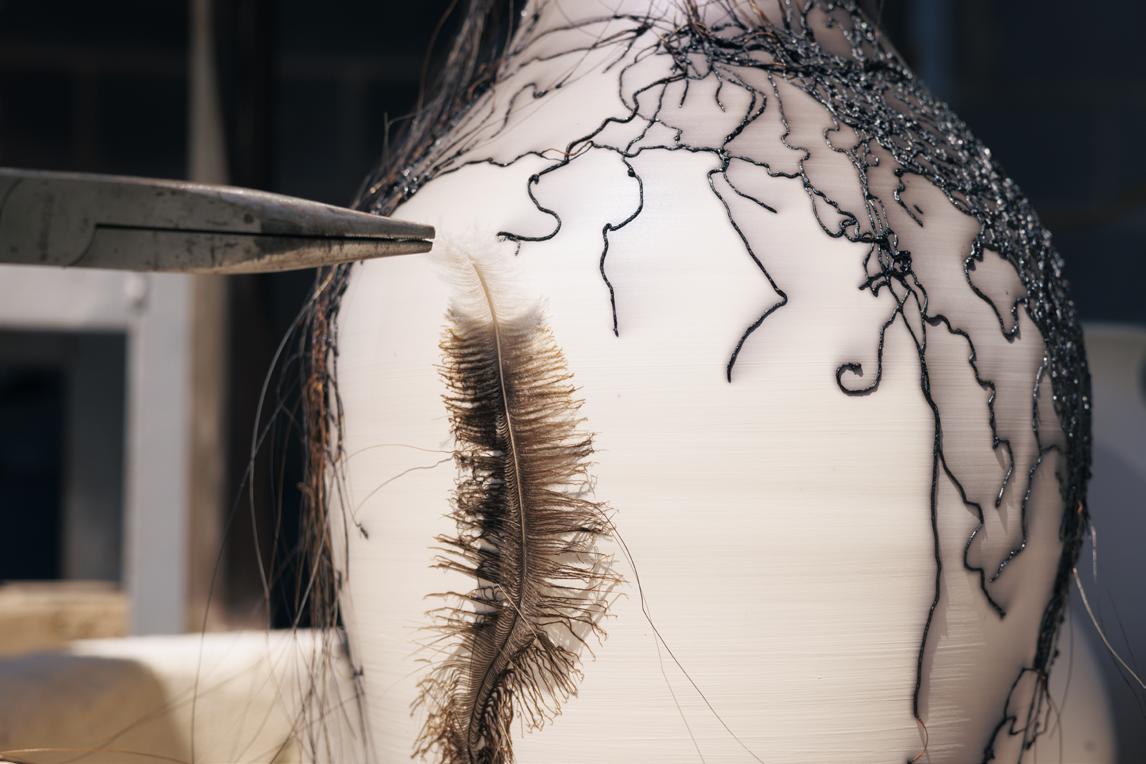
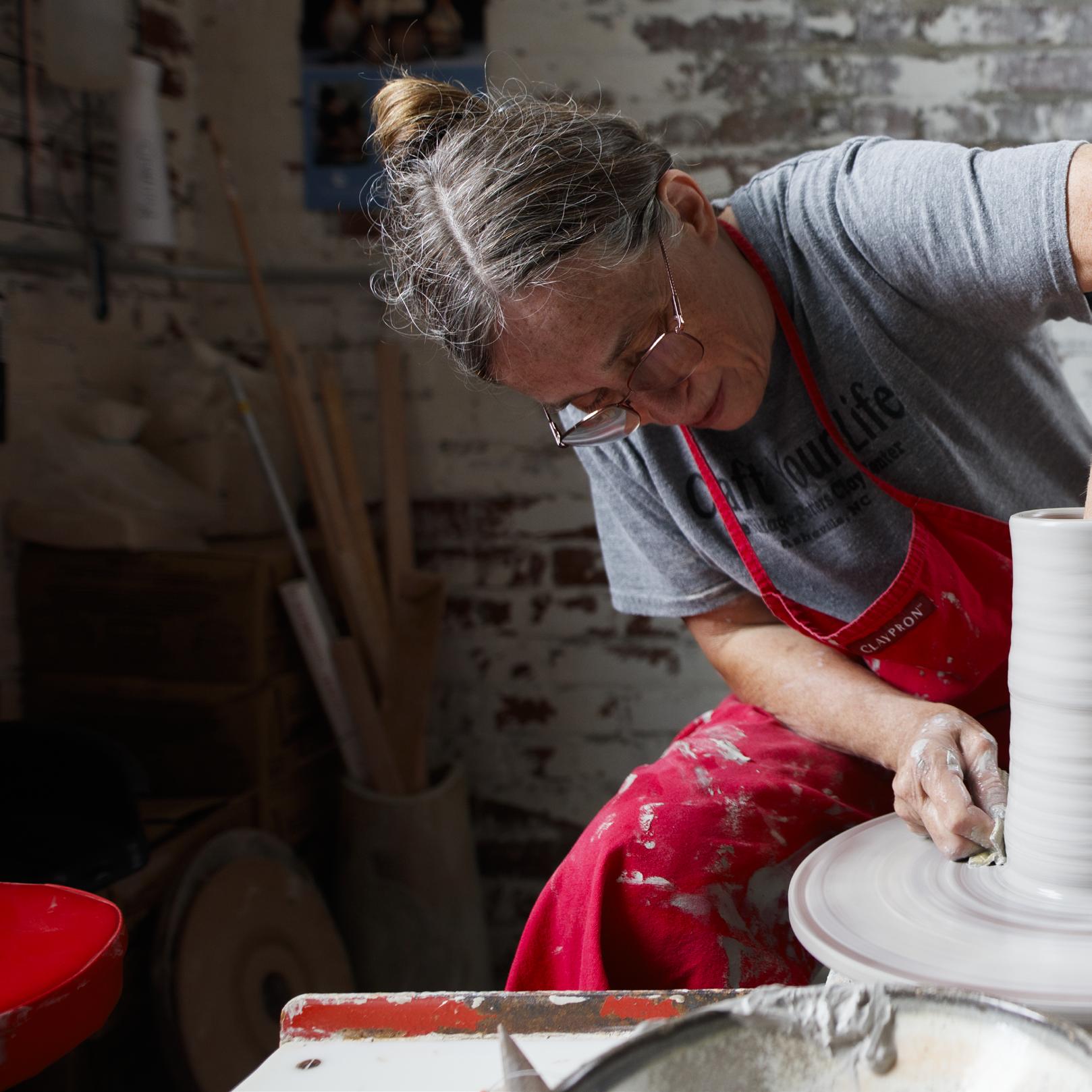
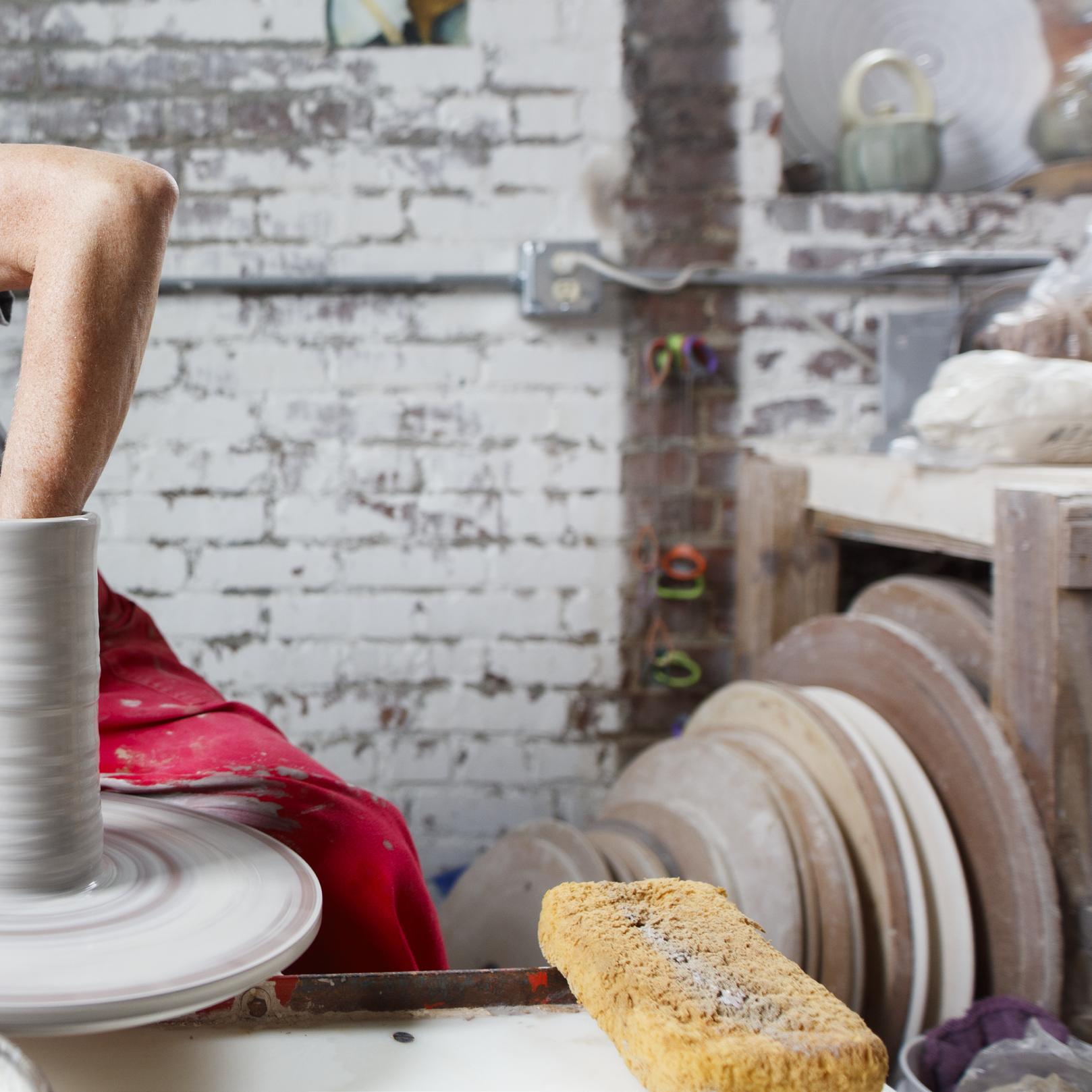
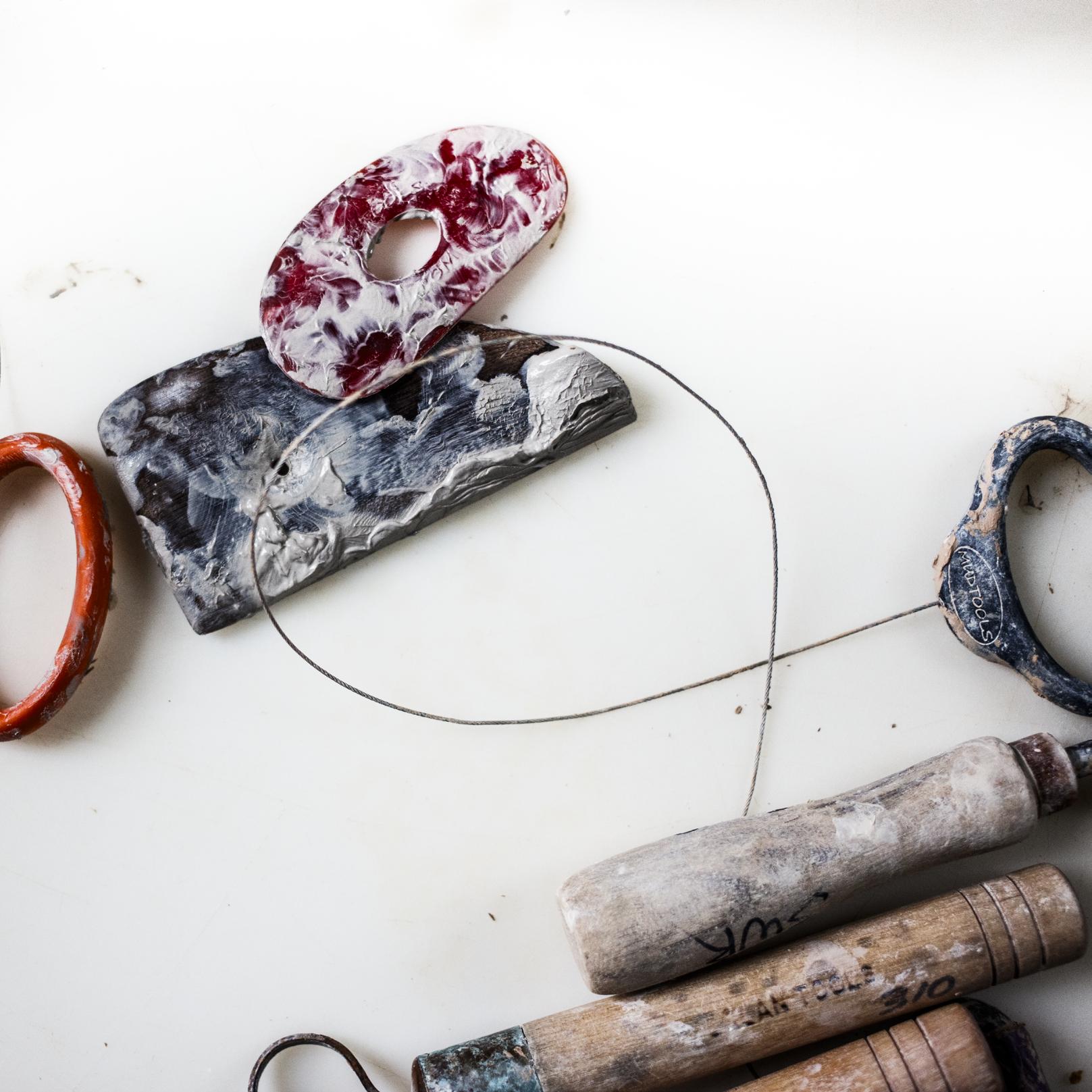
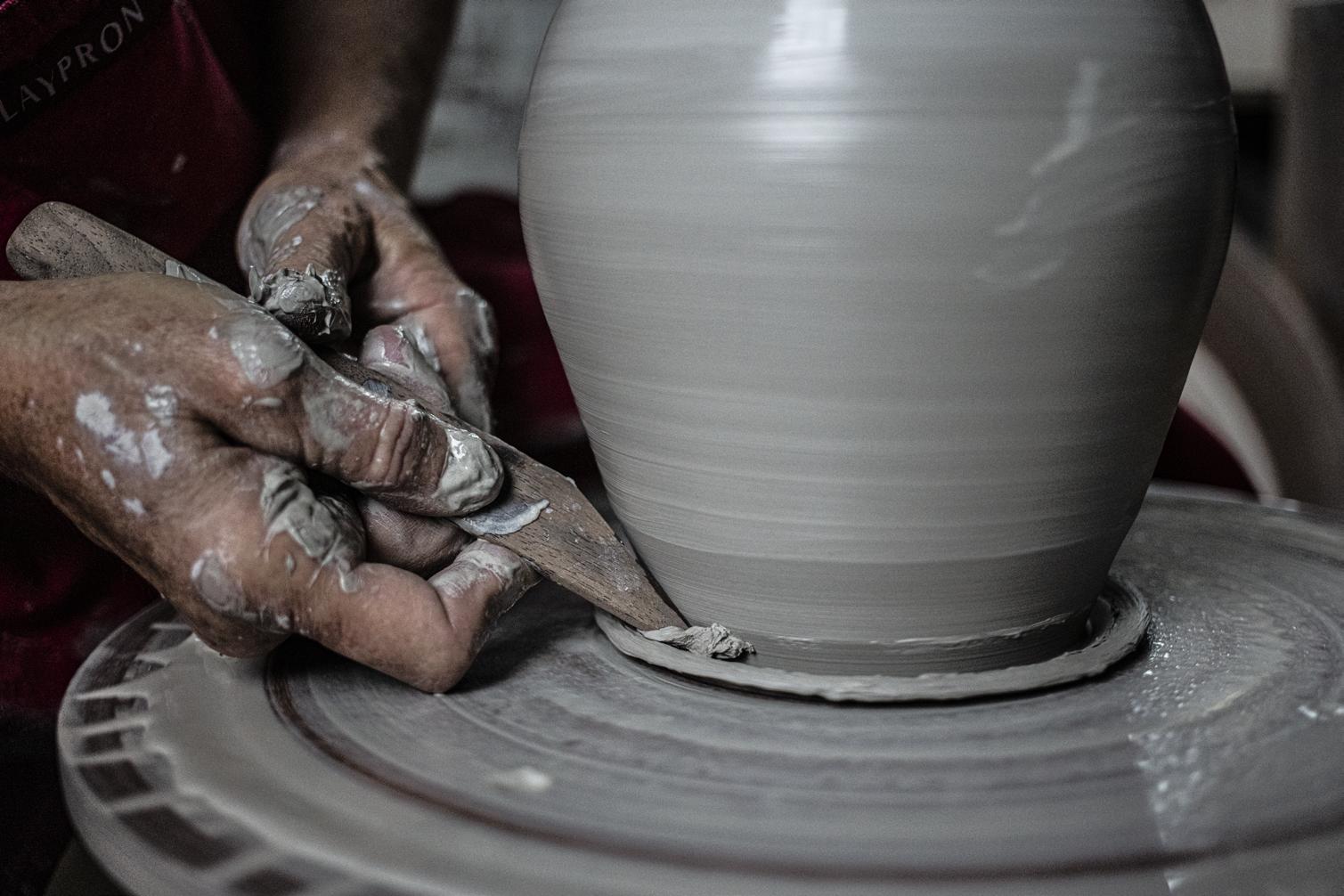
Once Judi’s pot had taken shape, the small tools found their place in the details. I could watch that wheel spin all afternoon.

Driving from one small town to the next around Asheville gave me plenty of miles of country roads. I’ve got a habit of making U-turns when I see something dusty, rusty, or old.
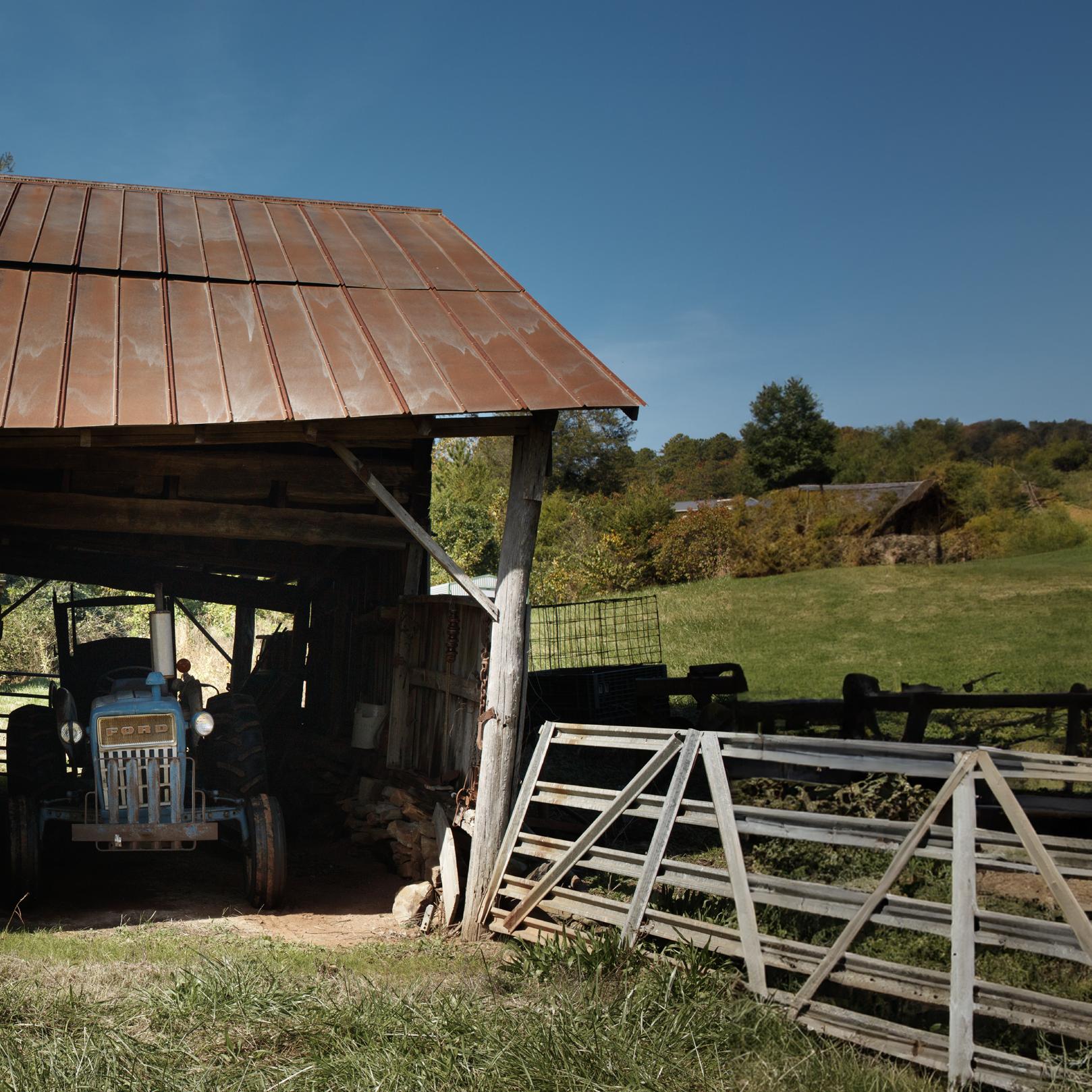
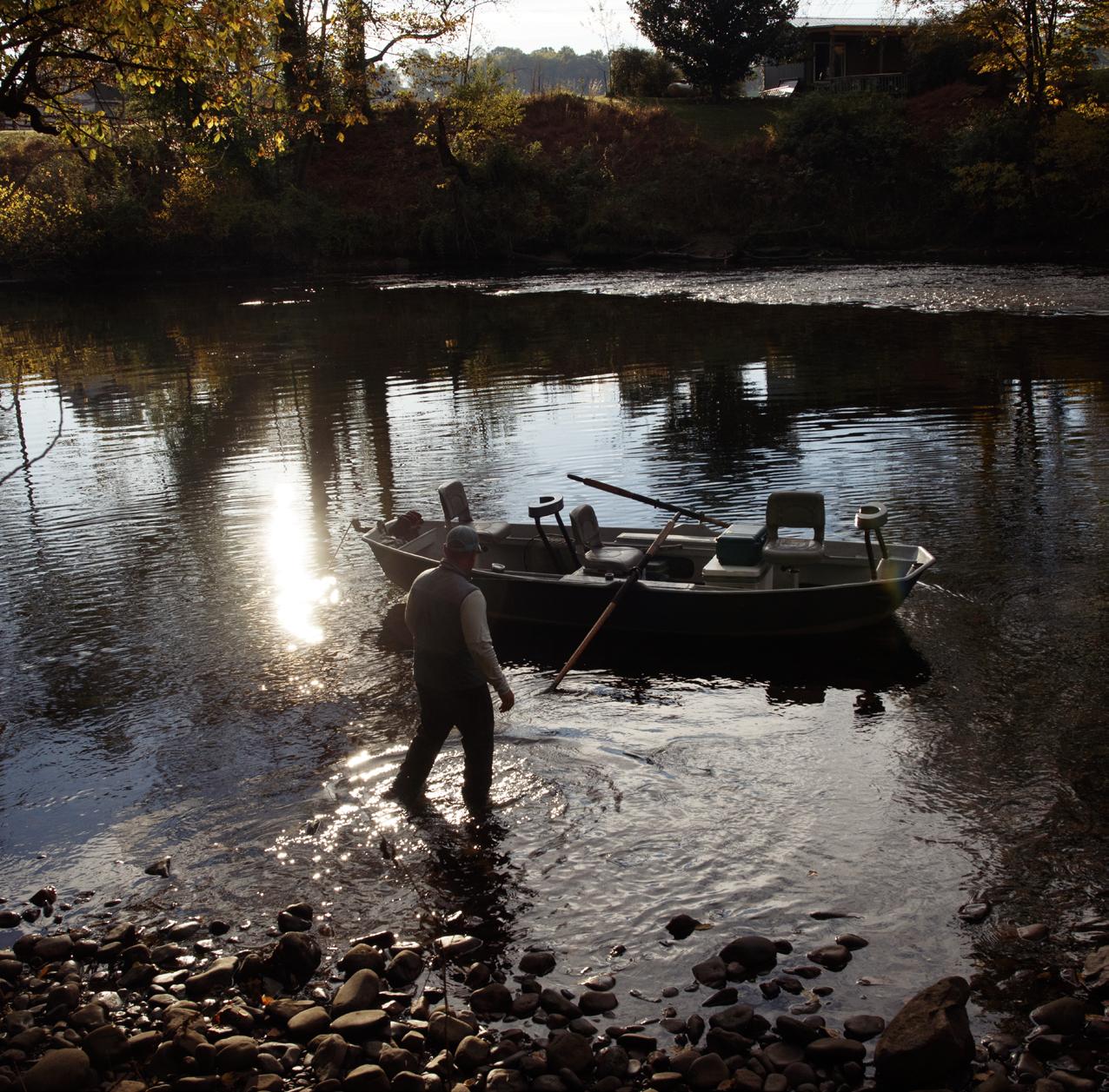
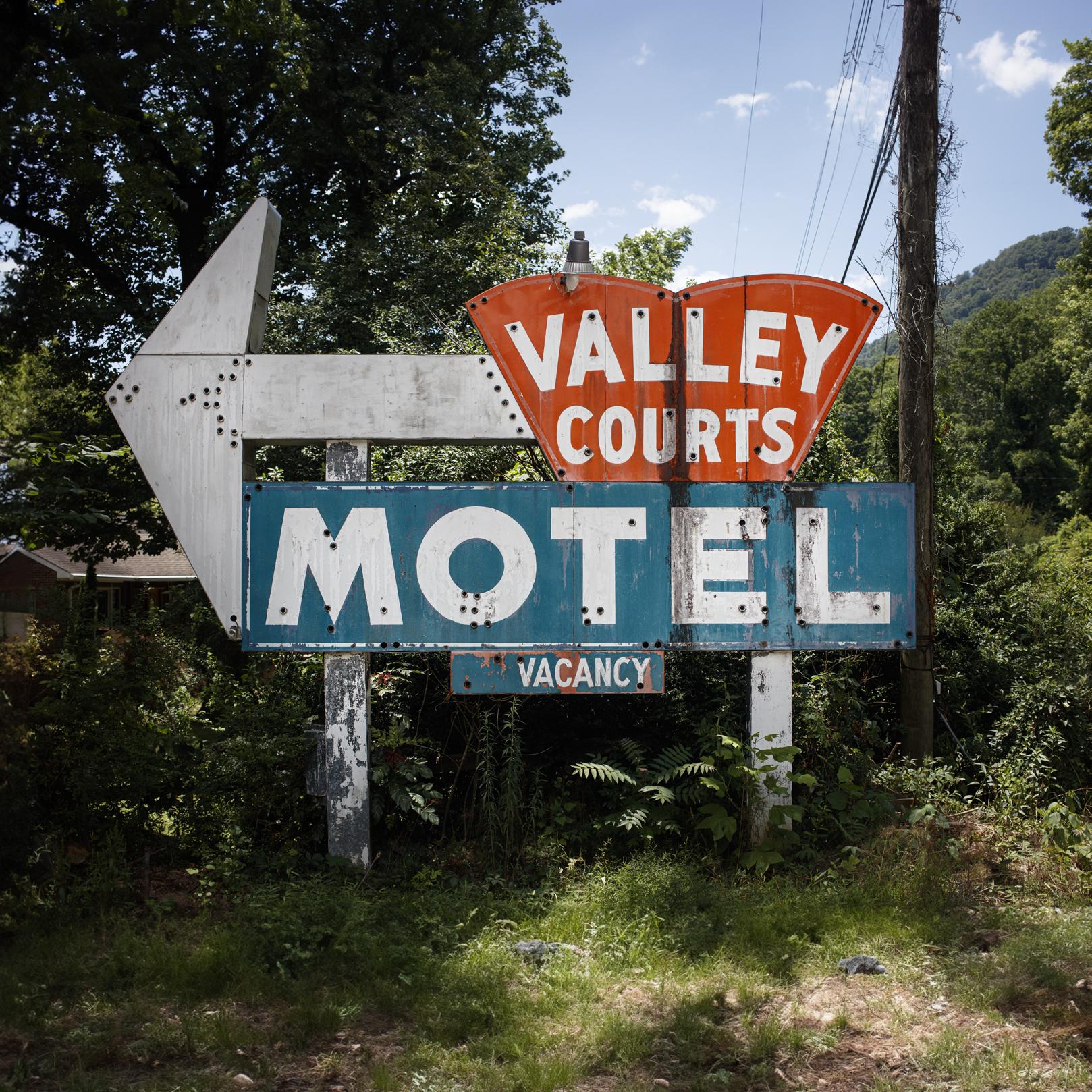
The Valley Courts Hotel, now decaying and forgotten, opened in 1964 in Tryon North Carolina. It was nearly impossible to drive up to the old structure as nature was taking back over. This old sign is down by the road on US 176.
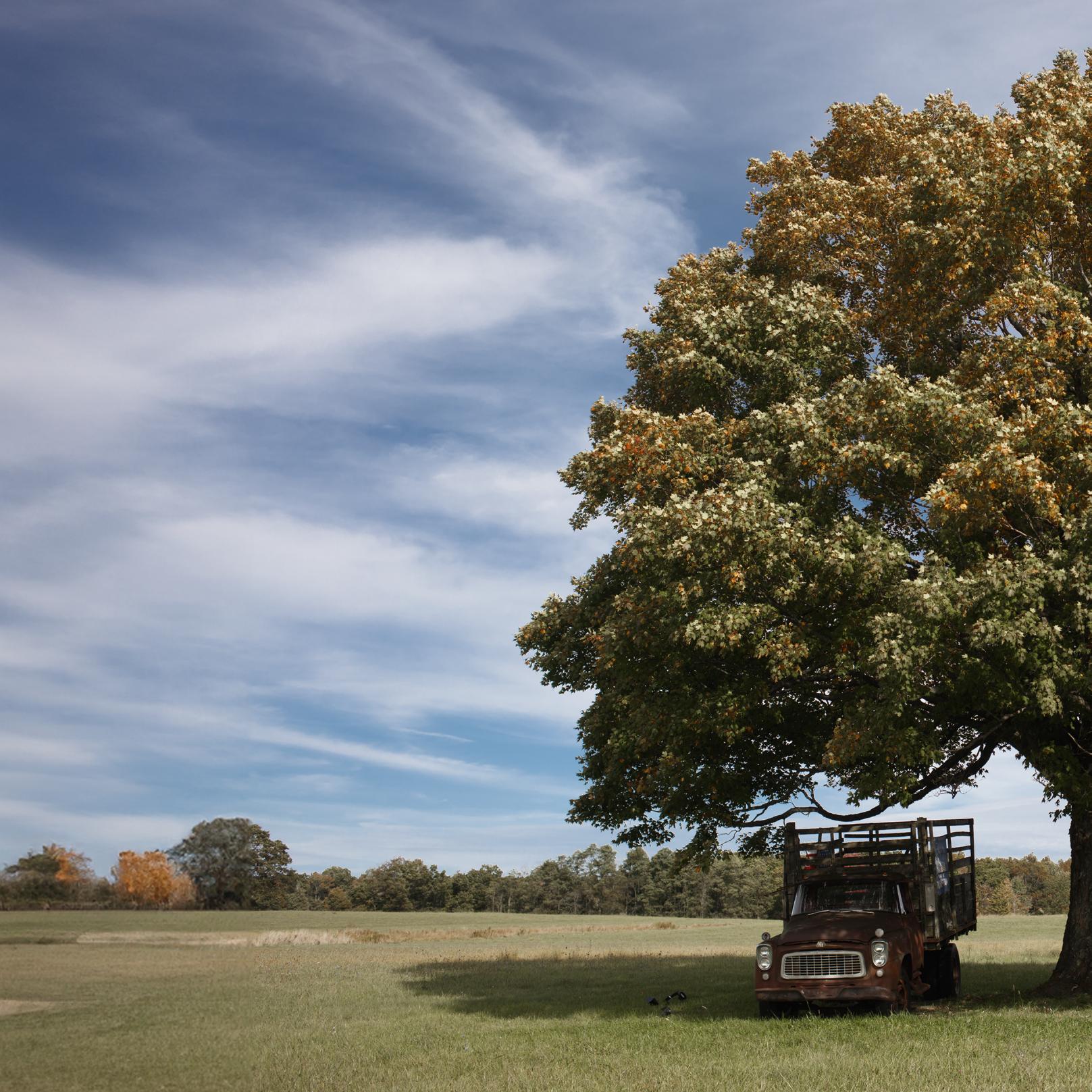
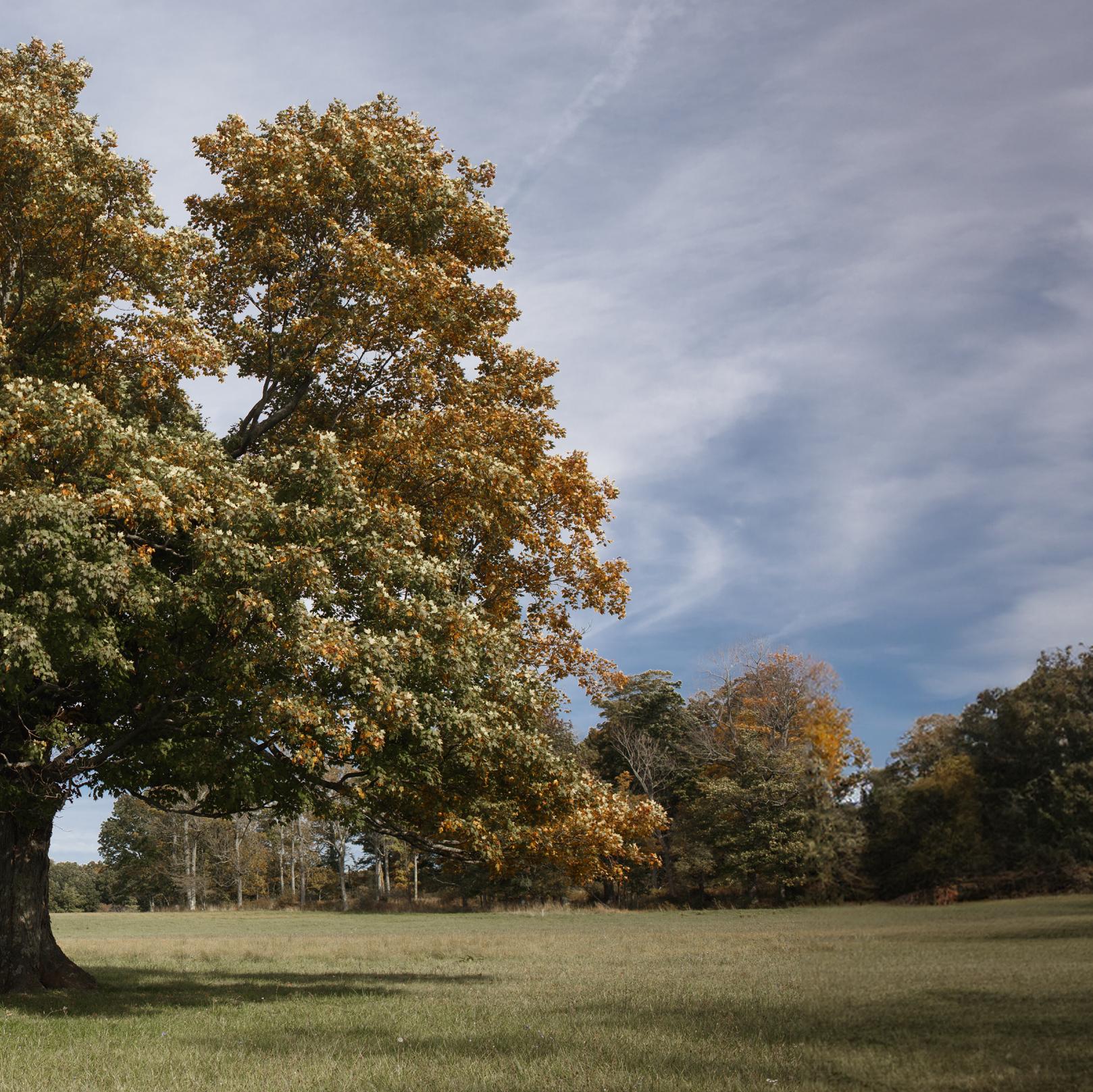

A 20-mile drive northeast of Asheville is the Craggy Gardens Visitor Center. This is a close spot near town where a couple of hikes can start and finish.
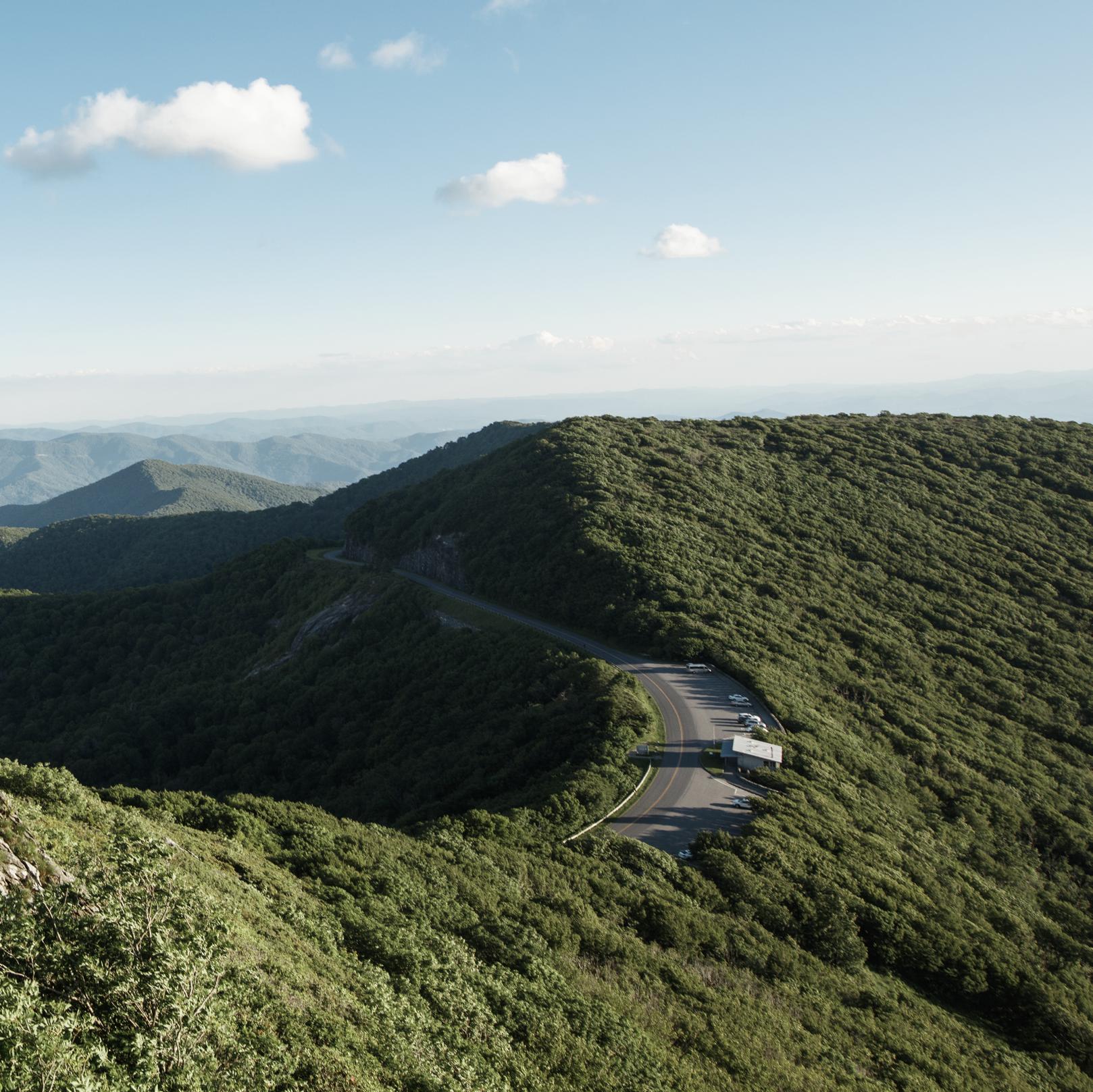

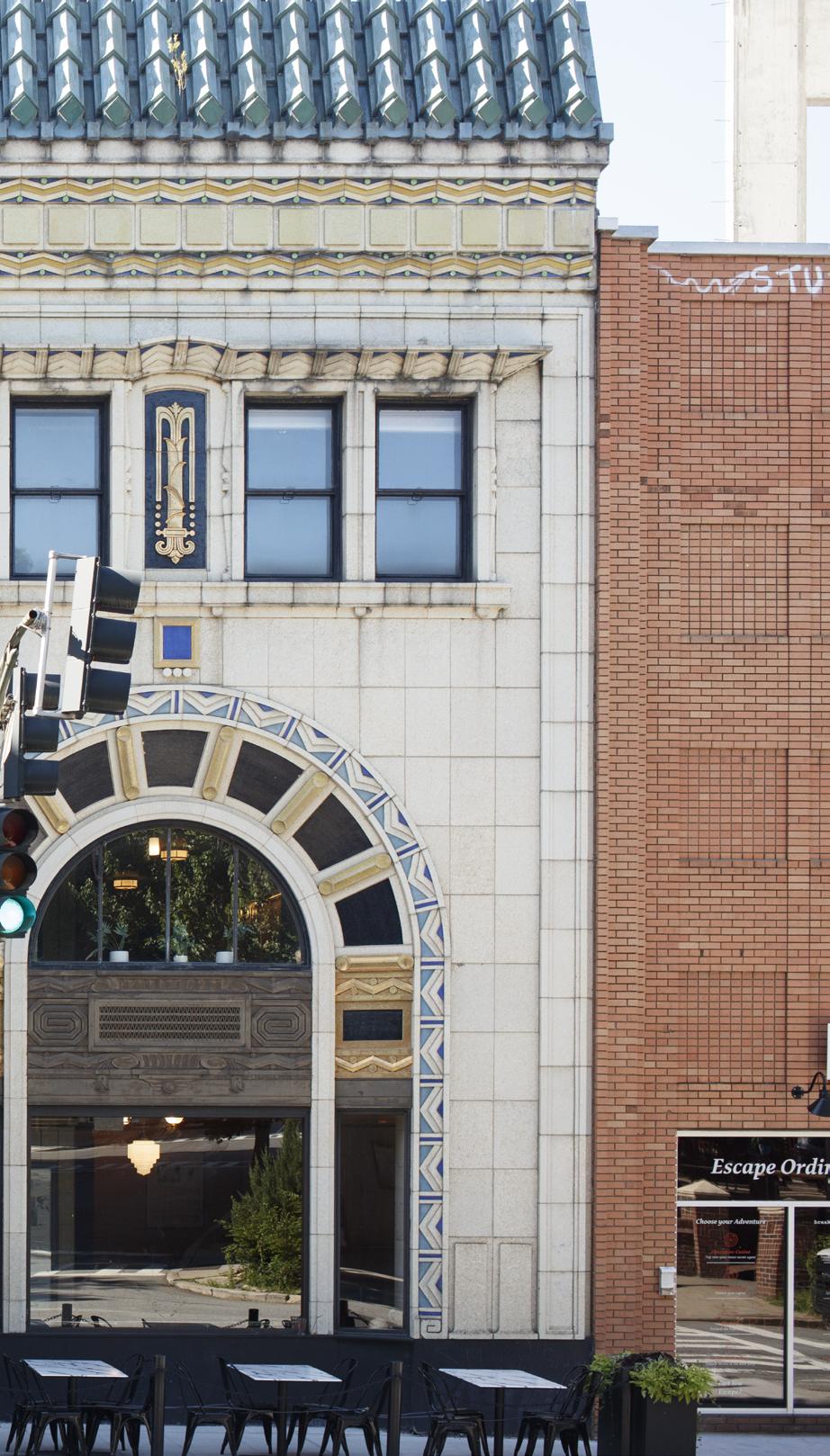

This is my favorite painting in Asheville. The simplicity of the block letters and the two-tone blues and greens feel peaceful and easy.

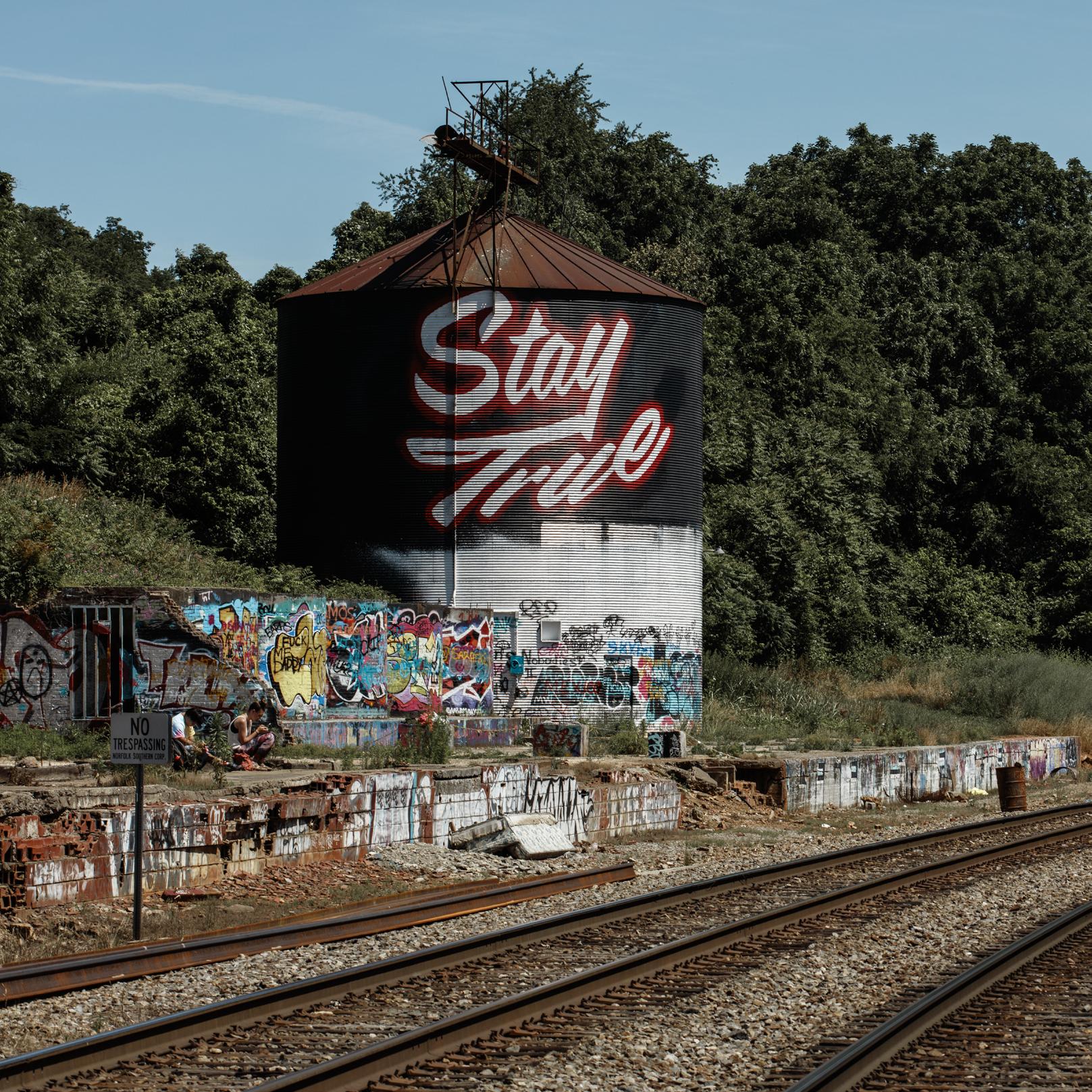
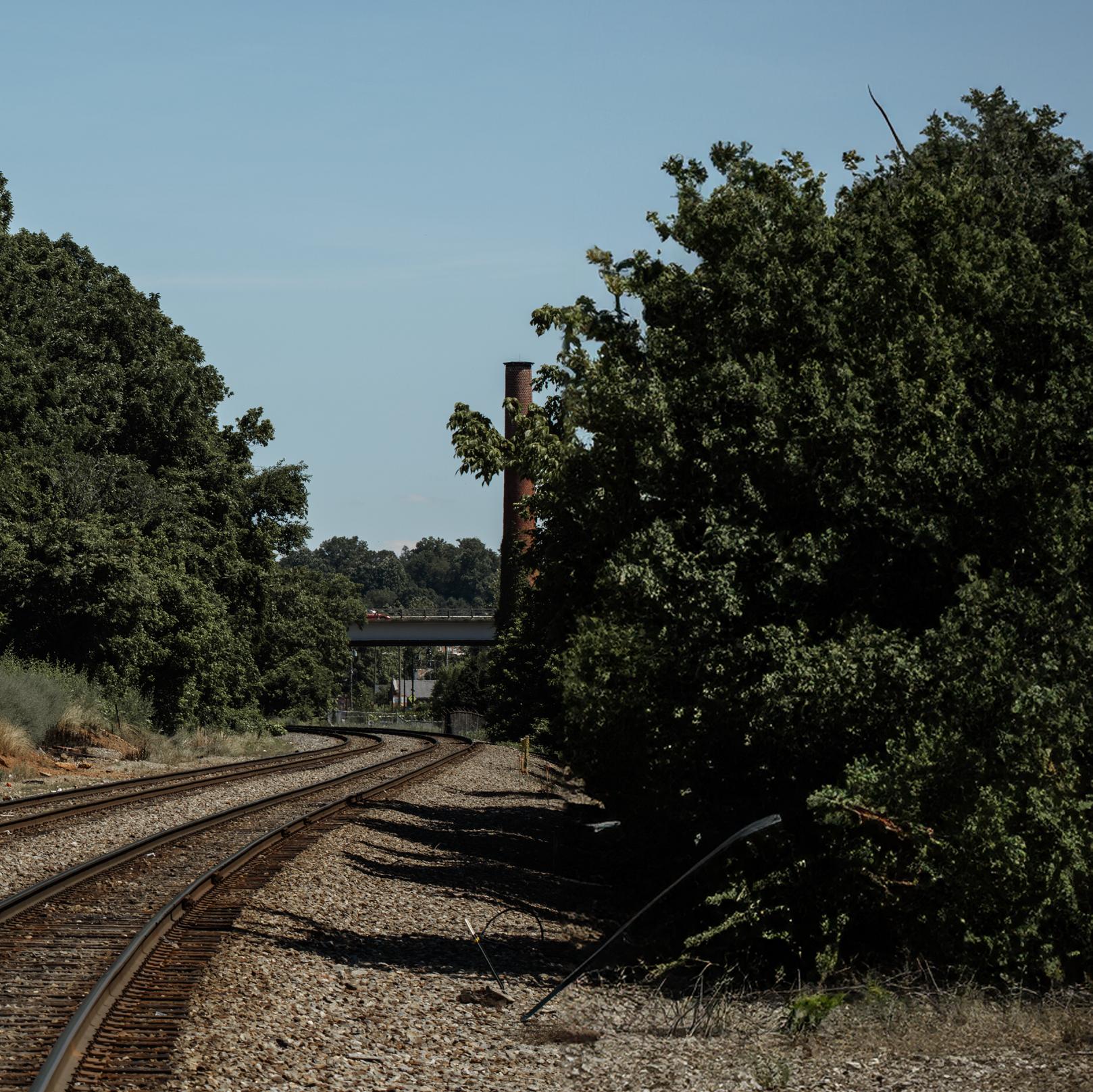
This sign loosely helps to navigate the vast River Arts District.

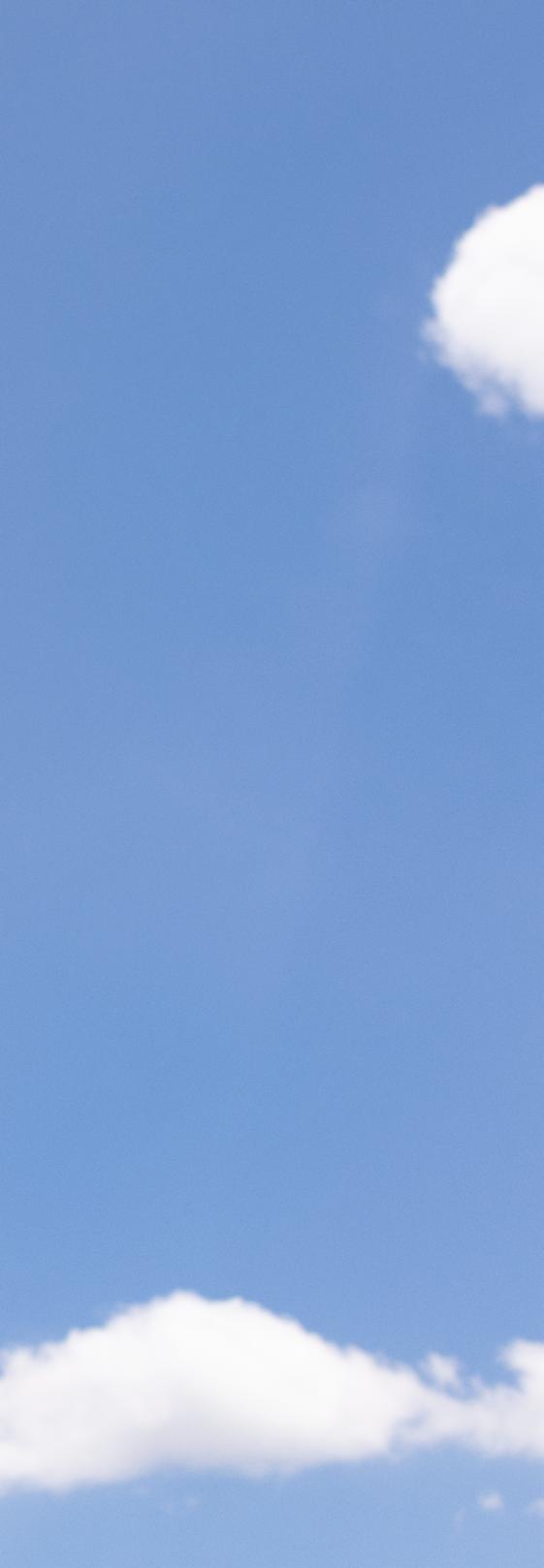
Anyone who’s driven through Asheville, North Carolina has likely noticed the old silo located by the water in the River Arts District with “Stay True” graffiti artfully across the front. The art piece has become a staple image of Asheville, and its history and inception have become an iconic spot for locals and visitors.
Located near White Duck Taco on Roberts Street, the mural was a collaboration between local muralists Ian “The Painter” Wilkinson and Ishmael. For five years, its front read “Good Vibes” before being continually updated by the two artists to reflect the current mood and spirit of the city from “Stay Home” during the pandemic to the quintessential “Stay Weird”—a testament to the city’s free-thinking spirit.
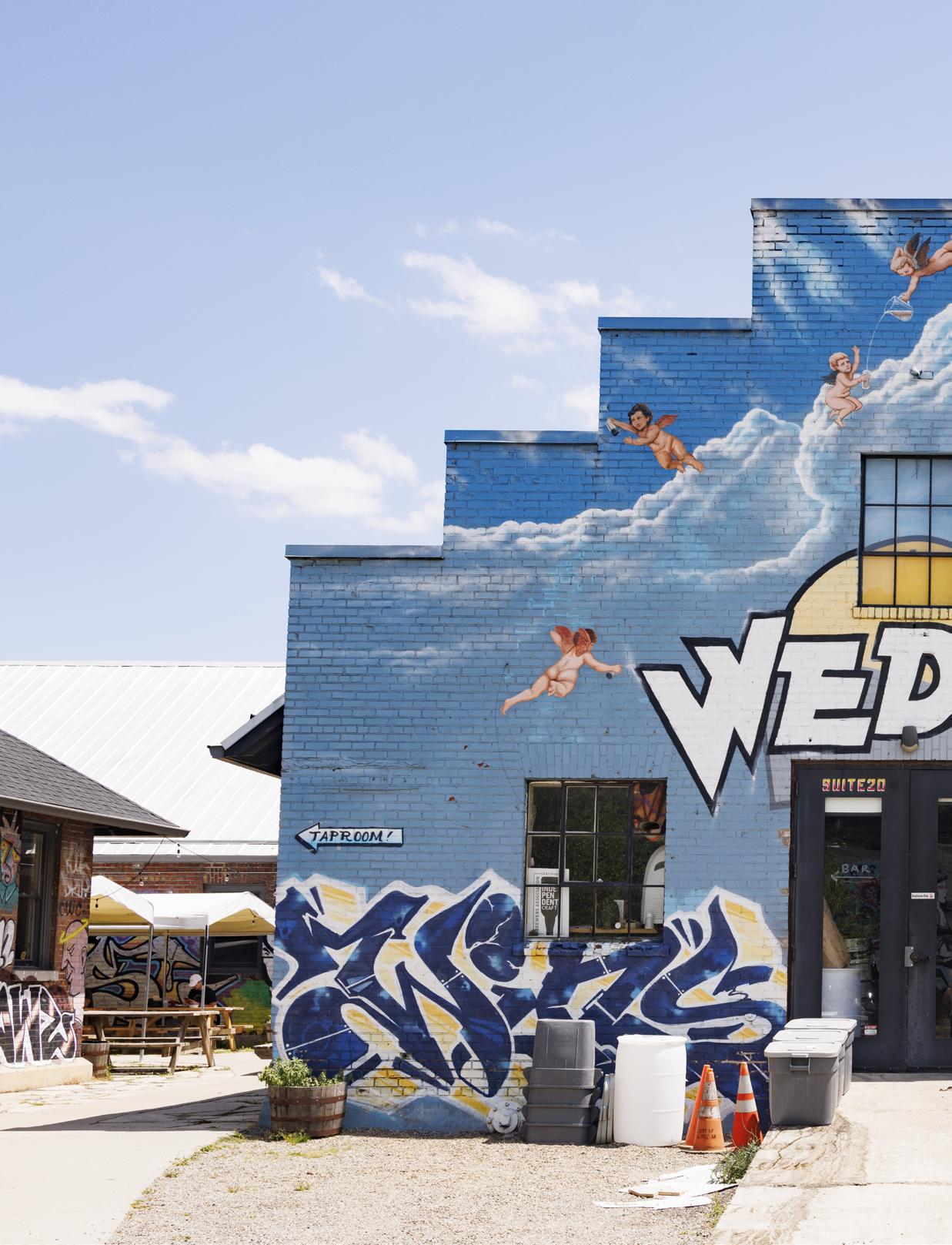
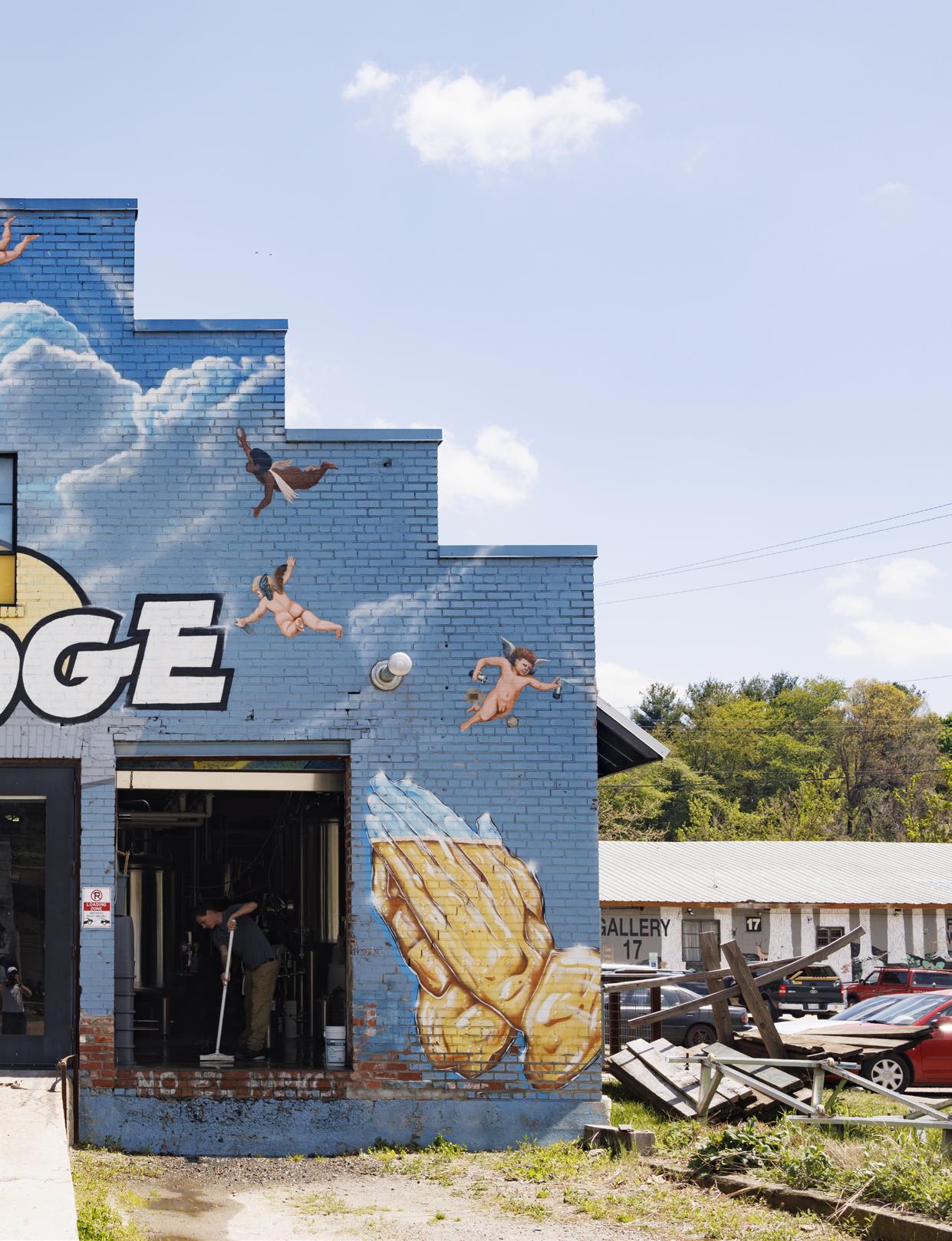
The Wedge on Foundry is one mile upstream from Wedge Studios. The Foundry Street location was originally built in 1898 as a leather tannery.
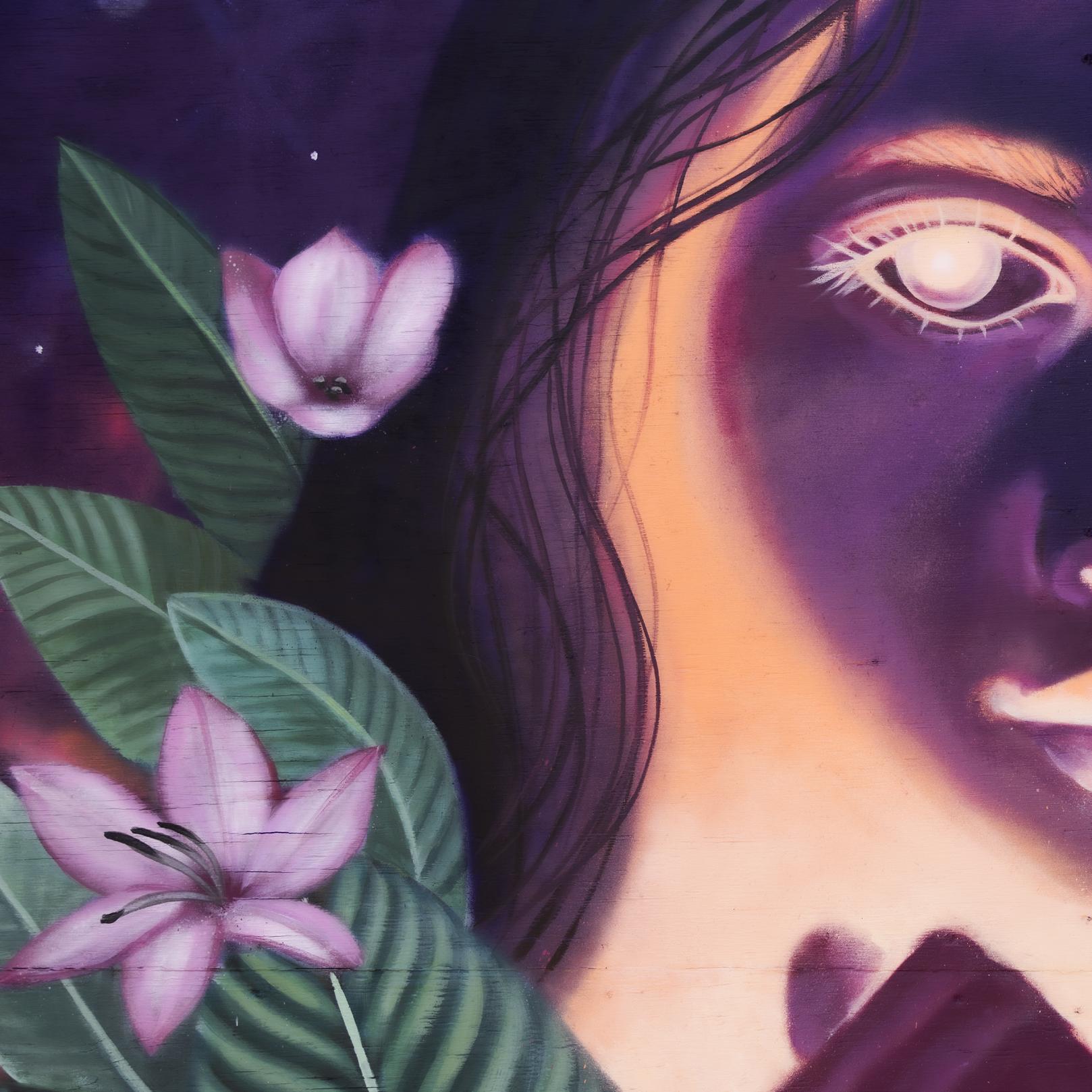
I can’t figure out how this artist painted in neon. You can see a print of this mural at The Draftsman in Asheville.
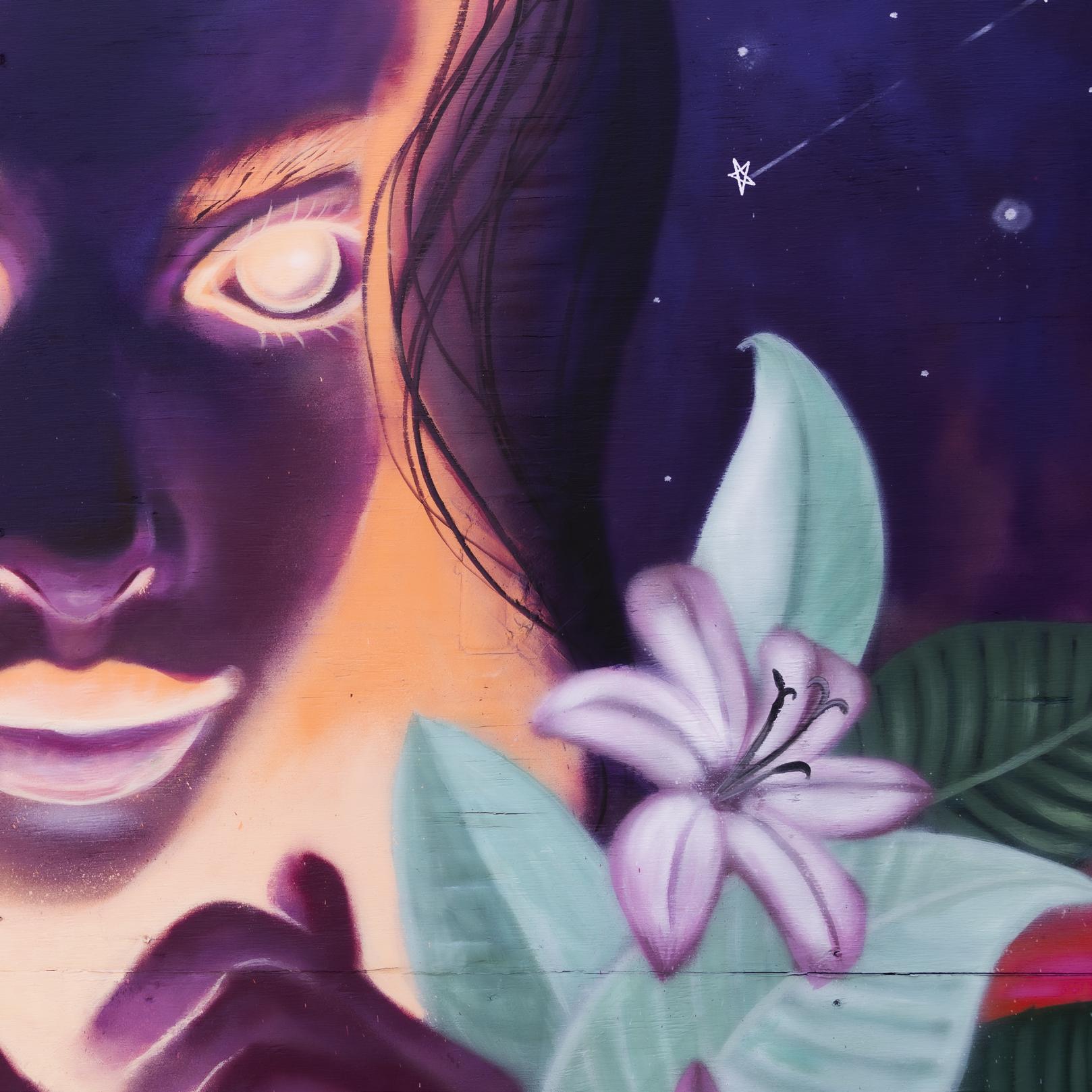
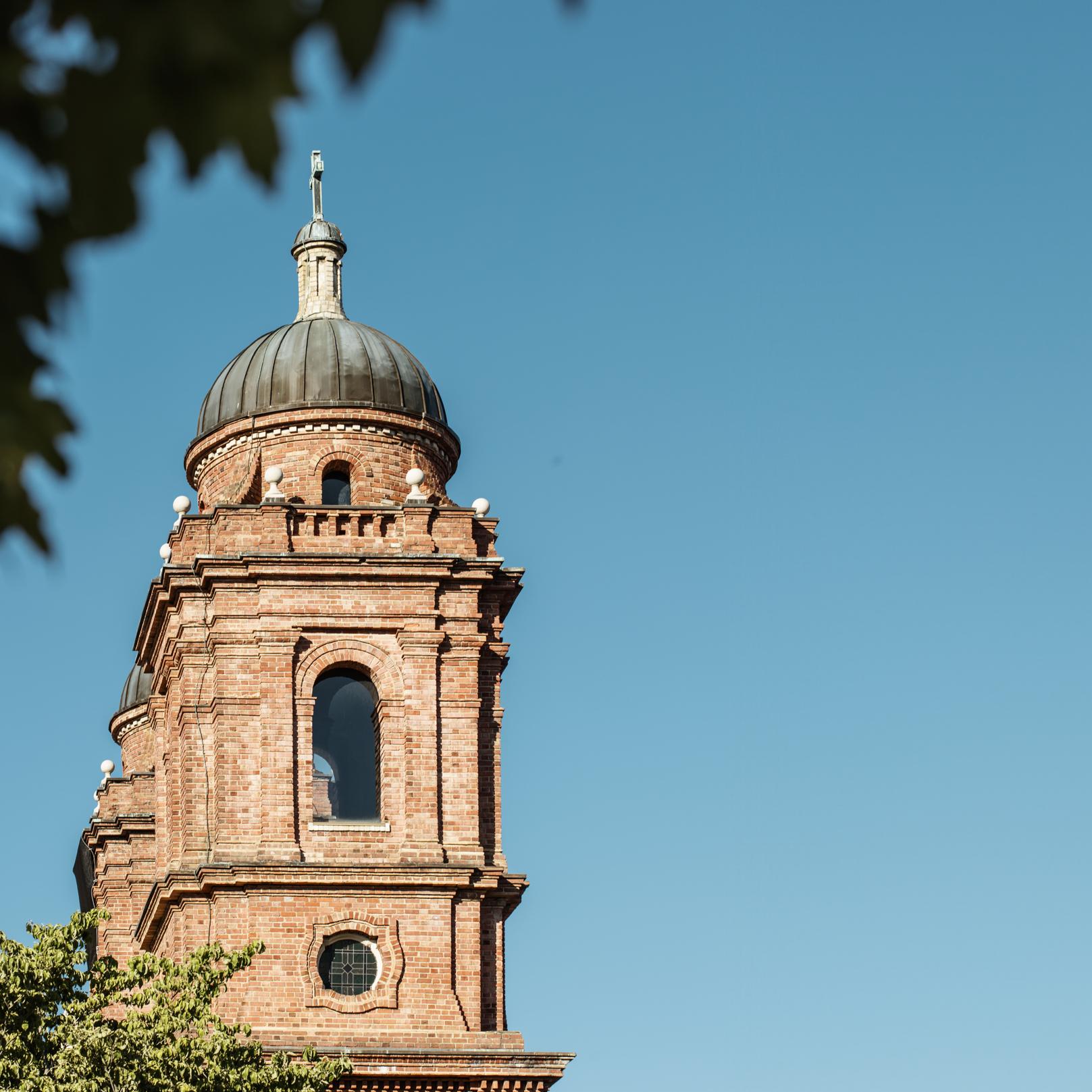
architecture and modern buildings, all
of
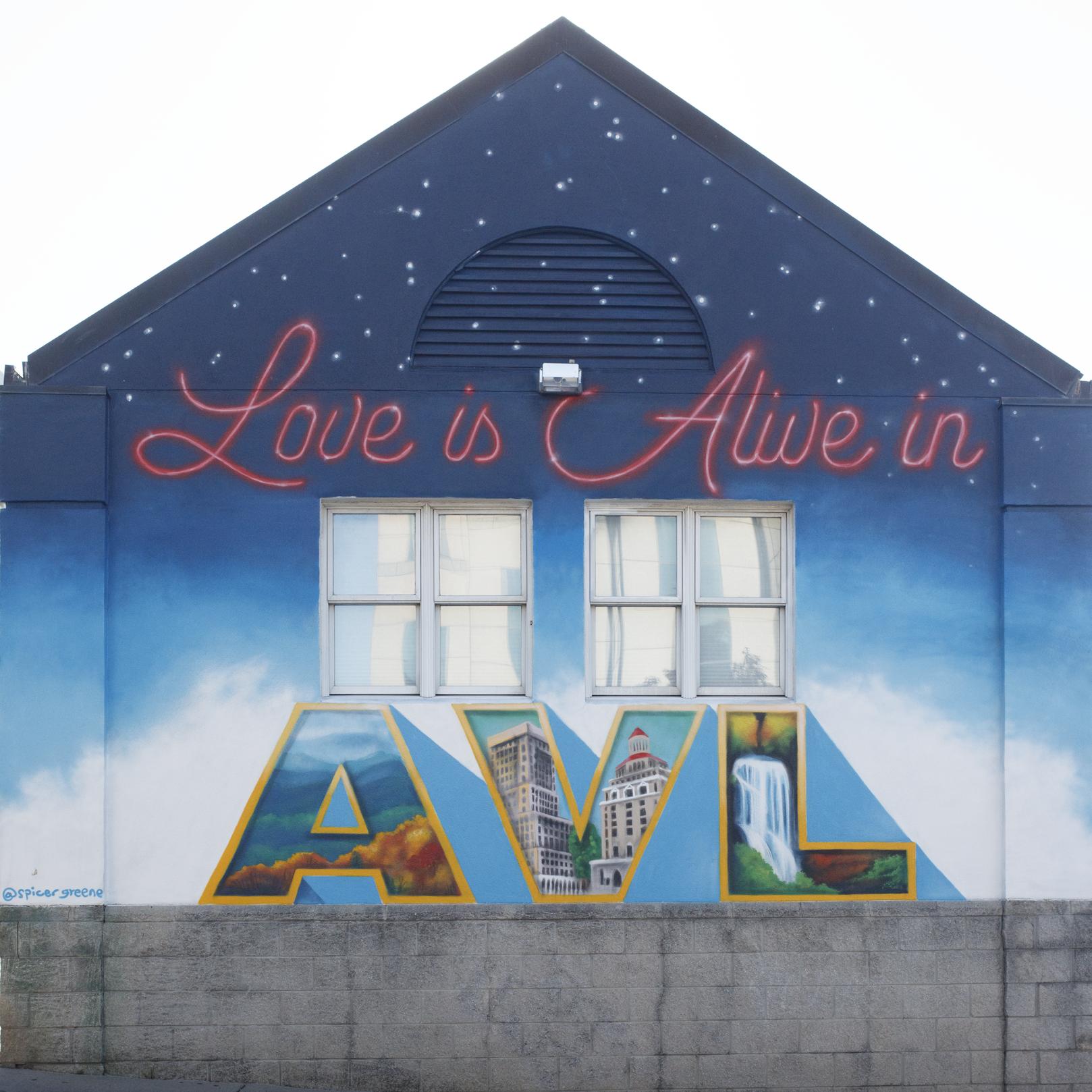
Artist Ian Wilkinson’s beautiful paintings can be seen all through the arts district. This mural was commissioned by Spicer Greene Jewelers

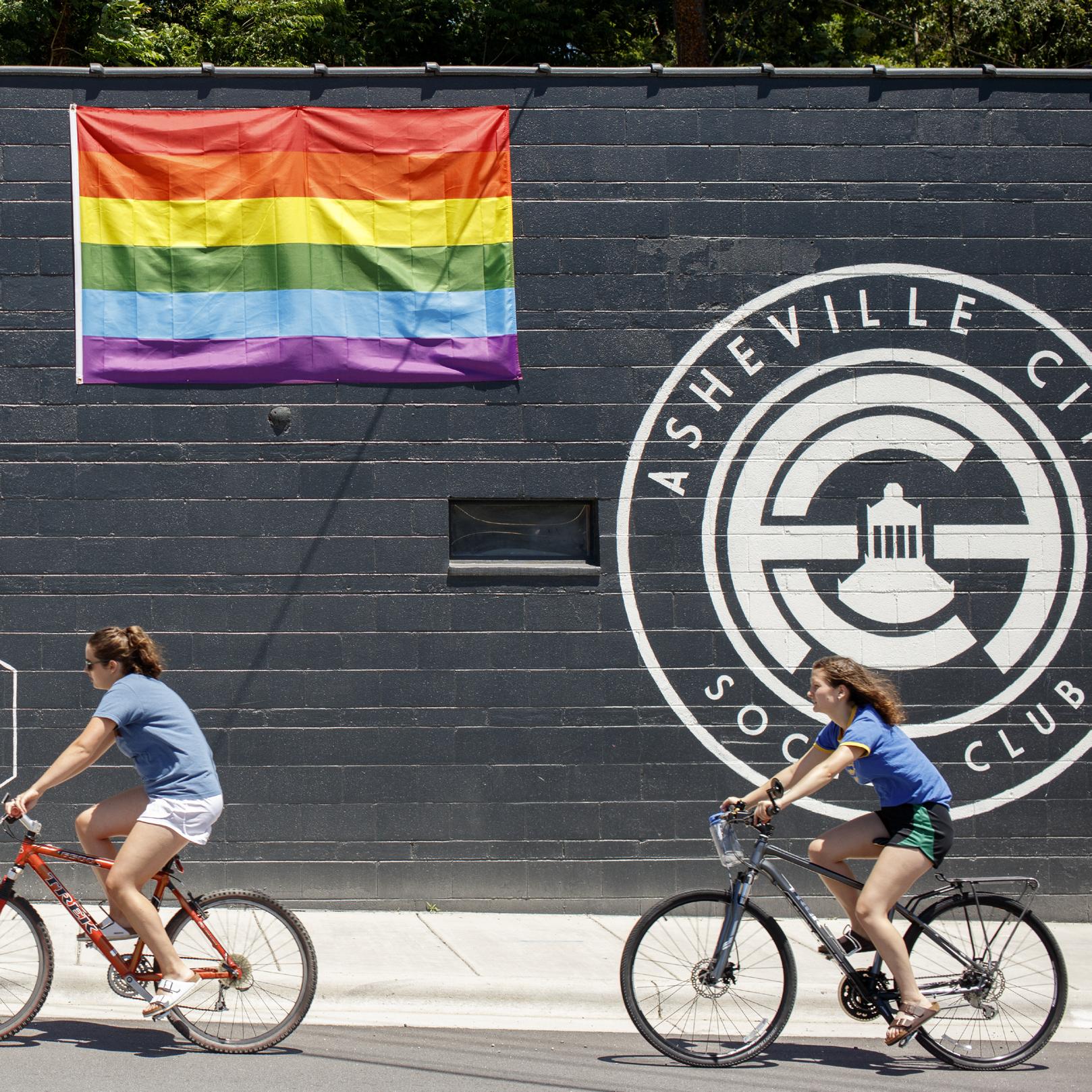
Cruising around the River arts district makes your eyes wander. There are colors and murals around every corner. You can find ceramics, photographs, murals, flags, and hearty bike lanes along the river.
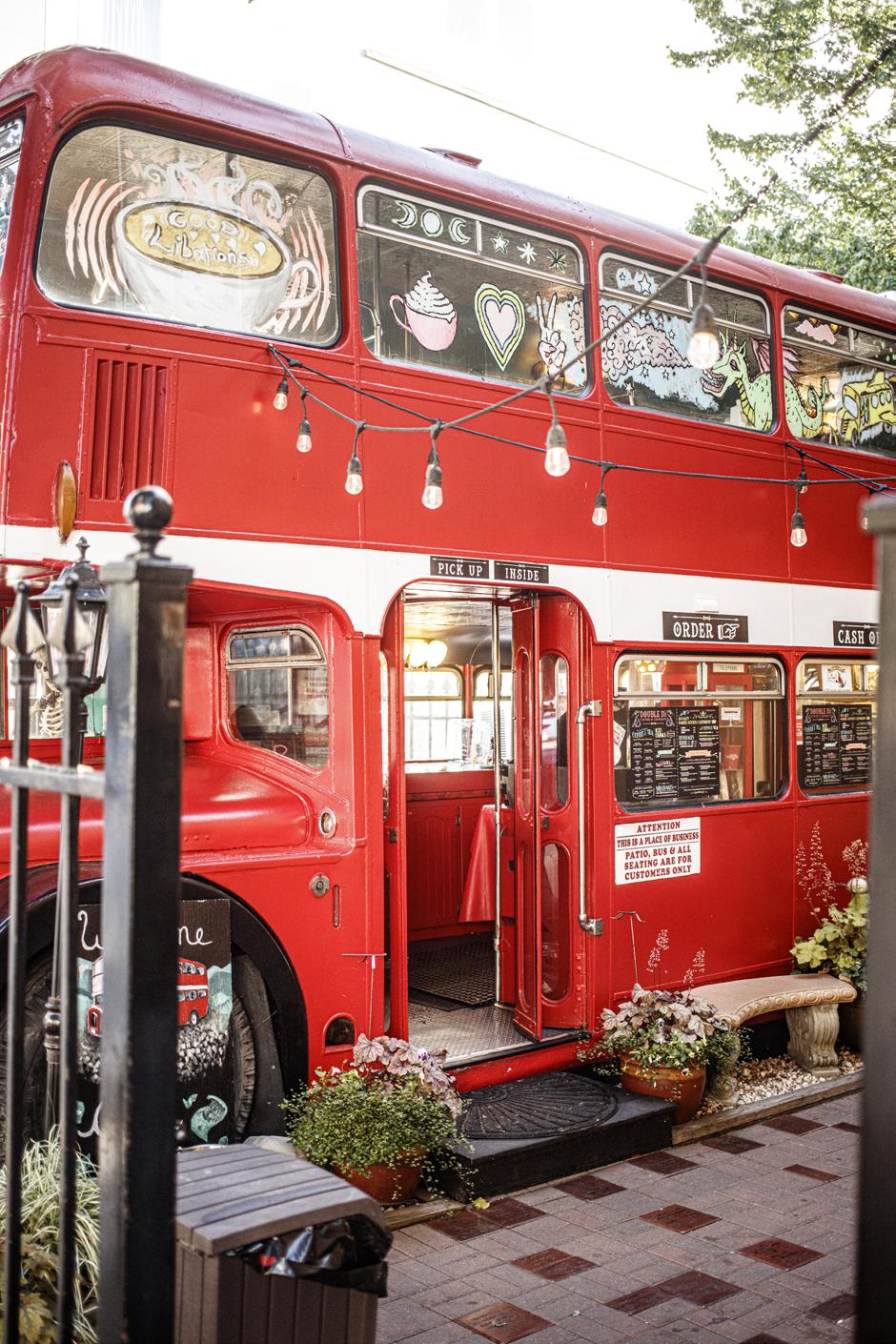
I found this tidy little mural tucked in the courtyard of a coffee shop in Black Mountain. You’ll never have to look long for a coffee around Asheville.
This 1970s English double-decker made its way stateside in the 1990s. Today it houses Double D’s Coffee and Desserts.

